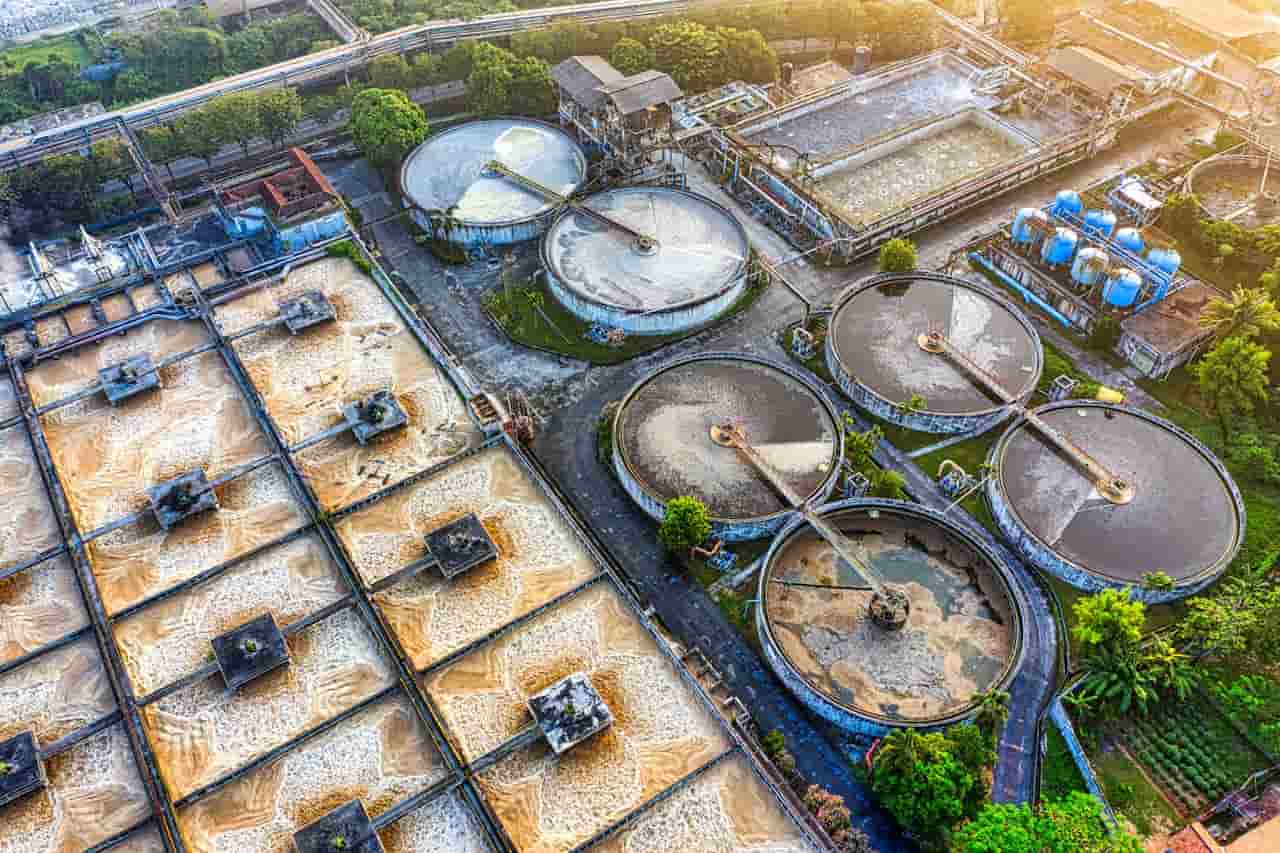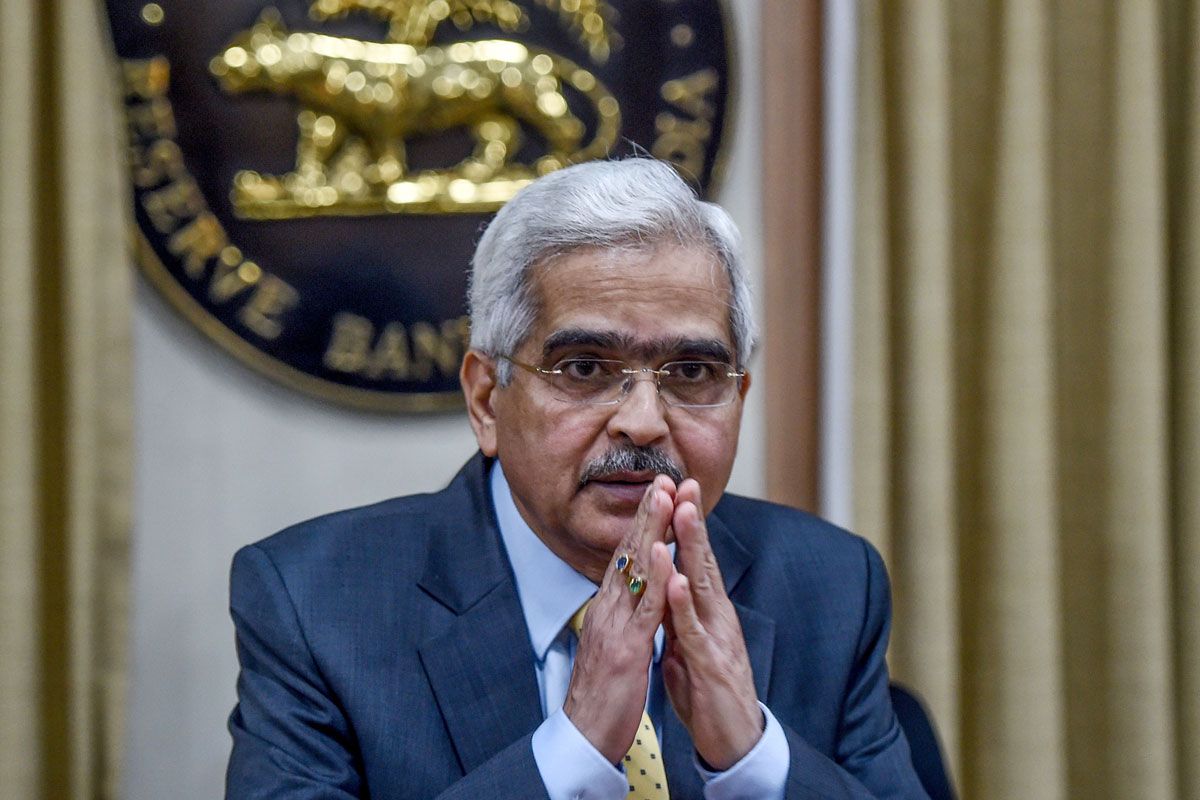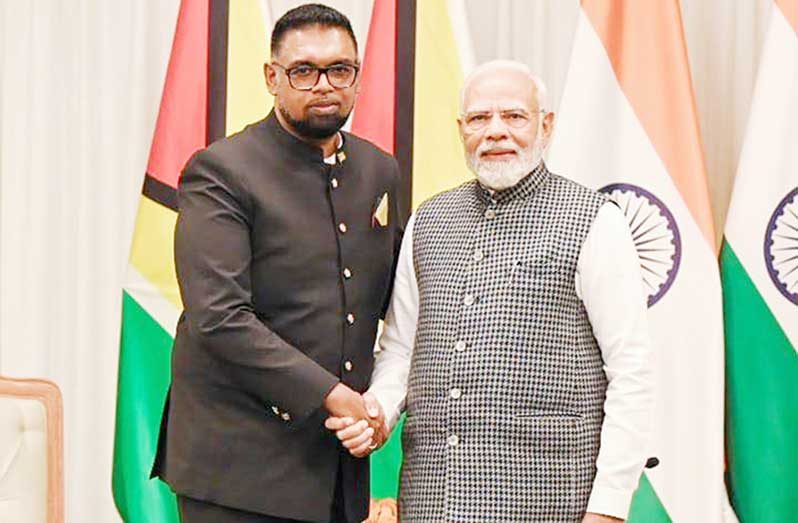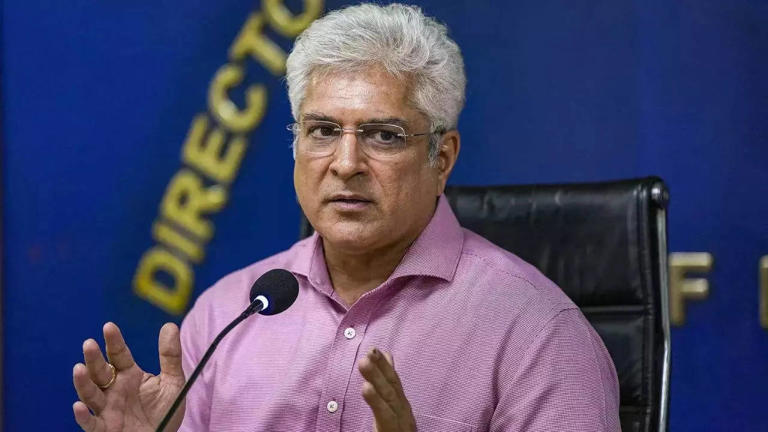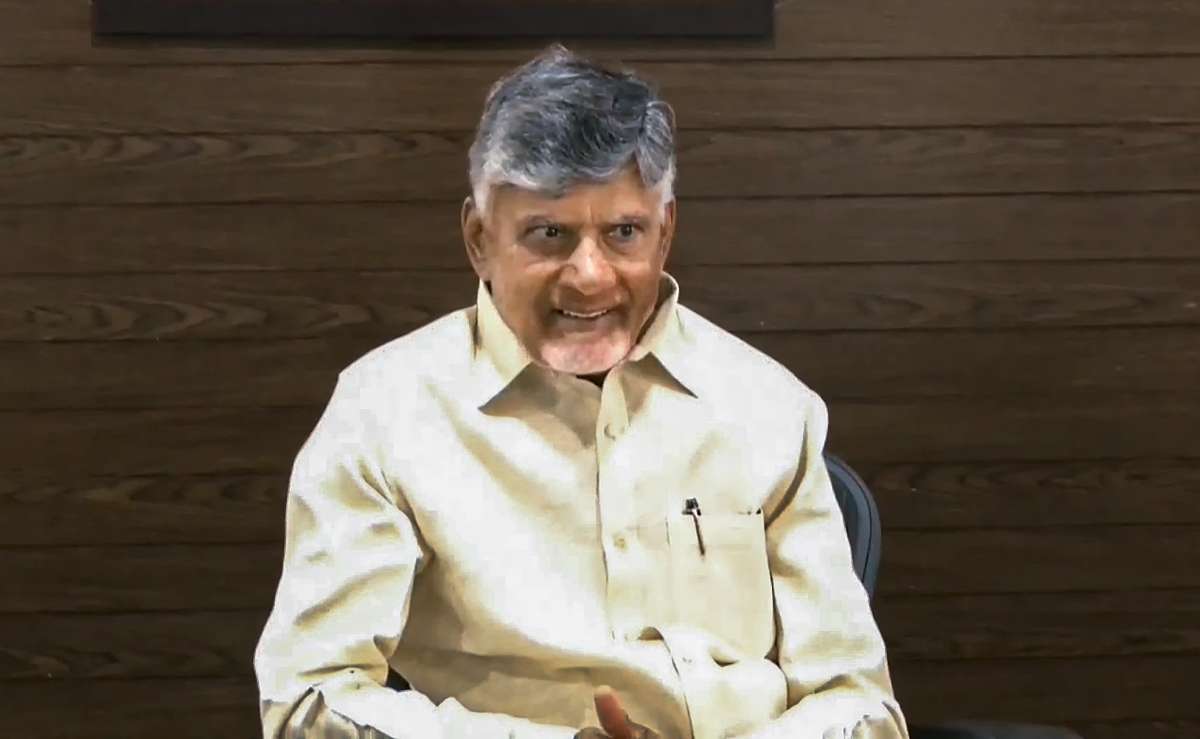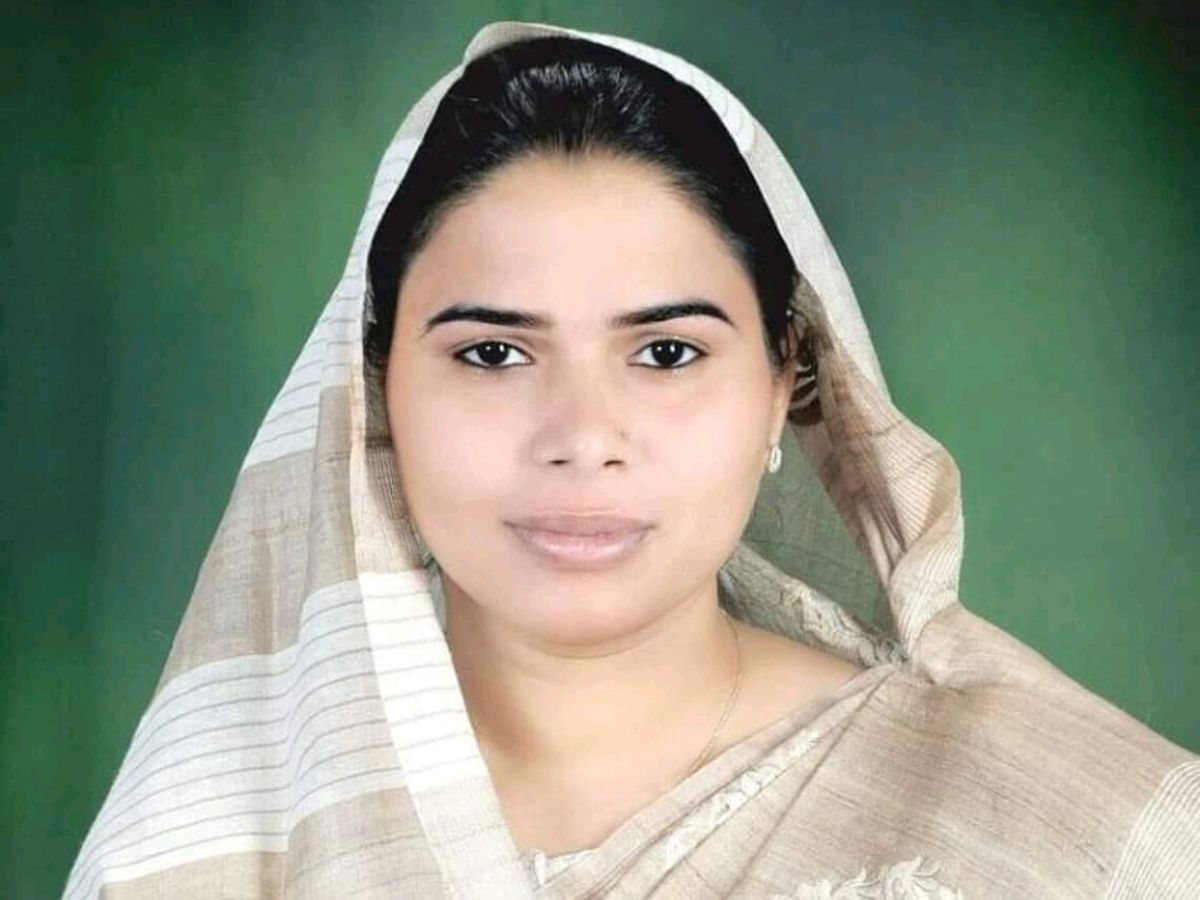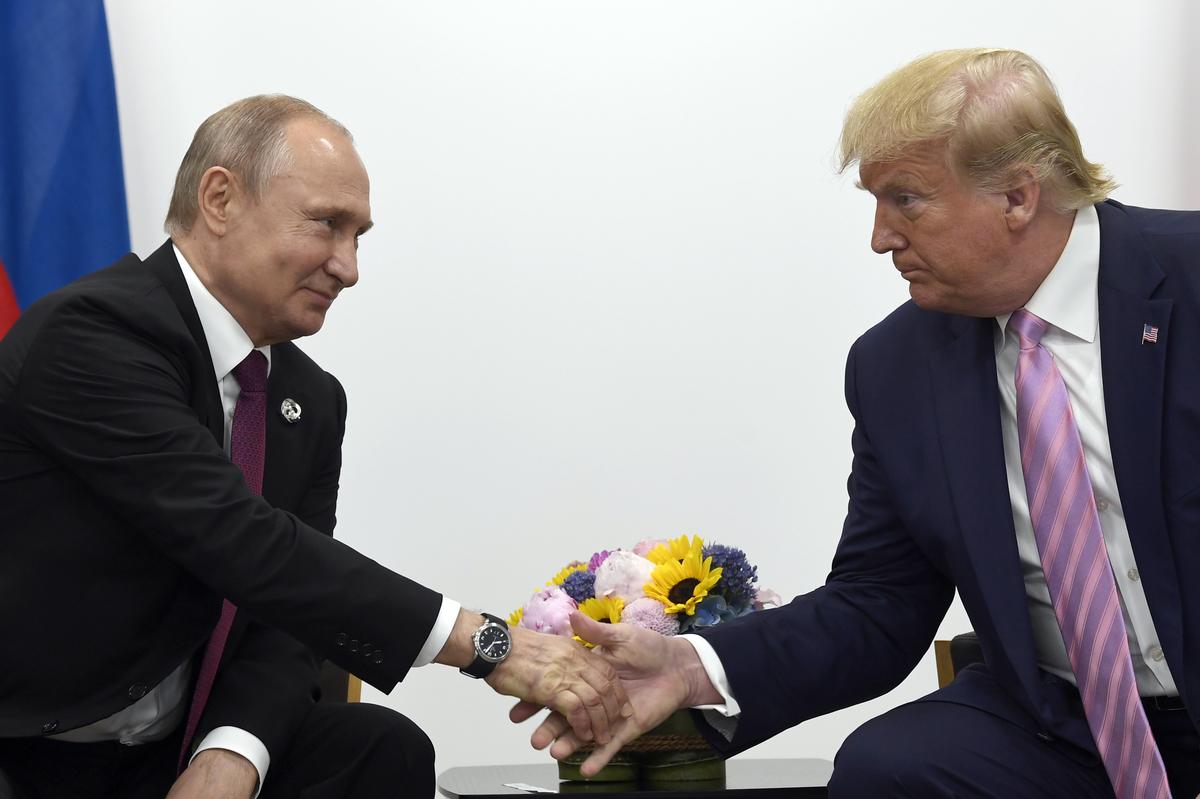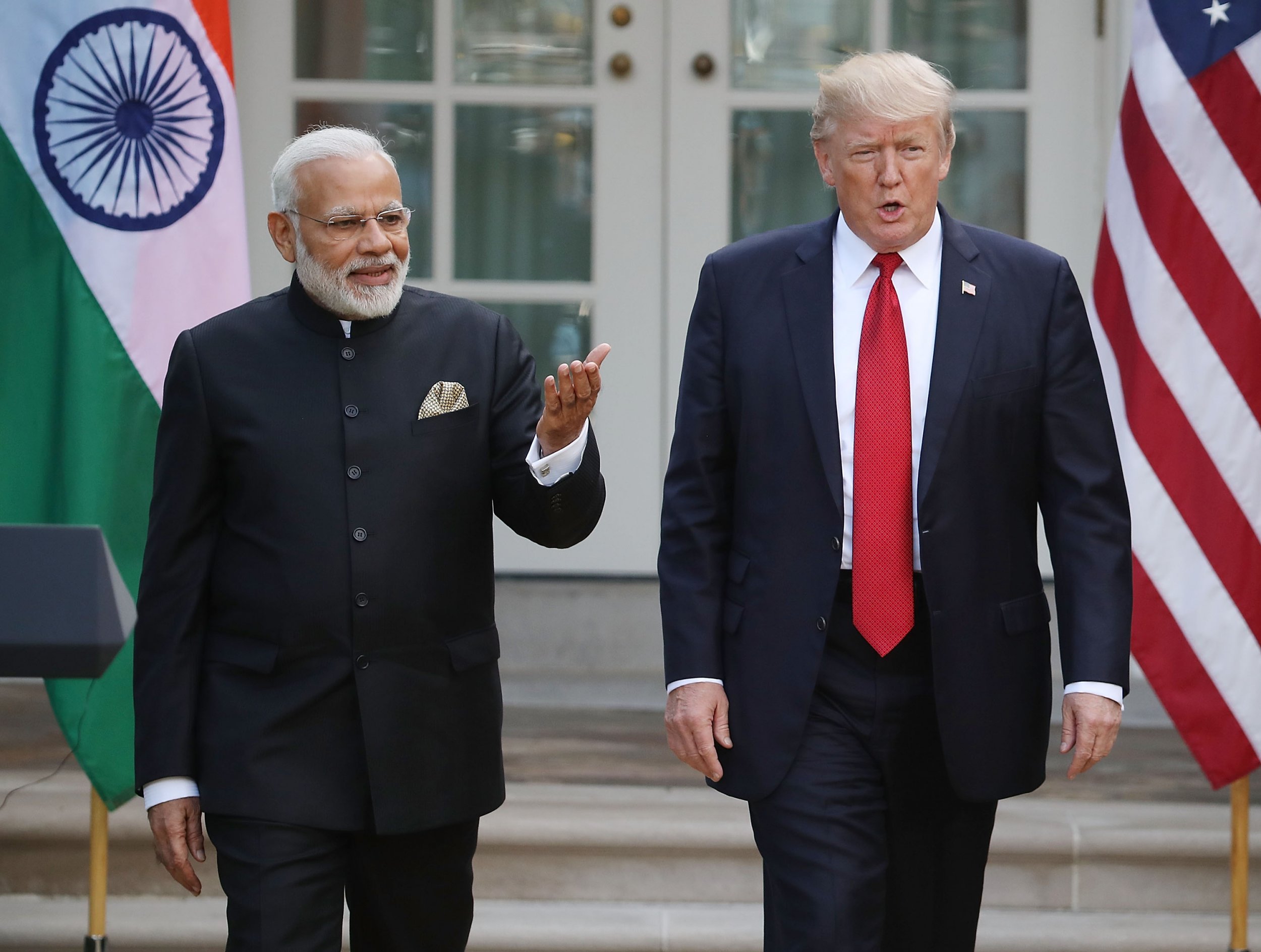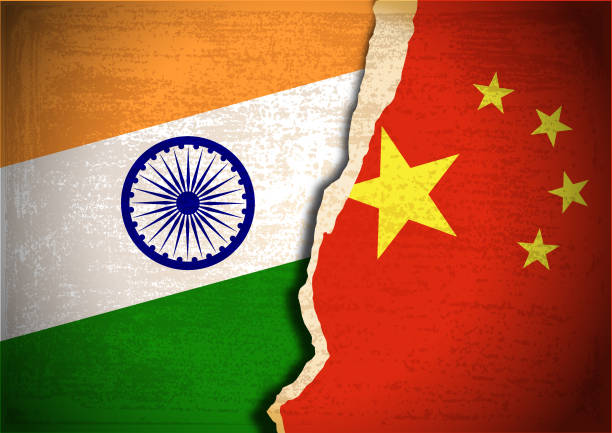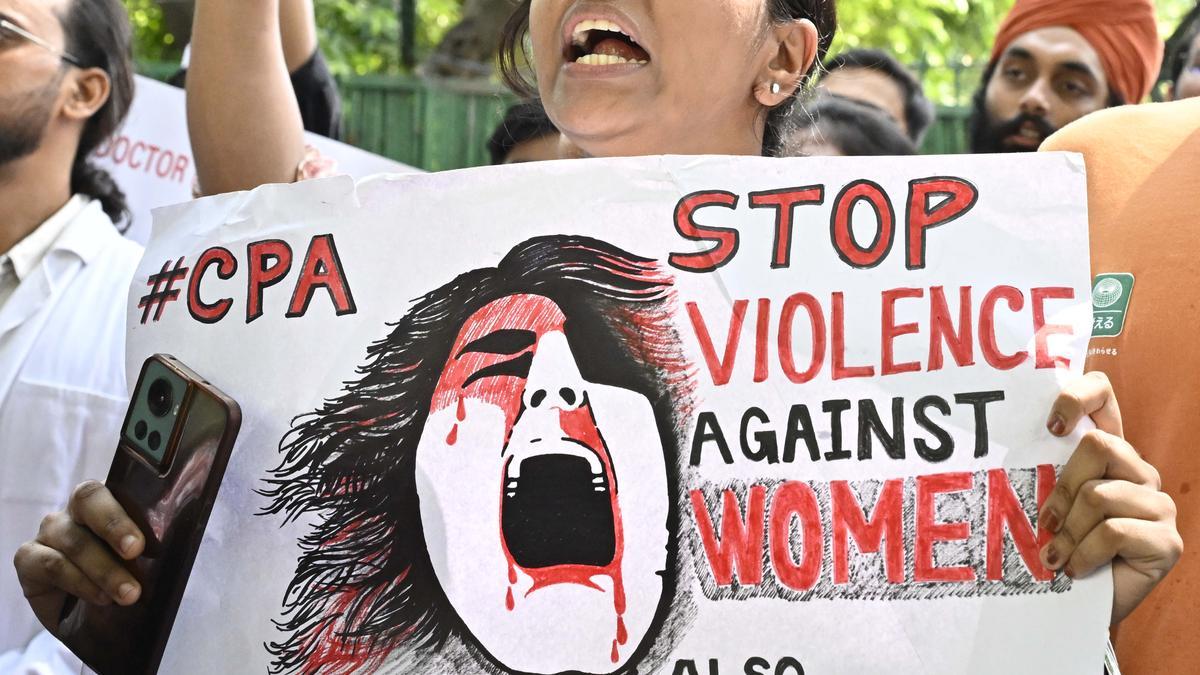Home / art-and-culture / Sikkim's Rich Cultural Tapestry: A Living Tribute to Human Rights and Tradition
Sikkim's Rich Cultural Tapestry: A Living Tribute to Human Rights and Tradition
By: My India Times
3 minutes read 26Updated At: 2024-12-12
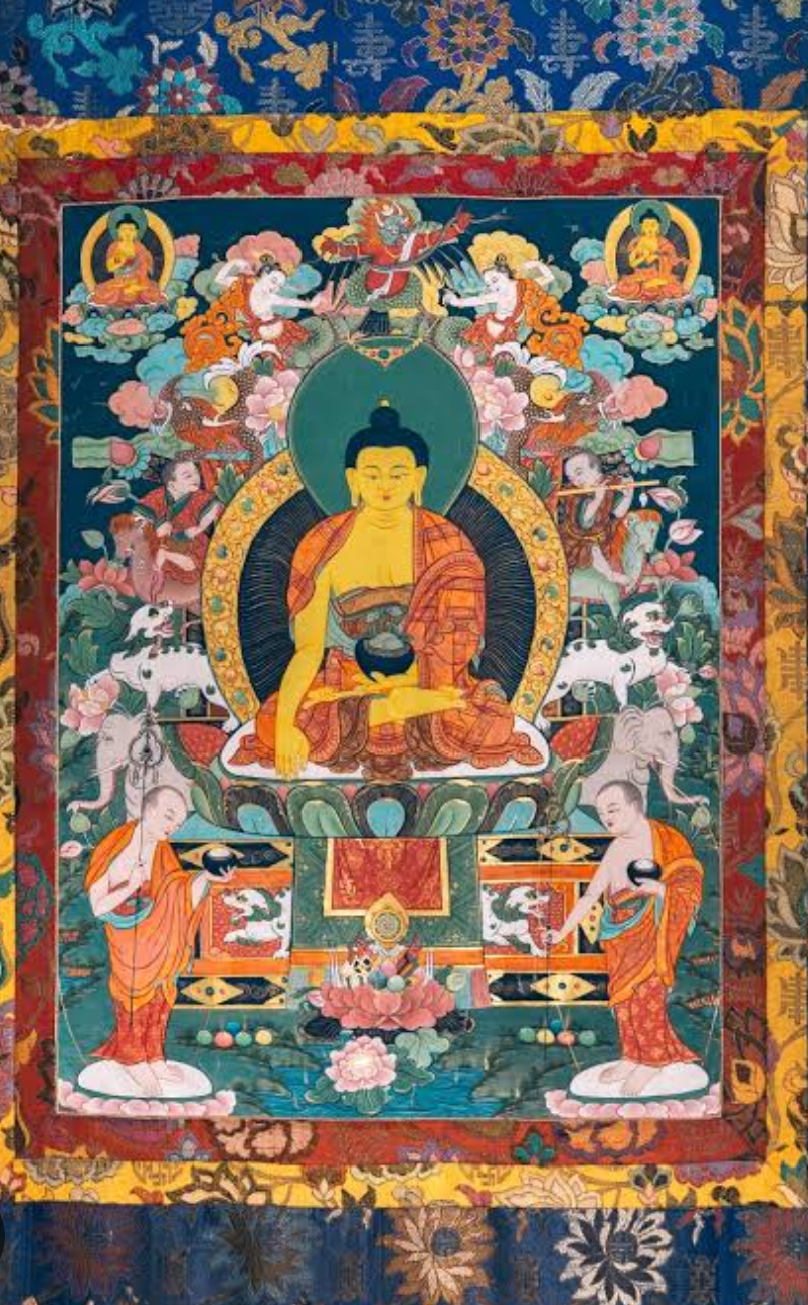
Sikkim's Cultural Diversity: A Story of Human Rights, Tradition, and Empowerment
Sikkim, a small yet culturally rich state nestled in the northeastern Himalayas, is home to a unique blend of traditions and art forms that emphasize the value of community, human rights, and spiritual diversity. This melting pot of cultures, from the indigenous Lepcha and Bhutia communities to the Nepali diaspora, stands as a living testament to coexistence, respect for human rights, and the protection of cultural heritage.
Folk Dance: Celebrating Human Connection and Expression
In Sikkim, folk dances are not just a form of entertainment, but a reflection of human rights in practice. These dances, performed during festivals, celebrate the rights of individuals to express their culture, beliefs, and stories. The dances are often symbolic of the connection between humans, nature, and spirituality, and are performed to honor agriculture, seasonal changes, and deities. The freedom to express one's culture through art is a fundamental human right, and Sikkim’s folk dances preserve these important traditions.
Thangka Art: Preserving Religious Freedom and Identity
Thangka paintings, a revered Tibetan Buddhist art form, are more than mere artwork—they are an embodiment of the human right to religious freedom. This religious art is deeply woven into the culture of Sikkim, with vibrant colors and gold dust illustrating the stories of faith, spiritual practice, and cultural continuity. Thangkas are paraded during festivals like Saga Dawa and Losar, representing not only the divine but also the collective cultural rights of the Sikkimese people to celebrate their beliefs in peace and harmony.
Masks: Art as a Tool for Empowerment
Mask-making in Sikkim is an intricate art that goes beyond decoration. It is an essential tool for religious and cultural expression. Through the creation and use of masks during festivals, Sikkimese people assert their right to self-expression and cultural preservation. The masks, representing deities and mythical figures, play a central role in spiritual celebrations, enabling marginalized communities to reclaim their narratives and identities through art.
Traditional Attire: A Celebration of Identity and Equality
Sikkim’s traditional attire, especially among the Lepcha people, is a powerful symbol of identity and human dignity. The “Thakro” cloak, “Yenthatse” shirt, and “Shambo” hat are not only cultural markers but also a manifestation of the freedom to maintain and promote indigenous identity in the face of globalization. This traditional attire underscores the importance of recognizing the human rights of indigenous communities to preserve their heritage without fear of erasure.
Cultural Harmony and Human Rights
Sikkim is a microcosm of religious and cultural harmony, where Hindu temples, Buddhist monasteries, mosques, churches, and gurudwaras coexist peacefully. This rich tapestry of beliefs highlights the state's commitment to upholding human rights, including the right to religious freedom and mutual respect. In this environment, Sikkim's diverse communities live in unity, contributing to a broader narrative of social justice and equality.
Traditional Craftsmanship: Empowering Local Communities
The traditional craftsmanship of Sikkim, from the famous Choksey tables to woolen carpets, offers both cultural enrichment and economic empowerment. These crafts are passed down through generations, ensuring that marginalized communities have the means to uphold their heritage and earn a living. This tradition demonstrates the intersection of cultural rights and economic justice, where art is not only a form of expression but also a source of empowerment.
Sikkim: A Model of Cultural Preservation and Human Rights
Sikkim's art and culture are not just symbols of tradition; they are active demonstrations of human rights in action. Through its folk dances, Thangka paintings, masks, attire, and craftsmanship, the state upholds the rights of its people to preserve and express their cultural and spiritual identities. Sikkim’s commitment to human rights, cultural preservation, and community empowerment serves as a shining example for other regions seeking to blend tradition with modernity in a way that respects and celebrates all individuals' rights.
....Sikkim's Cultural Diversity: A Story of Human Rights, Tradition, and Empowerment
Sikkim, a small yet culturally rich state nestled in the northeastern Himalayas, is home to a unique blend of traditions and art forms that emphasize the value of community, human rights, and spiritual diversity. This melting pot of cultures, from the indigenous Lepcha and Bhutia communities to the Nepali diaspora, stands as a living testament to coexistence, respect for human rights, and the protection of cultural heritage.
Folk Dance: Celebrating Human Connection and Expression
In Sikkim, folk dances are not just a form of entertainment, but a reflection of human rights in practice. These dances, performed during festivals, celebrate the rights of individuals to express their culture, beliefs, and stories. The dances are often symbolic of the connection between humans, nature, and spirituality, and are performed to honor agriculture, seasonal changes, and deities. The freedom to express one's culture through art is a fundamental human right, and Sikkim’s folk dances preserve these important traditions.
Thangka Art: Preserving Religious Freedom and Identity
Thangka paintings, a revered Tibetan Buddhist art form, are more than mere artwork—they are an embodiment of the human right to religious freedom. This religious art is deeply woven into the culture of Sikkim, with vibrant colors and gold dust illustrating the stories of faith, spiritual practice, and cultural continuity. Thangkas are paraded during festivals like Saga Dawa and Losar, representing not only the divine but also the collective cultural rights of the Sikkimese people to celebrate their beliefs in peace and harmony.
Masks: Art as a Tool for Empowerment
Mask-making in Sikkim is an intricate art that goes beyond decoration. It is an essential tool for religious and cultural expression. Through the creation and use of masks during festivals, Sikkimese people assert their right to self-expression and cultural preservation. The masks, representing deities and mythical figures, play a central role in spiritual celebrations, enabling marginalized communities to reclaim their narratives and identities through art.
Traditional Attire: A Celebration of Identity and Equality
Sikkim’s traditional attire, especially among the Lepcha people, is a powerful symbol of identity and human dignity. The “Thakro” cloak, “Yenthatse” shirt, and “Shambo” hat are not only cultural markers but also a manifestation of the freedom to maintain and promote indigenous identity in the face of globalization. This traditional attire underscores the importance of recognizing the human rights of indigenous communities to preserve their heritage without fear of erasure.
Cultural Harmony and Human Rights
Sikkim is a microcosm of religious and cultural harmony, where Hindu temples, Buddhist monasteries, mosques, churches, and gurudwaras coexist peacefully. This rich tapestry of beliefs highlights the state's commitment to upholding human rights, including the right to religious freedom and mutual respect. In this environment, Sikkim's diverse communities live in unity, contributing to a broader narrative of social justice and equality.
Traditional Craftsmanship: Empowering Local Communities
The traditional craftsmanship of Sikkim, from the famous Choksey tables to woolen carpets, offers both cultural enrichment and economic empowerment. These crafts are passed down through generations, ensuring that marginalized communities have the means to uphold their heritage and earn a living. This tradition demonstrates the intersection of cultural rights and economic justice, where art is not only a form of expression but also a source of empowerment.
Sikkim: A Model of Cultural Preservation and Human Rights
Sikkim's art and culture are not just symbols of tradition; they are active demonstrations of human rights in action. Through its folk dances, Thangka paintings, masks, attire, and craftsmanship, the state upholds the rights of its people to preserve and express their cultural and spiritual identities. Sikkim’s commitment to human rights, cultural preservation, and community empowerment serves as a shining example for other regions seeking to blend tradition with modernity in a way that respects and celebrates all individuals' rights.
By: My India Times
Updated At: 2024-12-12
Tags: art-and-culture News | My India Times News | Trending News | Travel News
Join our WhatsApp Channel

Similiar News
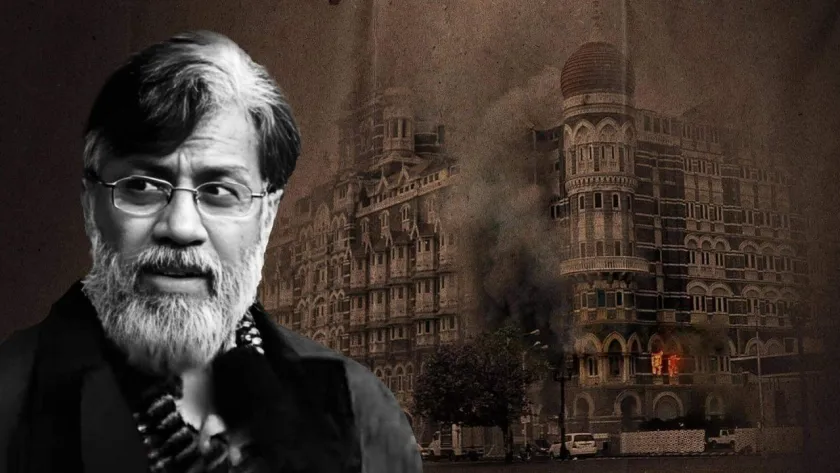
US Supreme Court Rejects 26/11 Accused Tahawwur Rana’s Plea to Block Extradition to India
2025-03-08
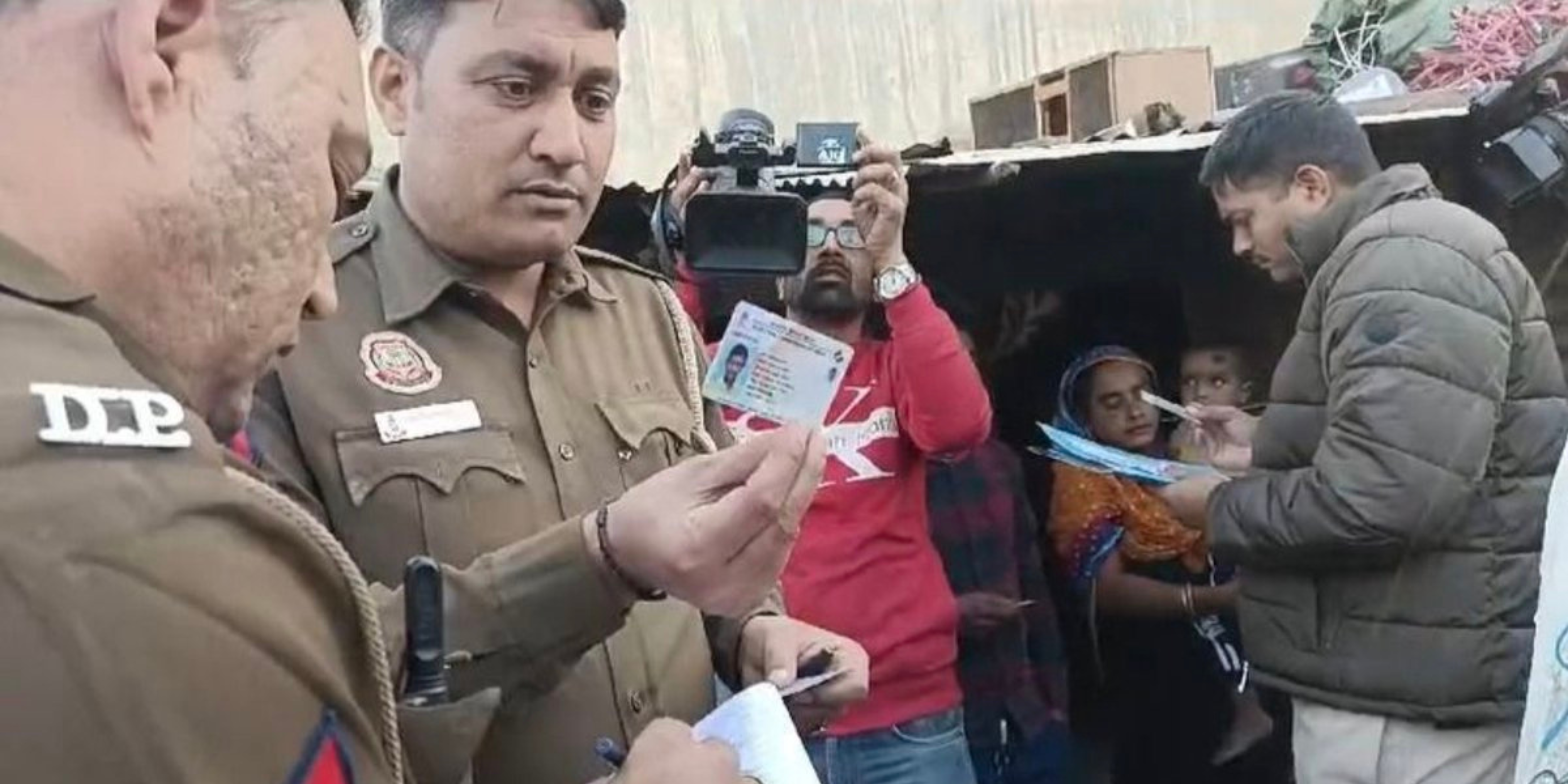


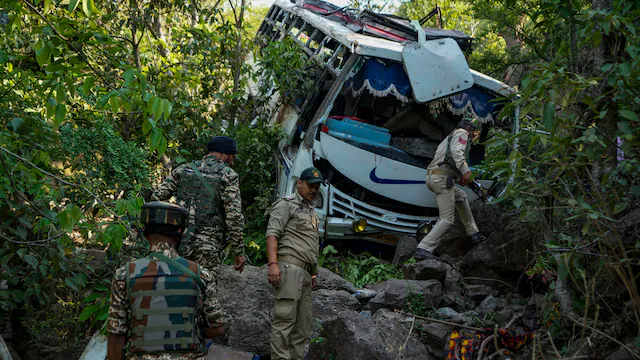



















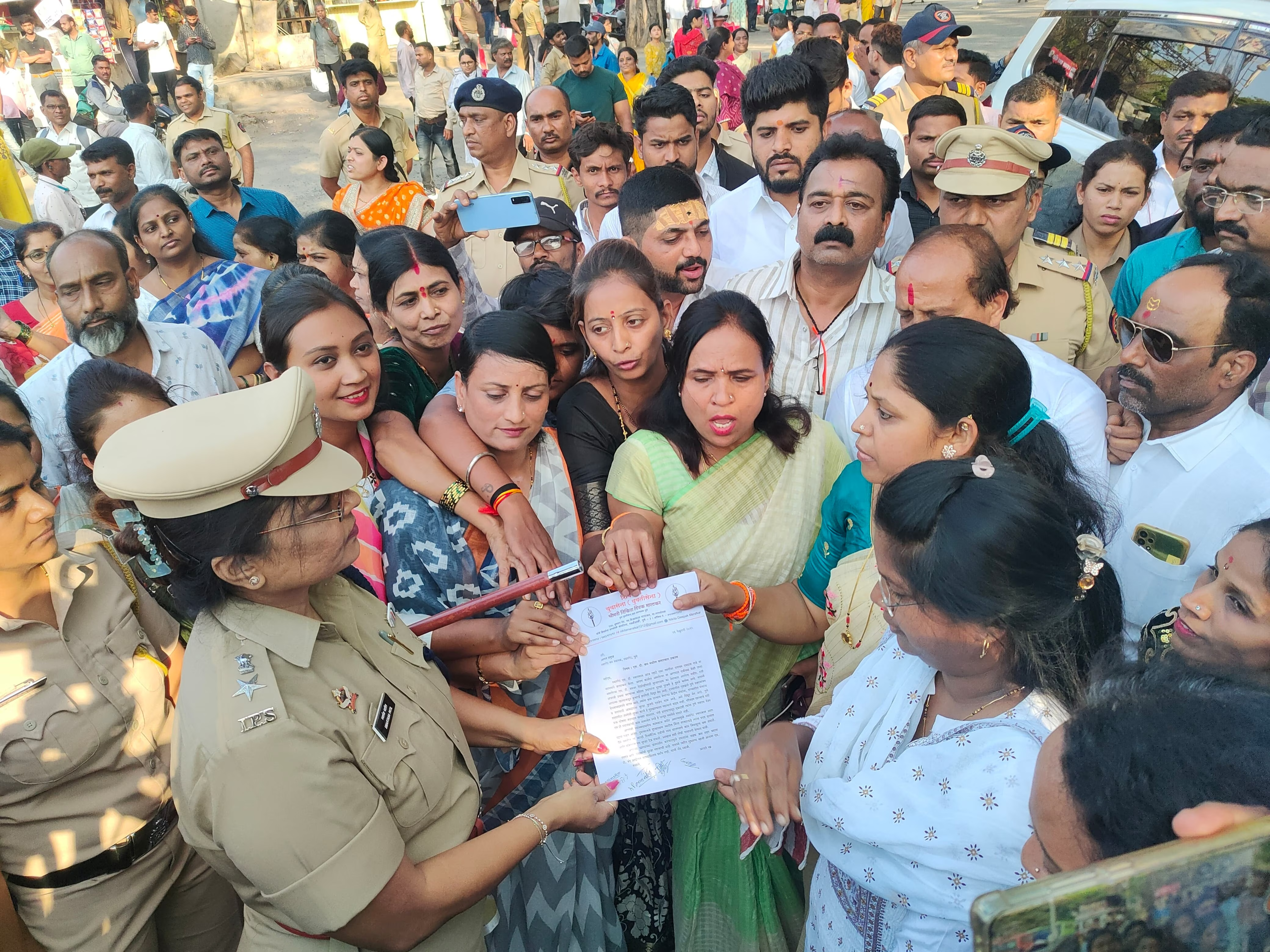

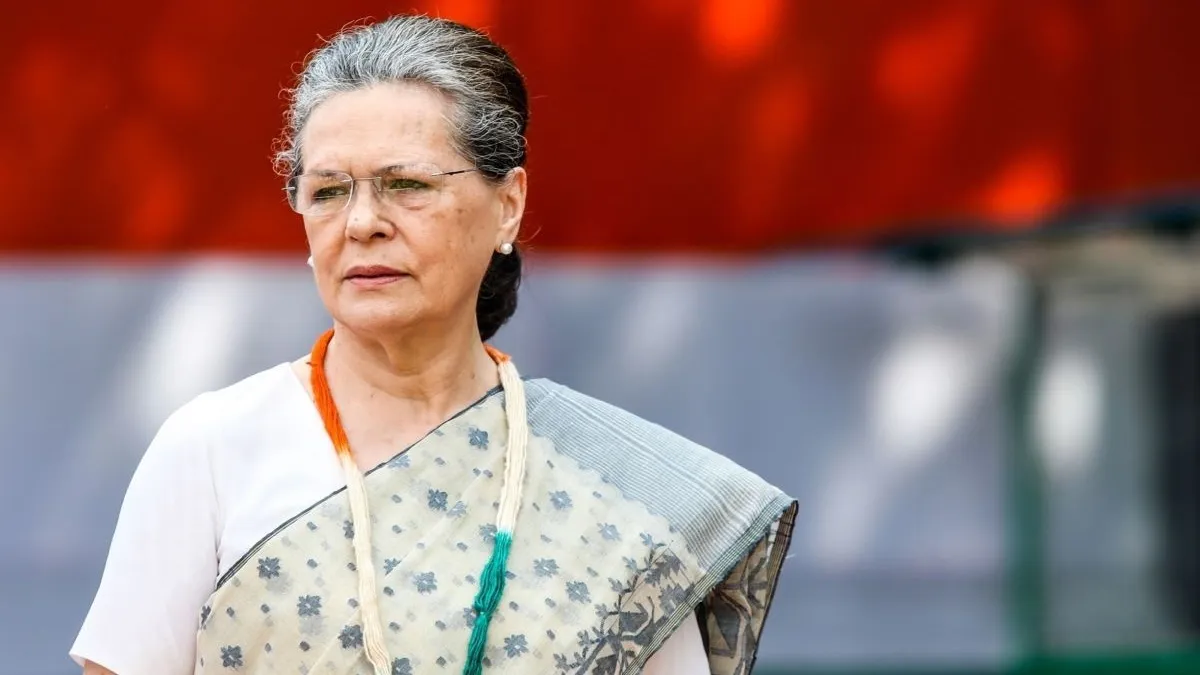
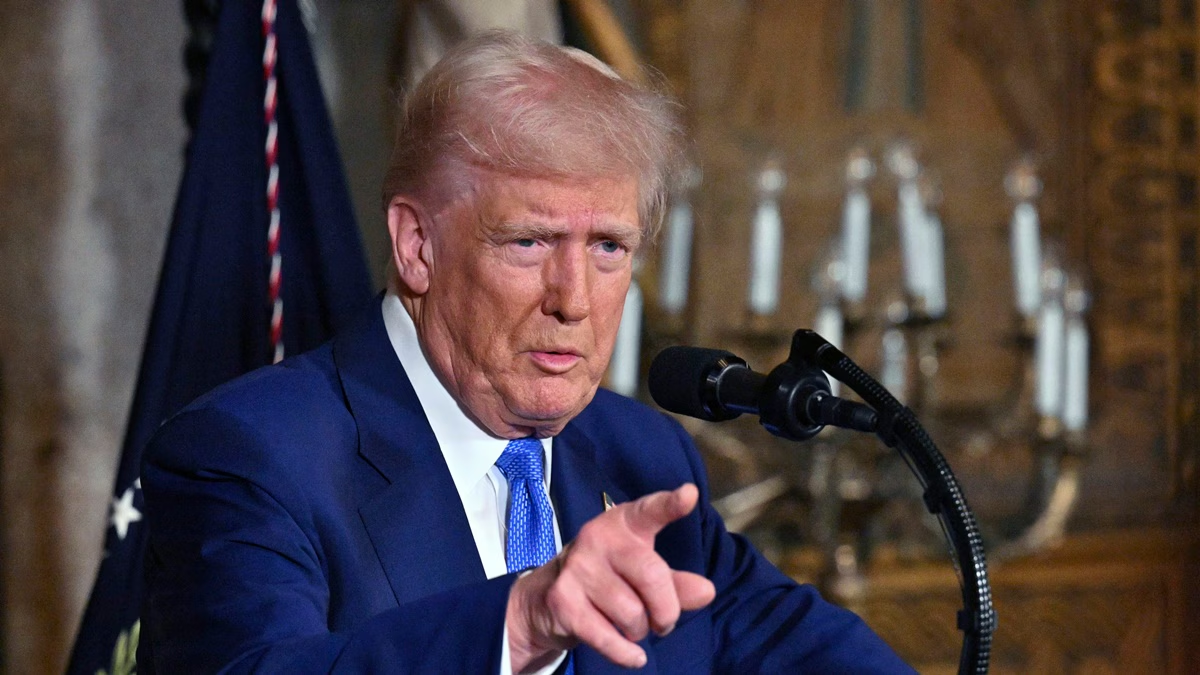
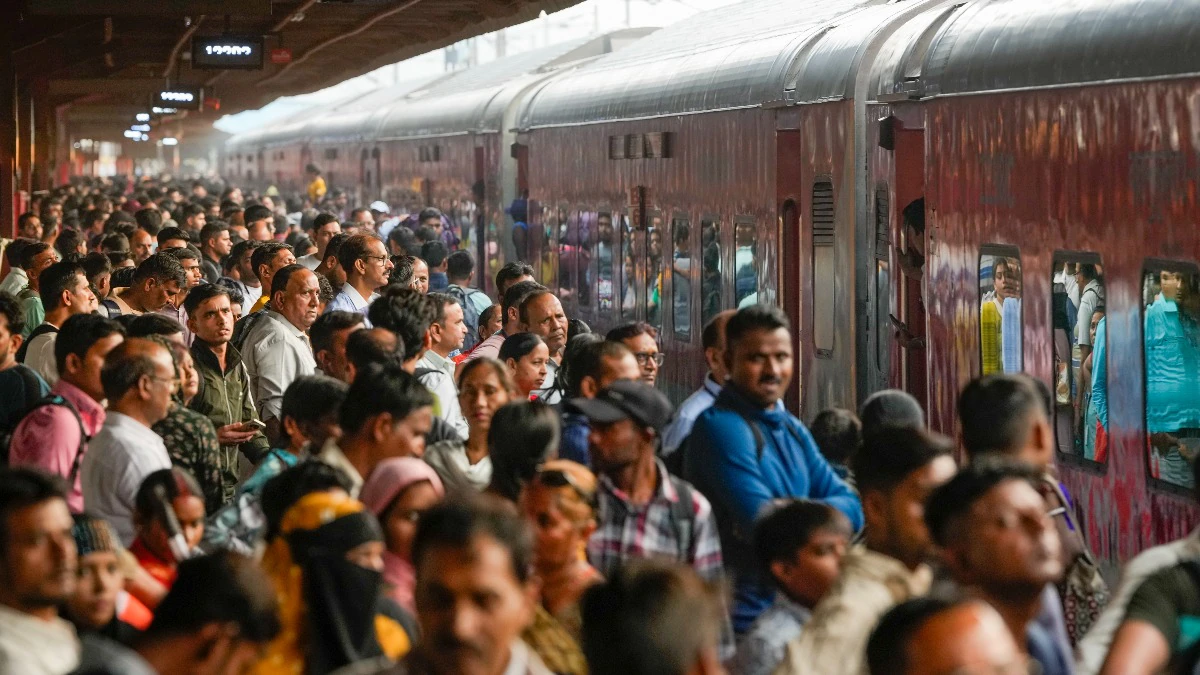
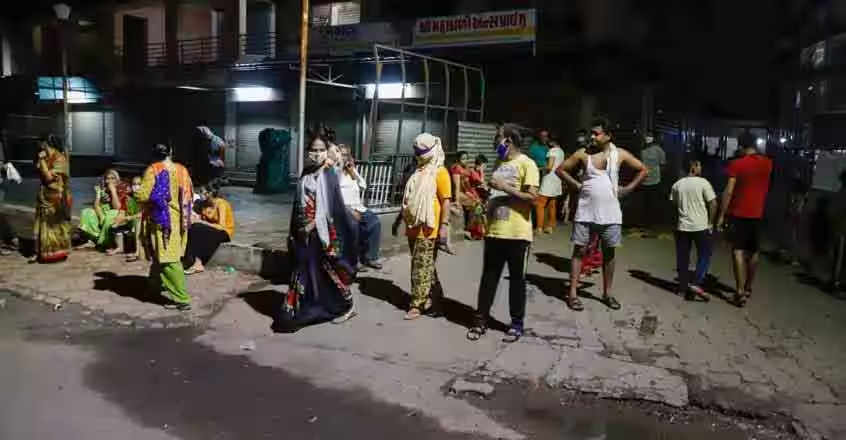













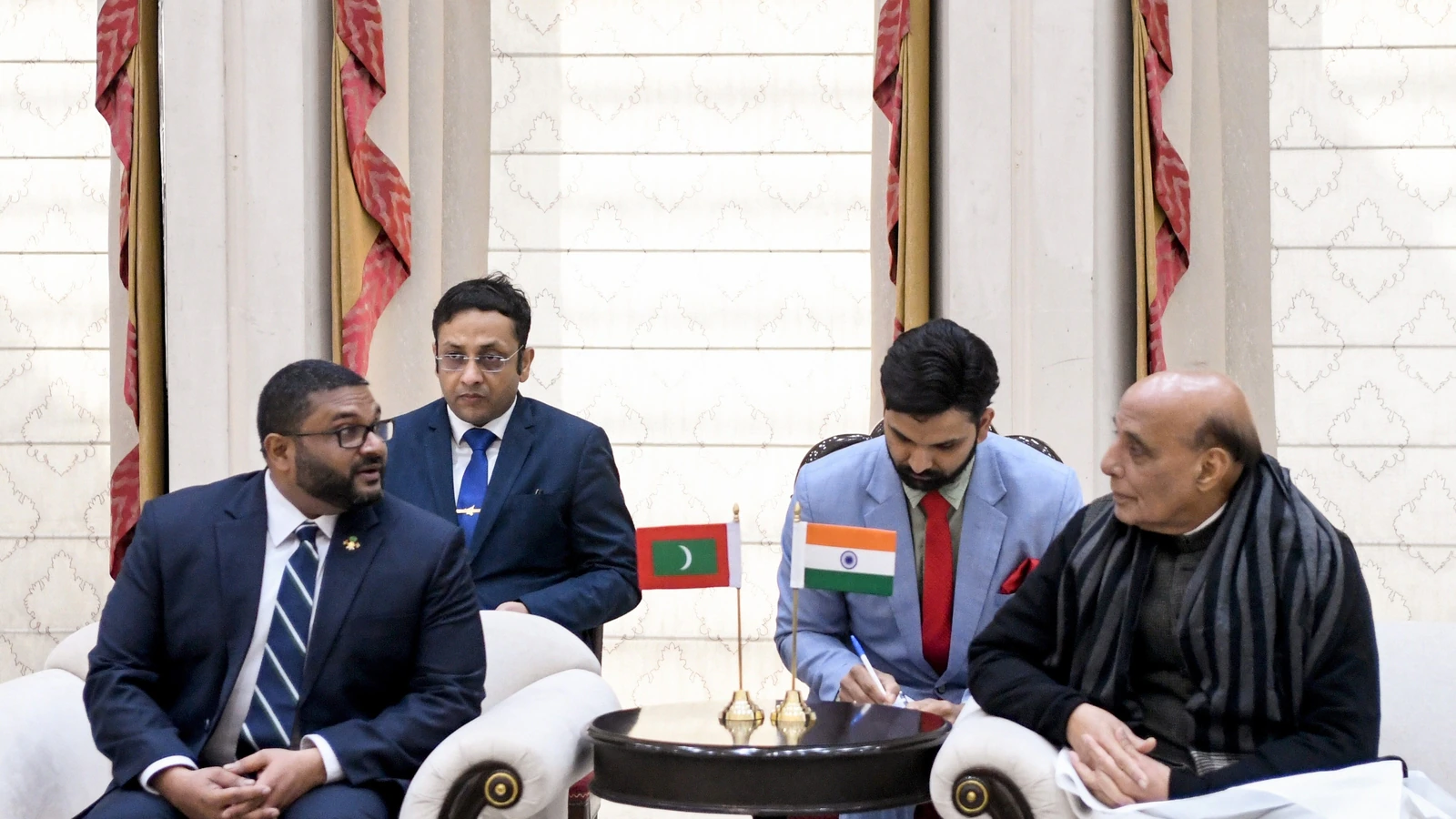

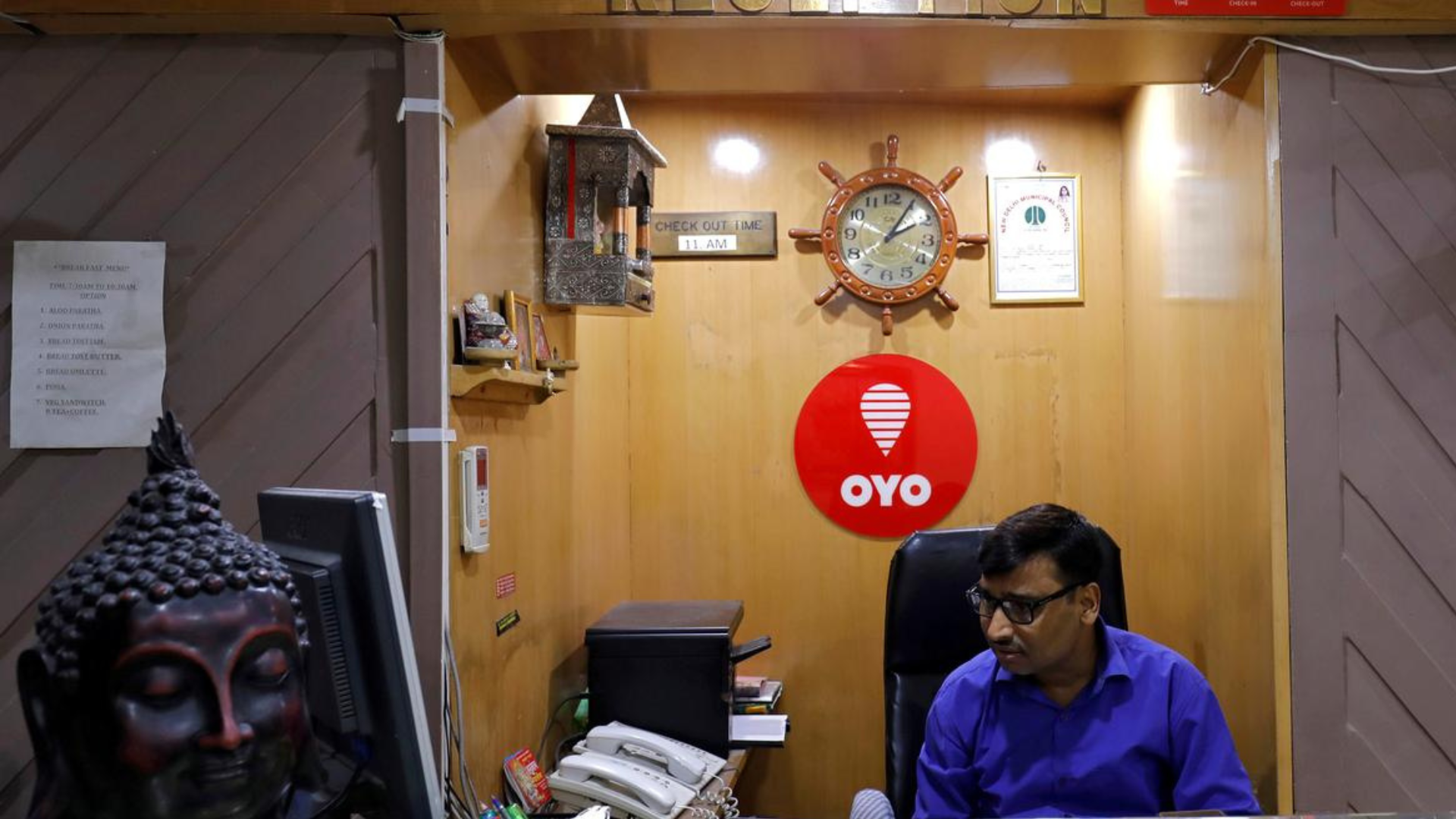

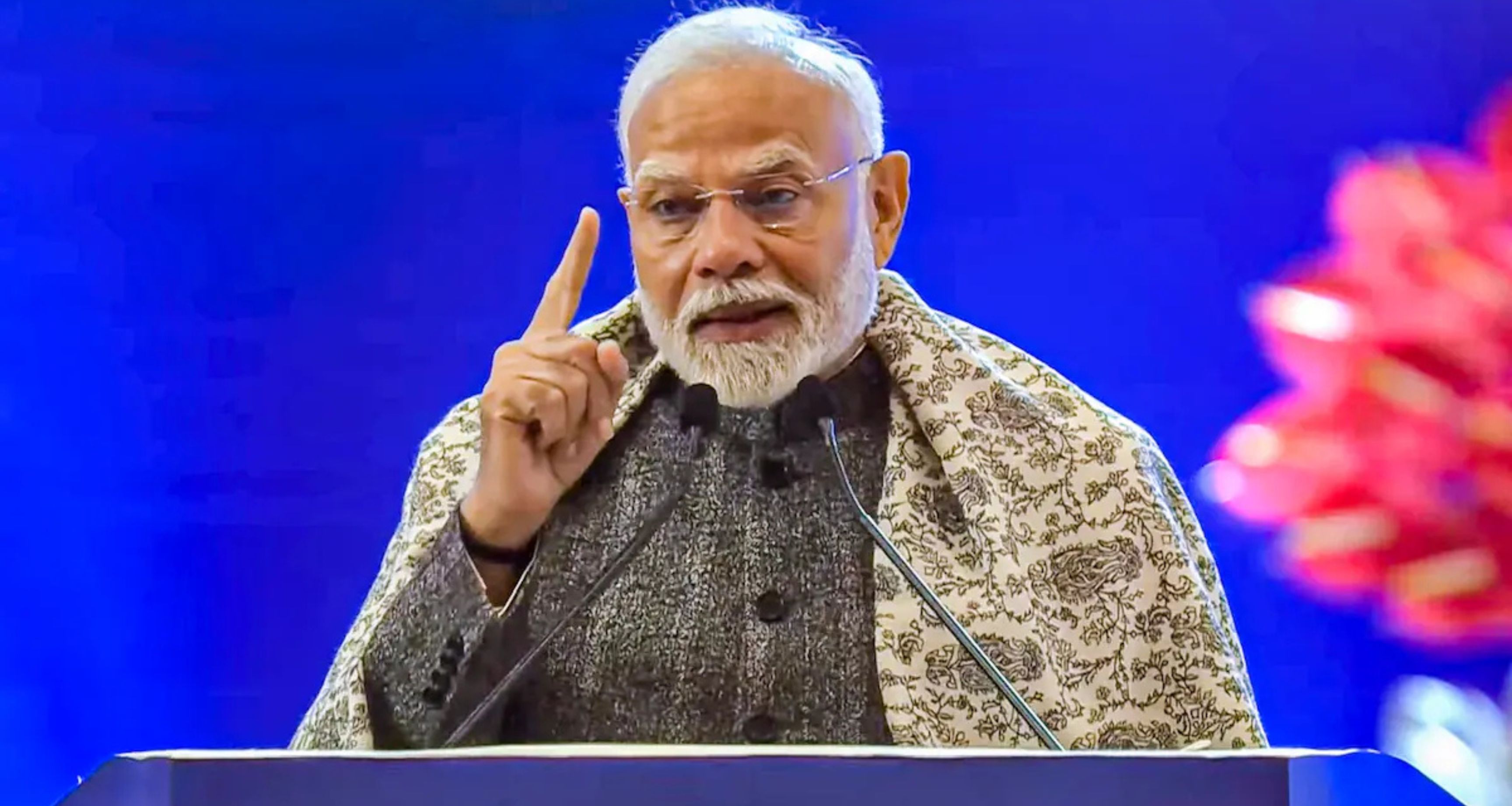
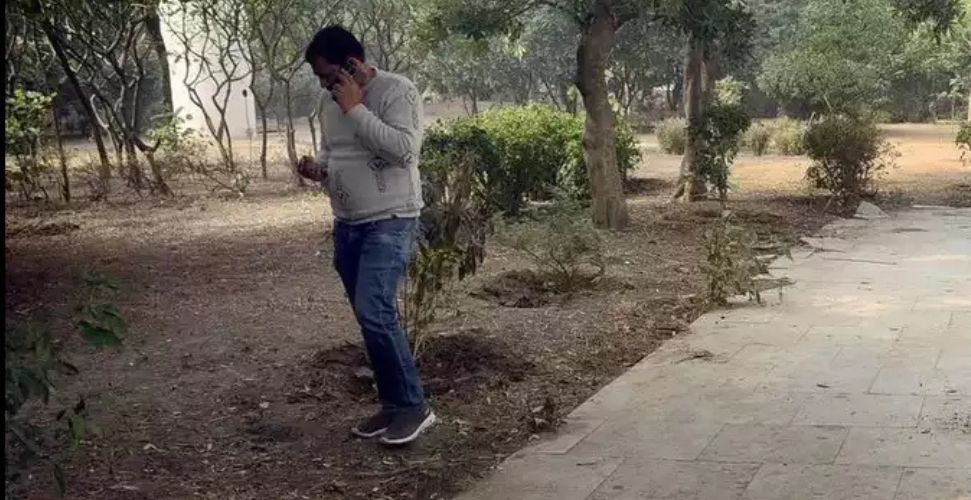

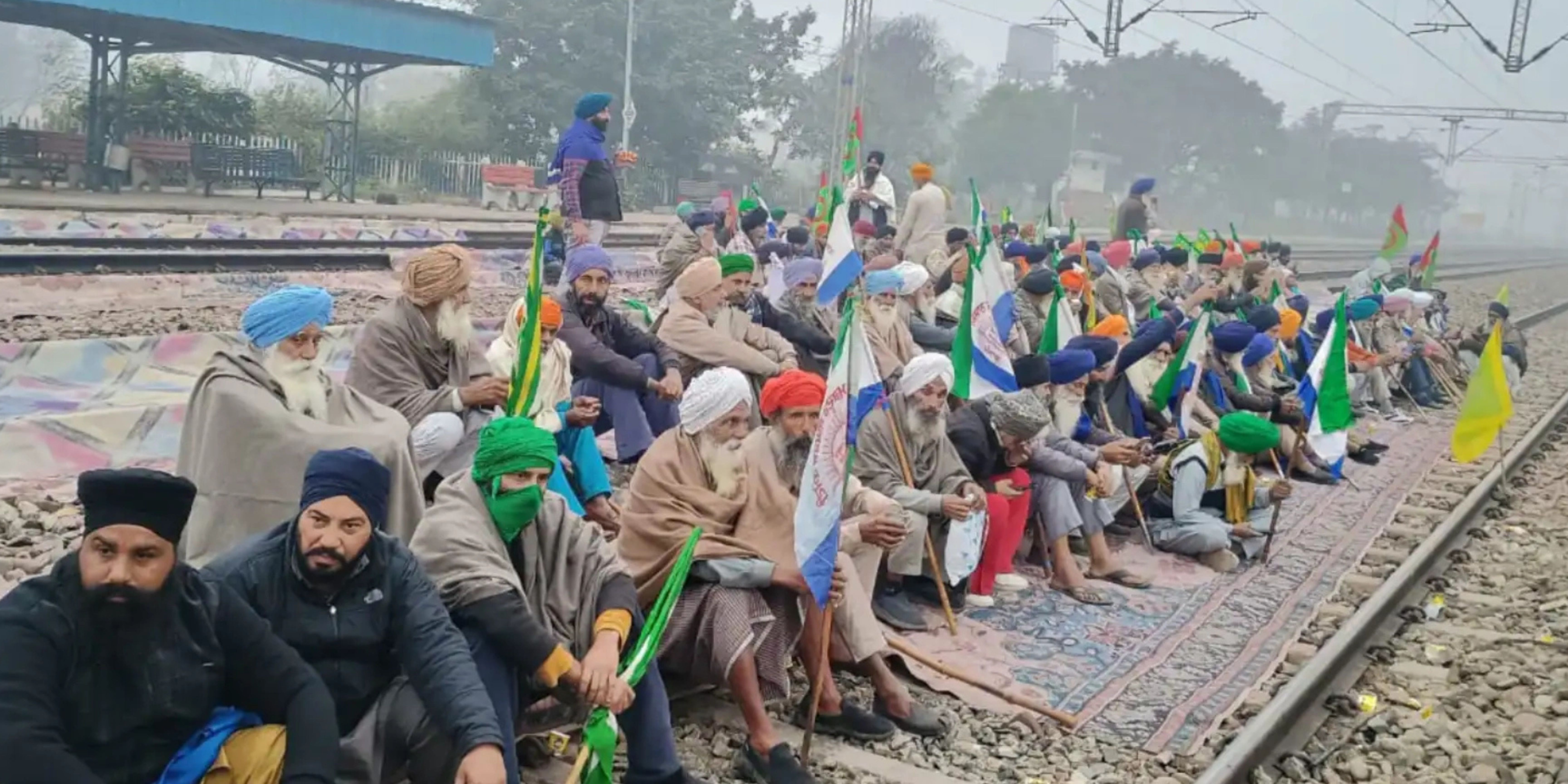
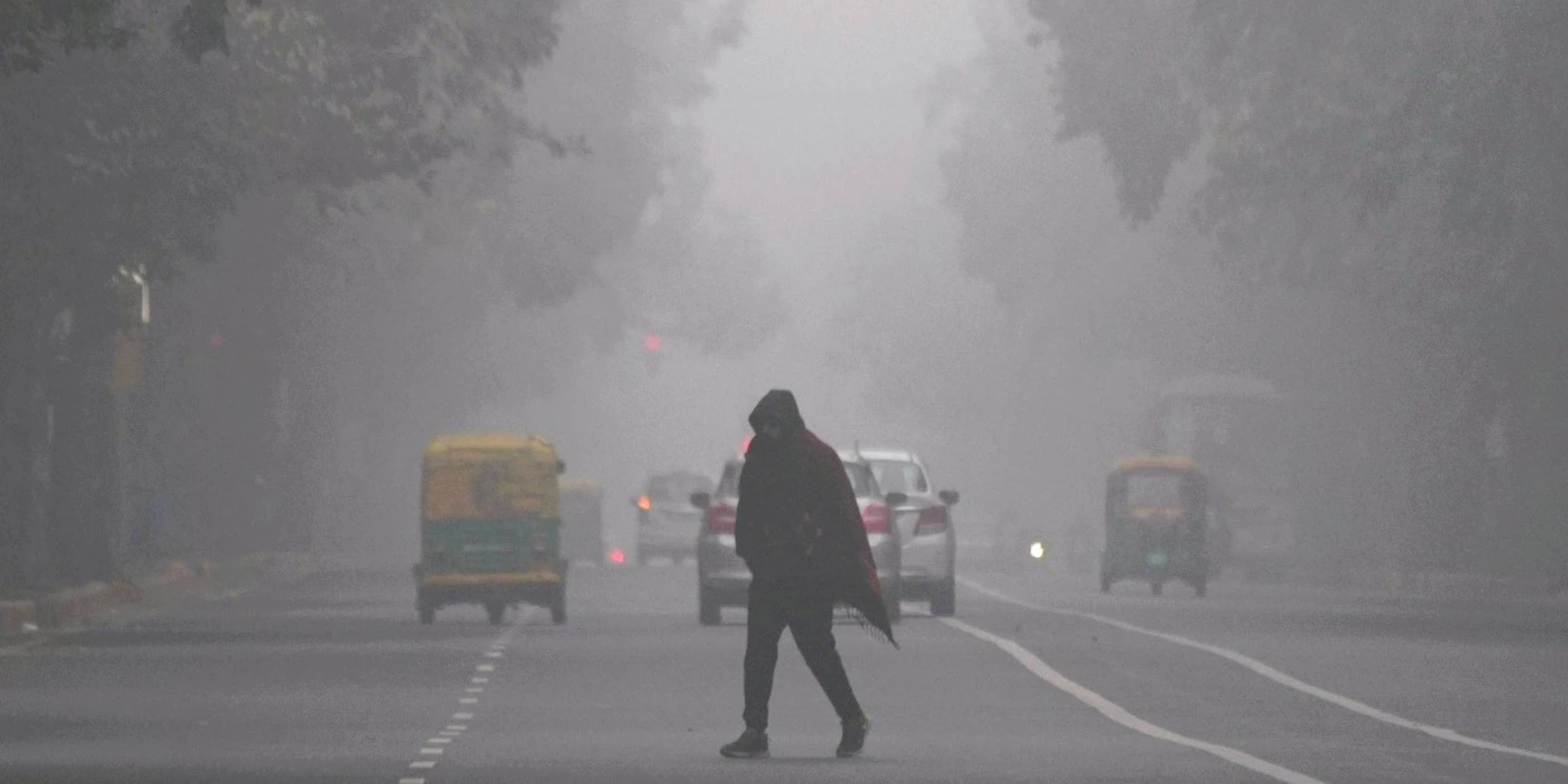


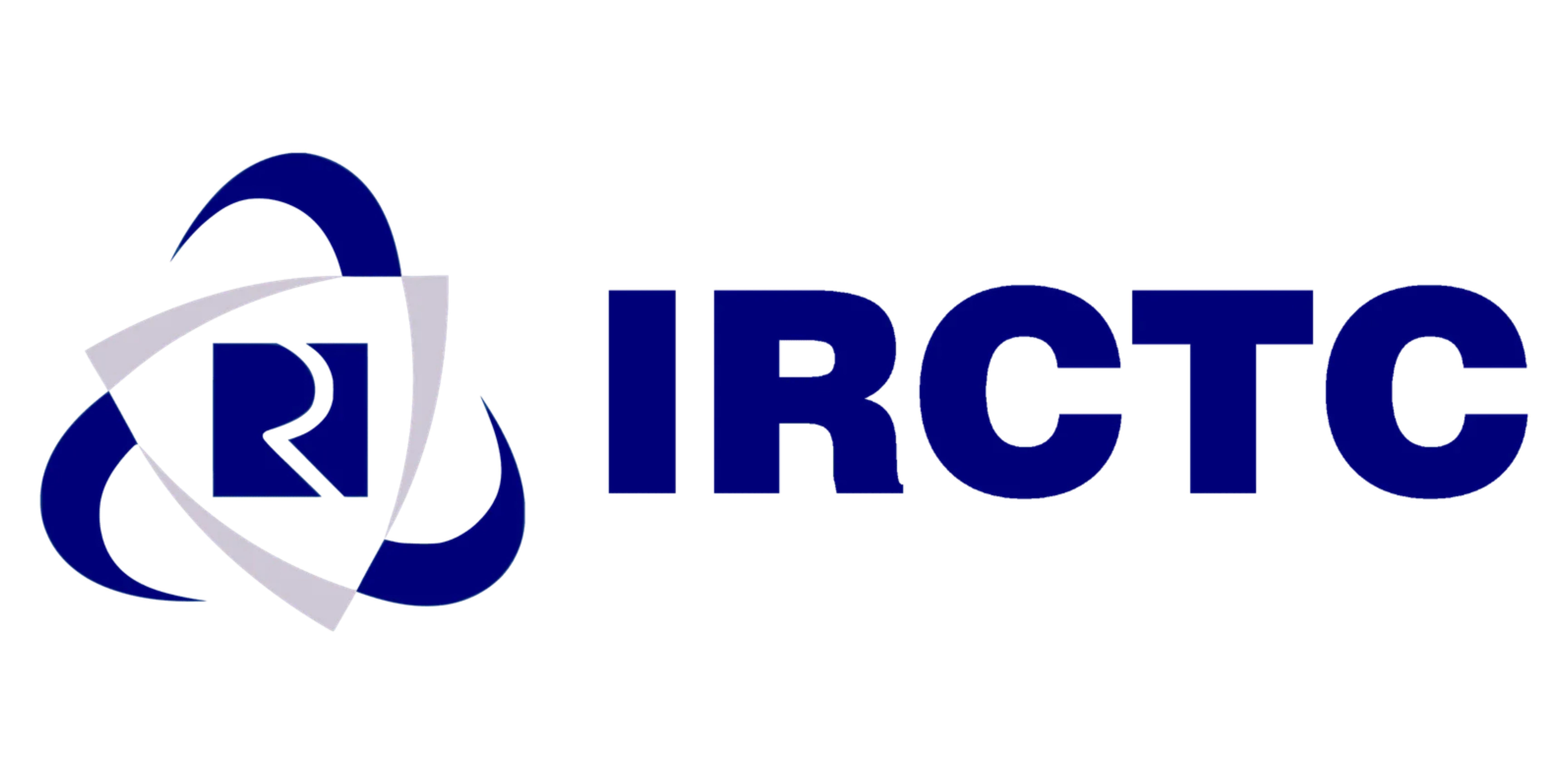

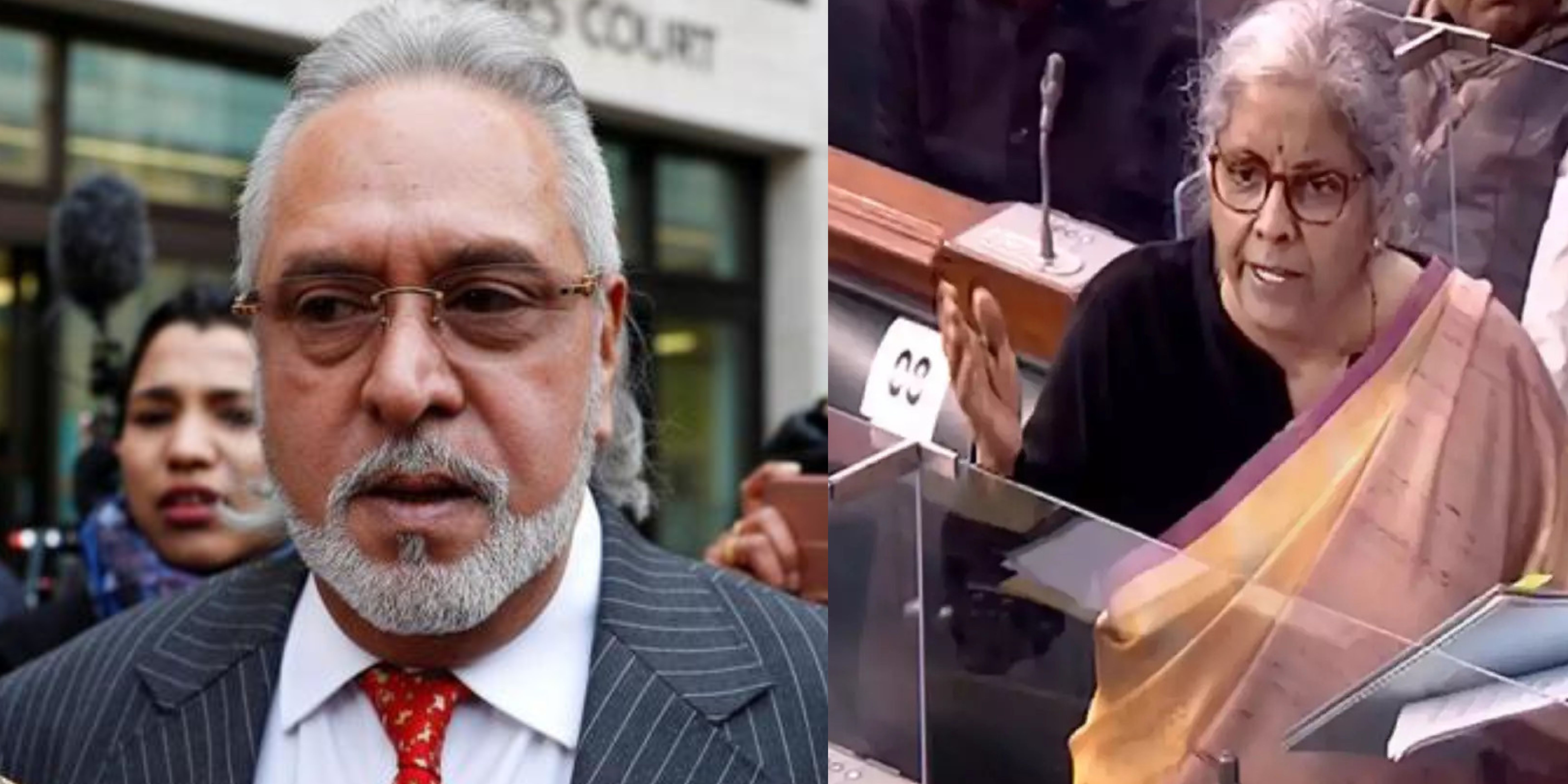
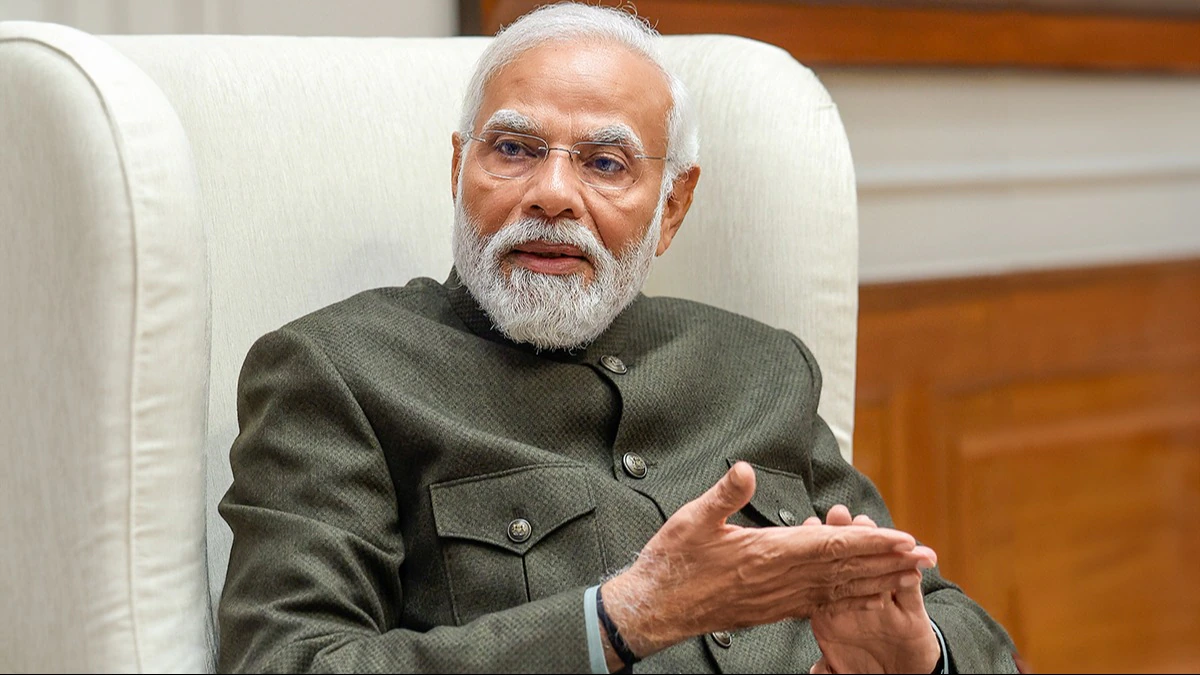
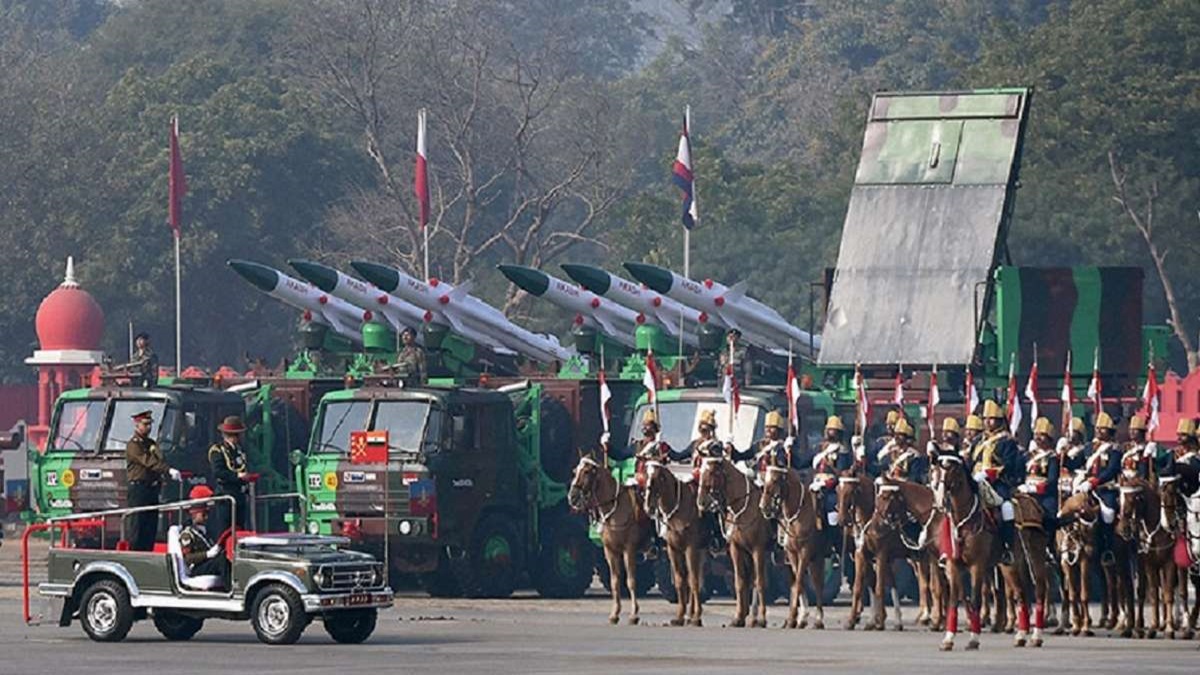

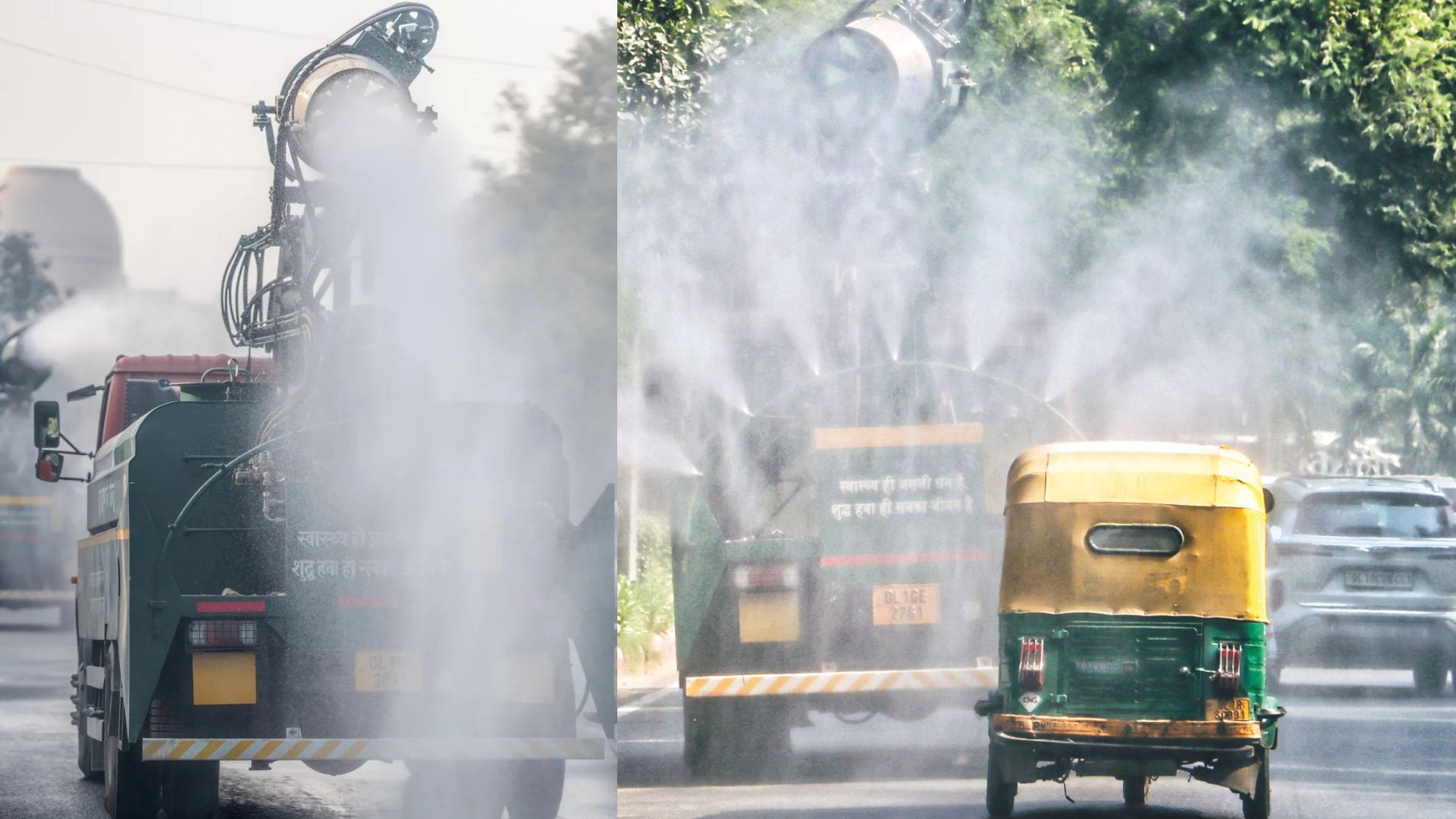
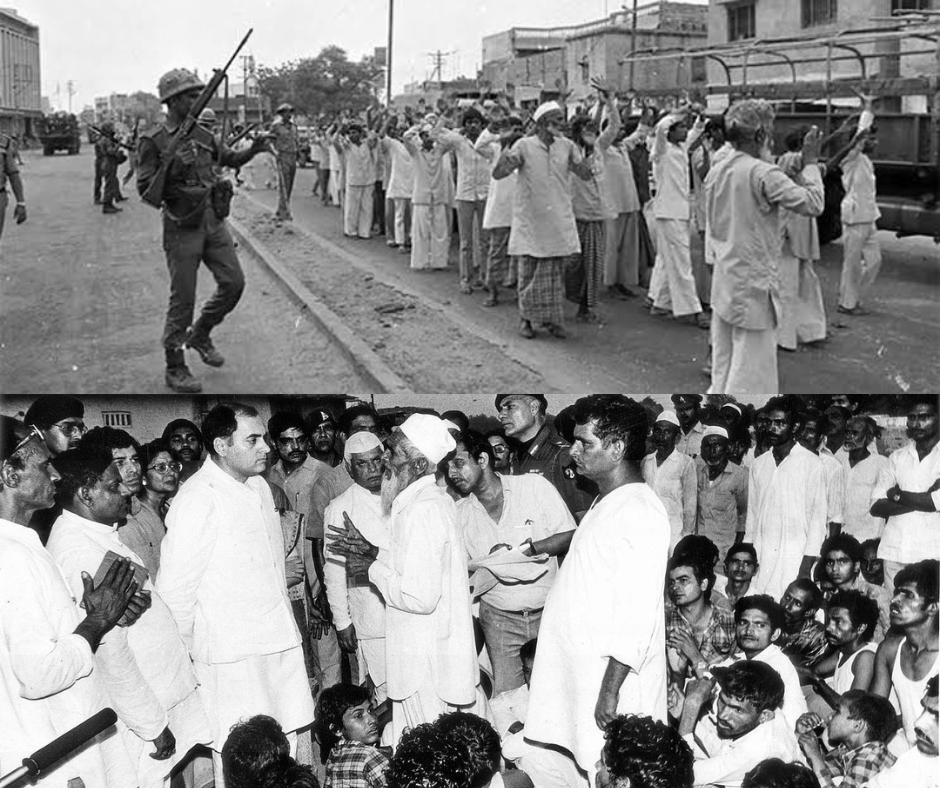




.jfif)
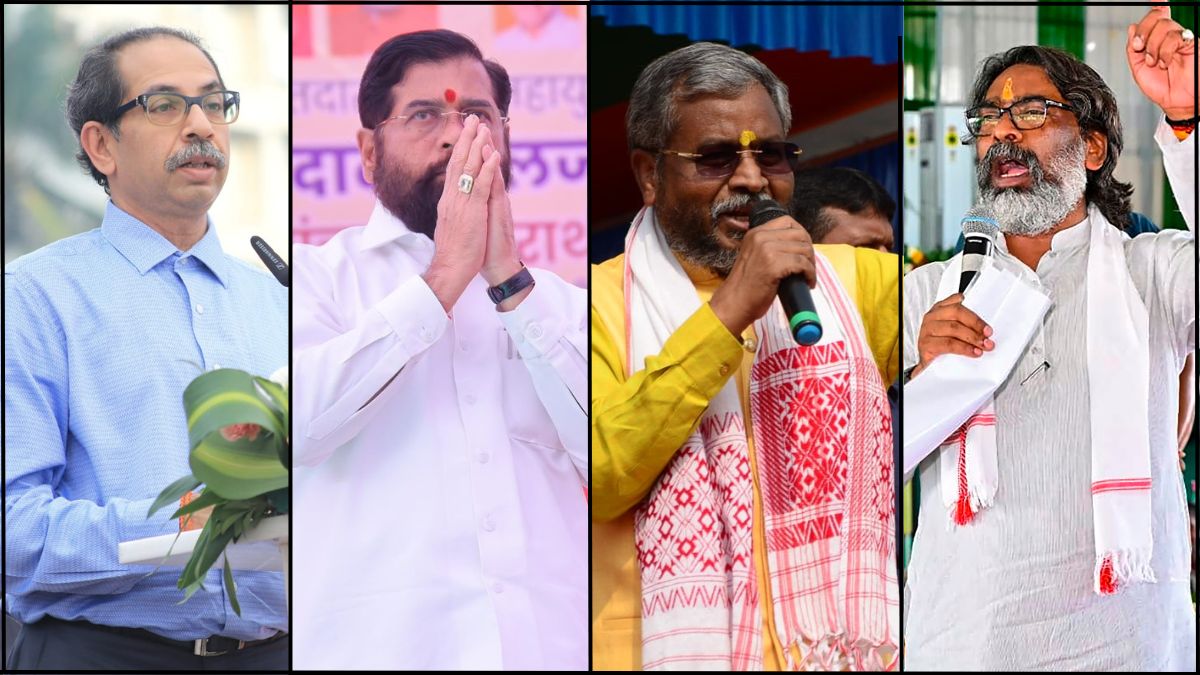


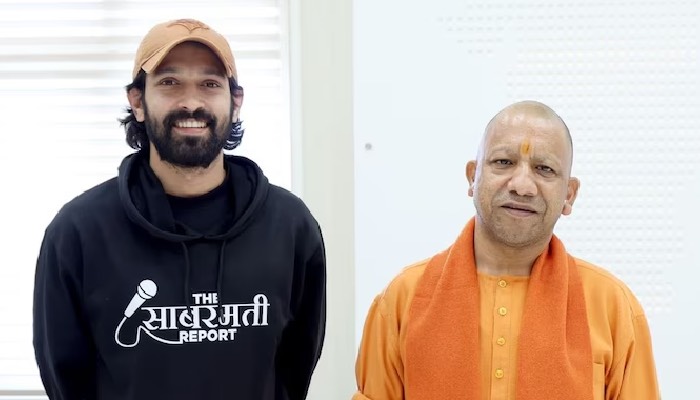
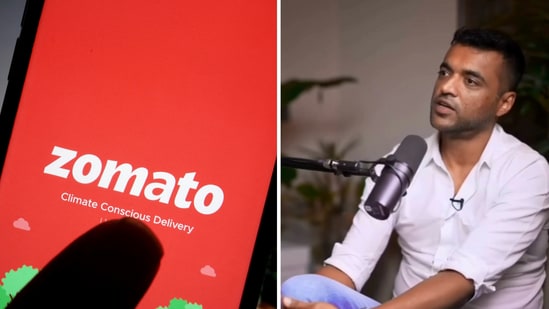
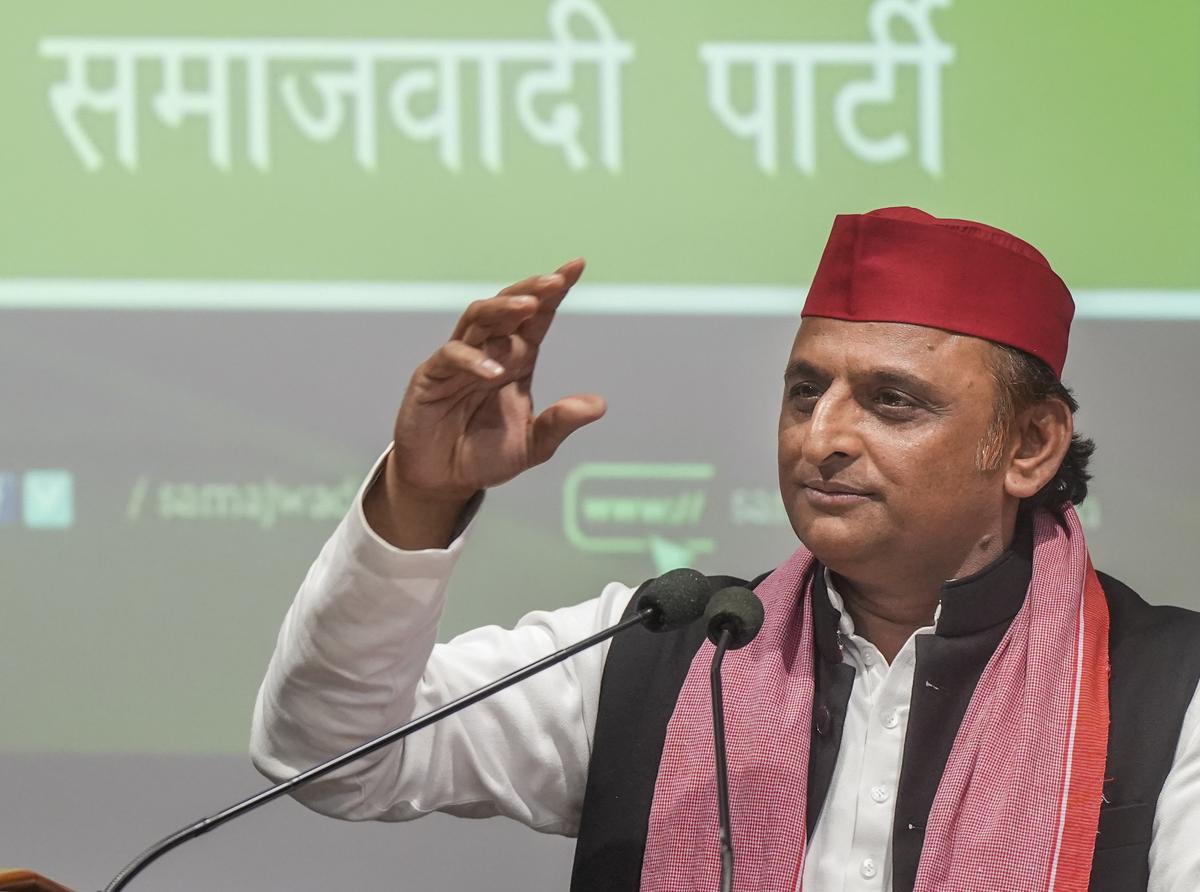

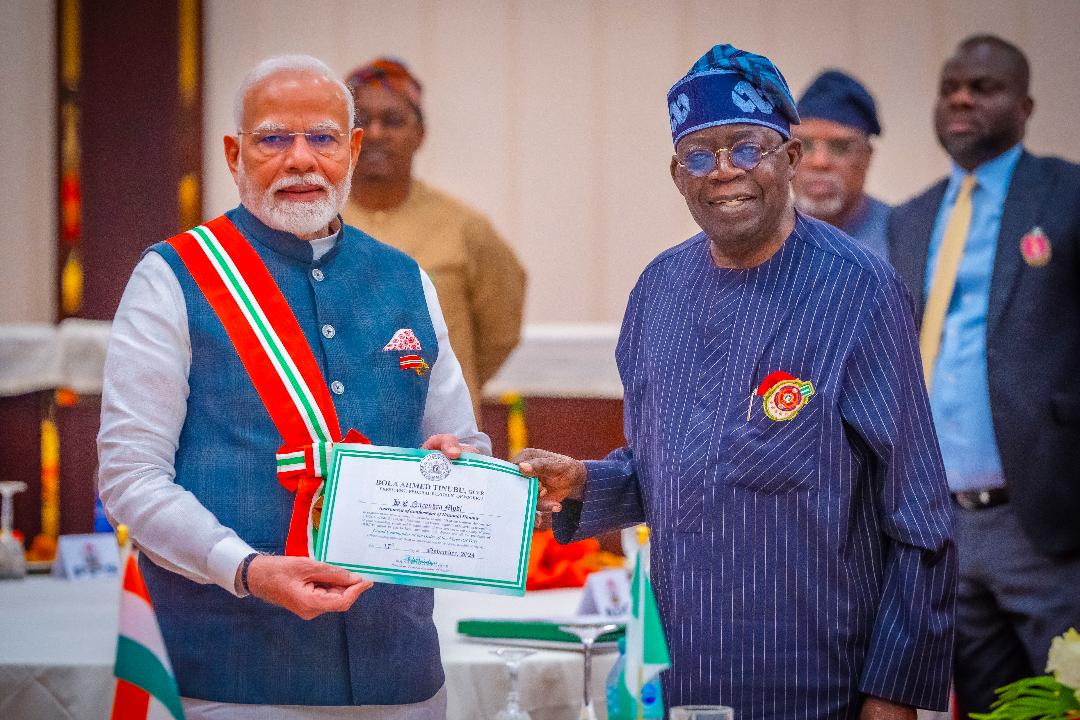

.jpg)

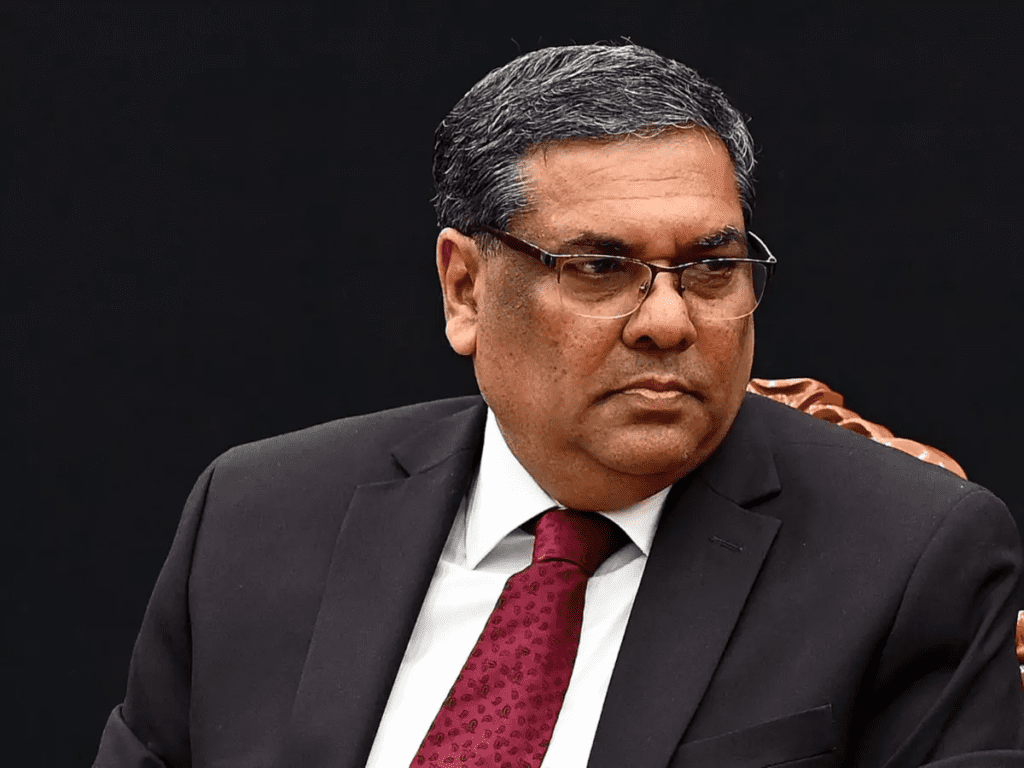

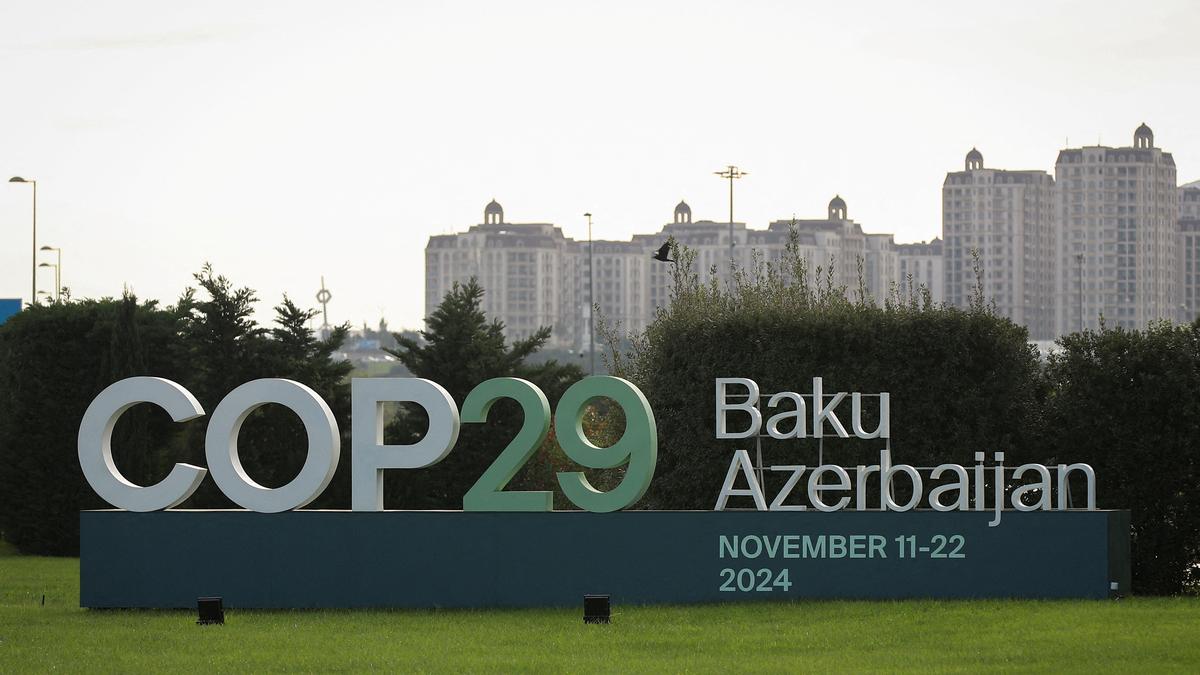






















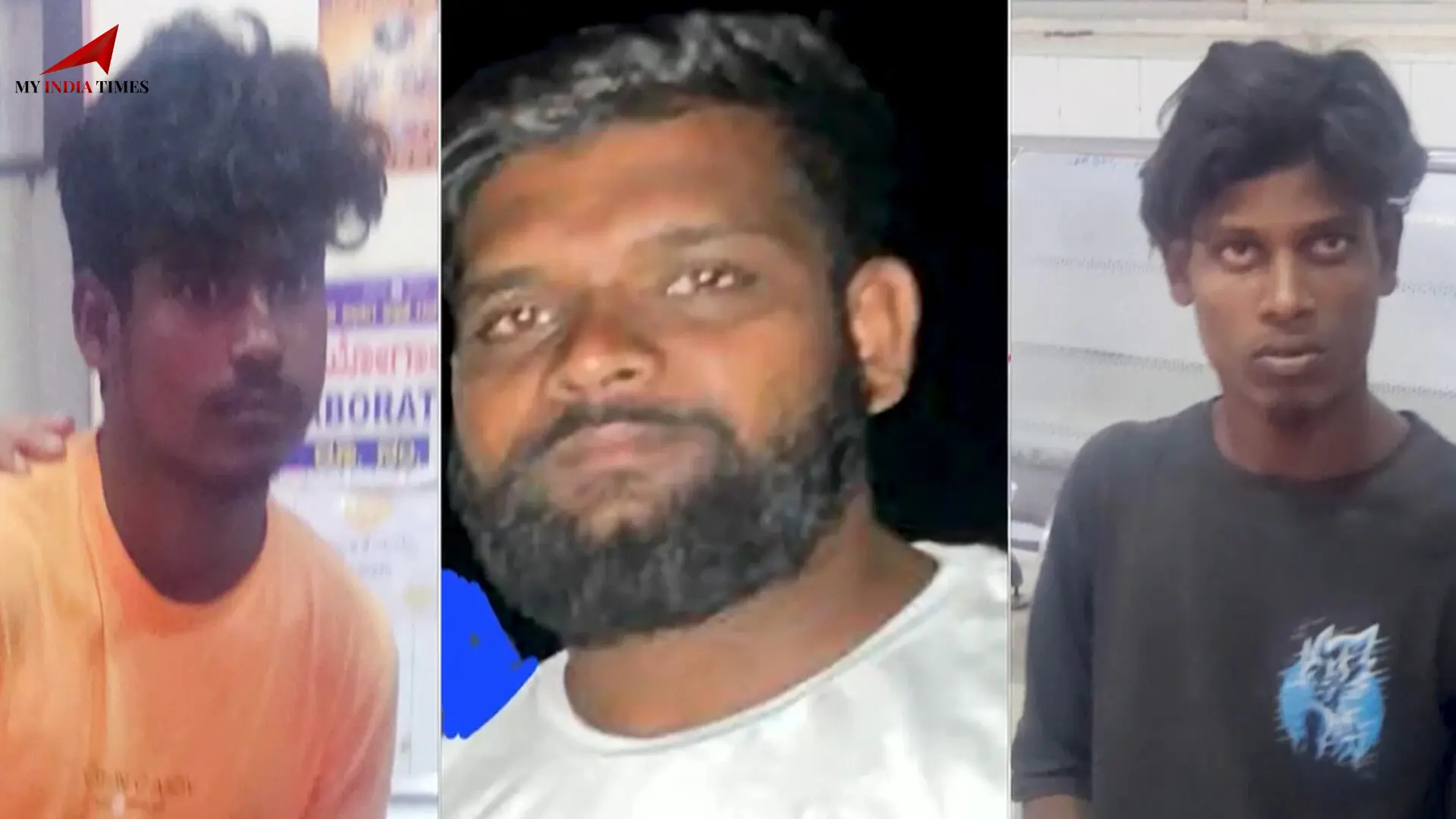
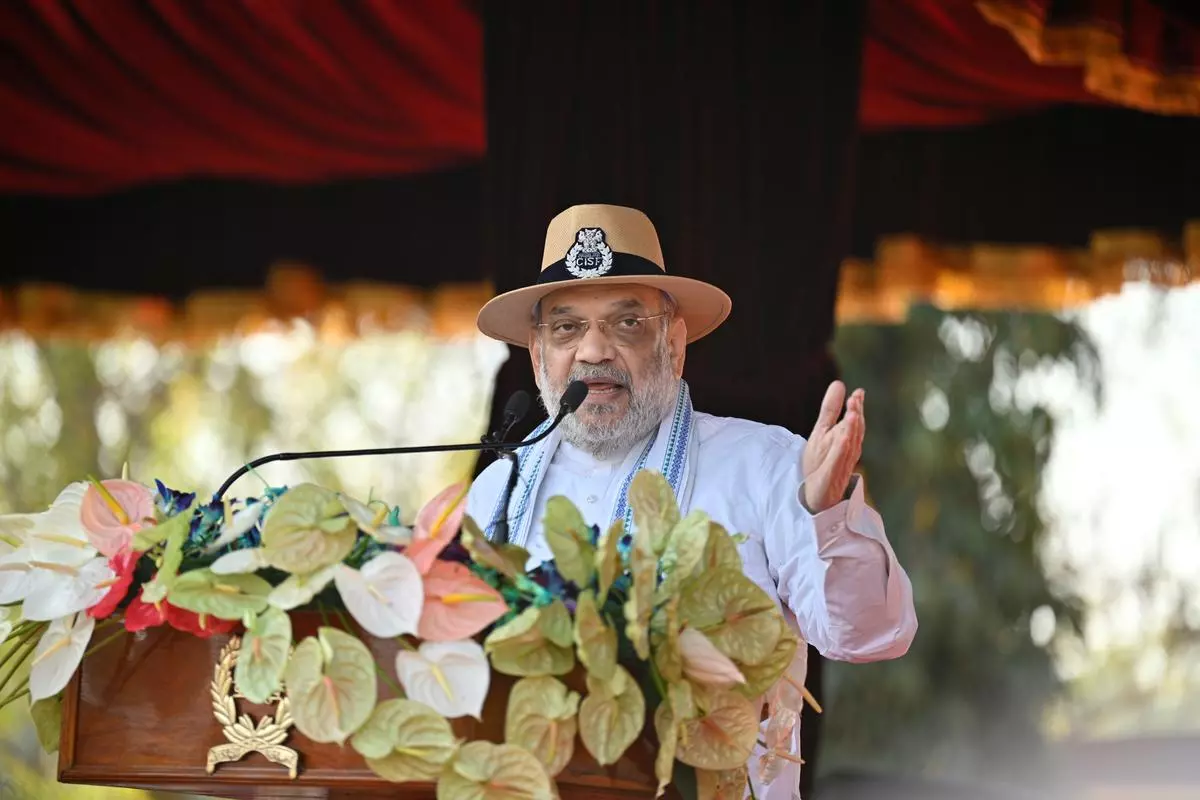

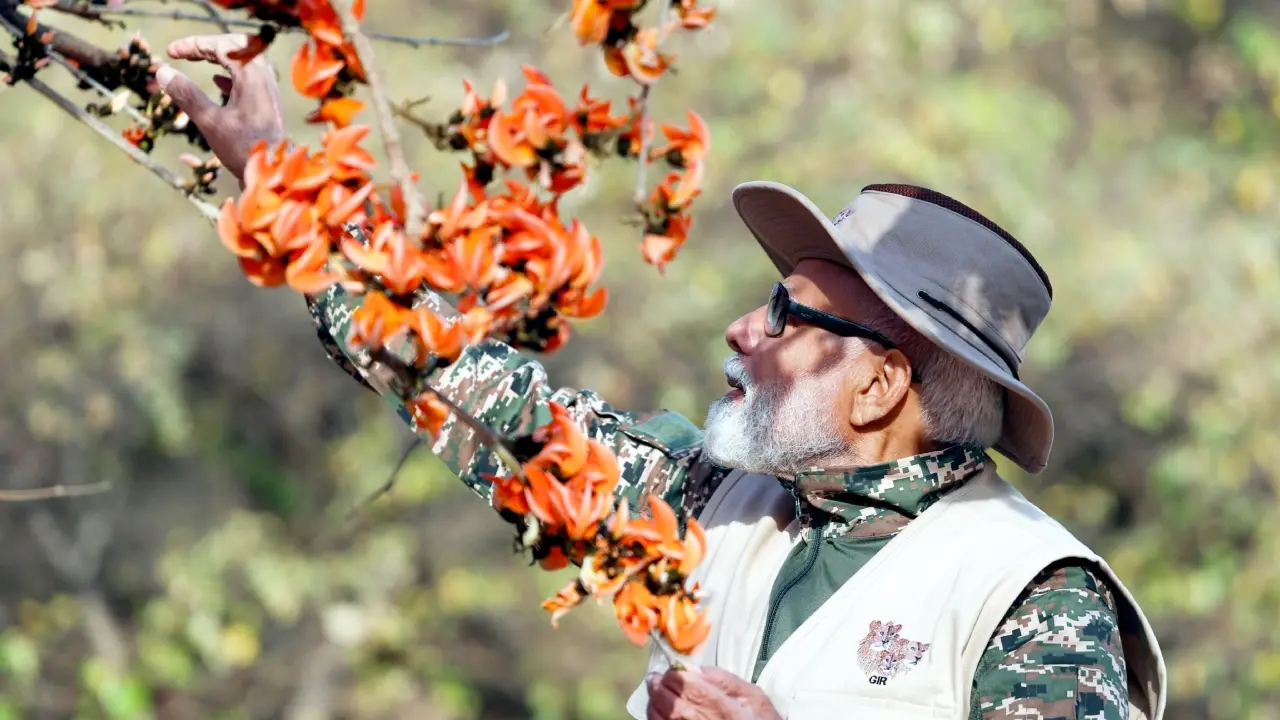



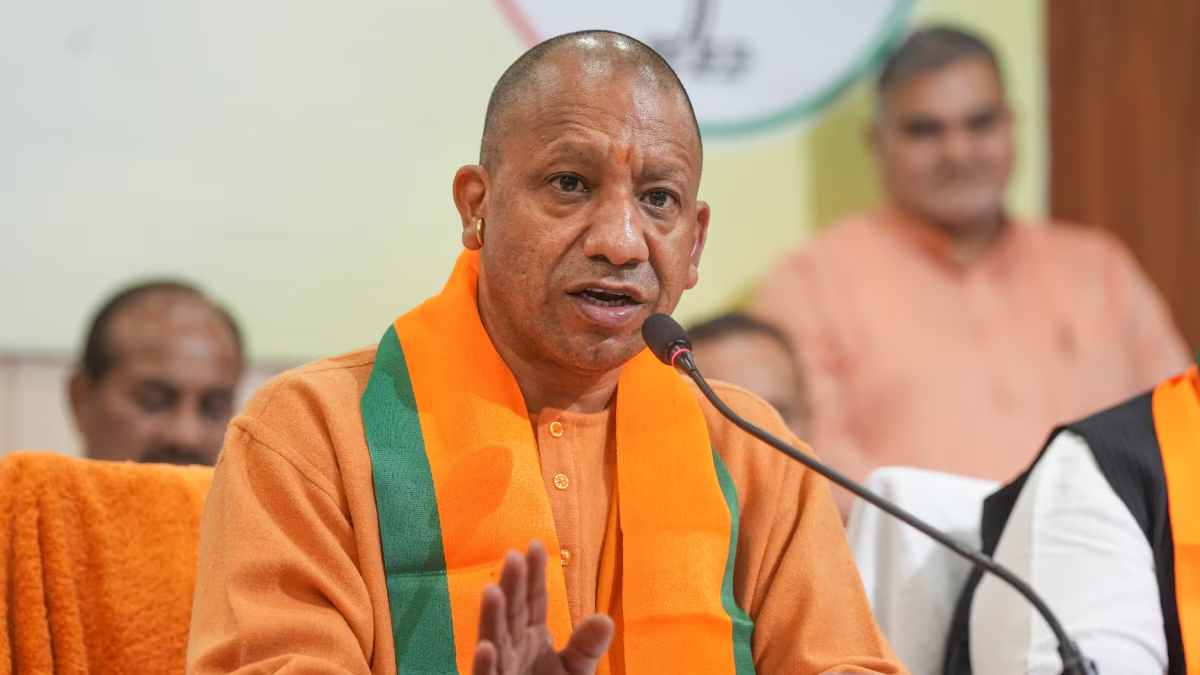


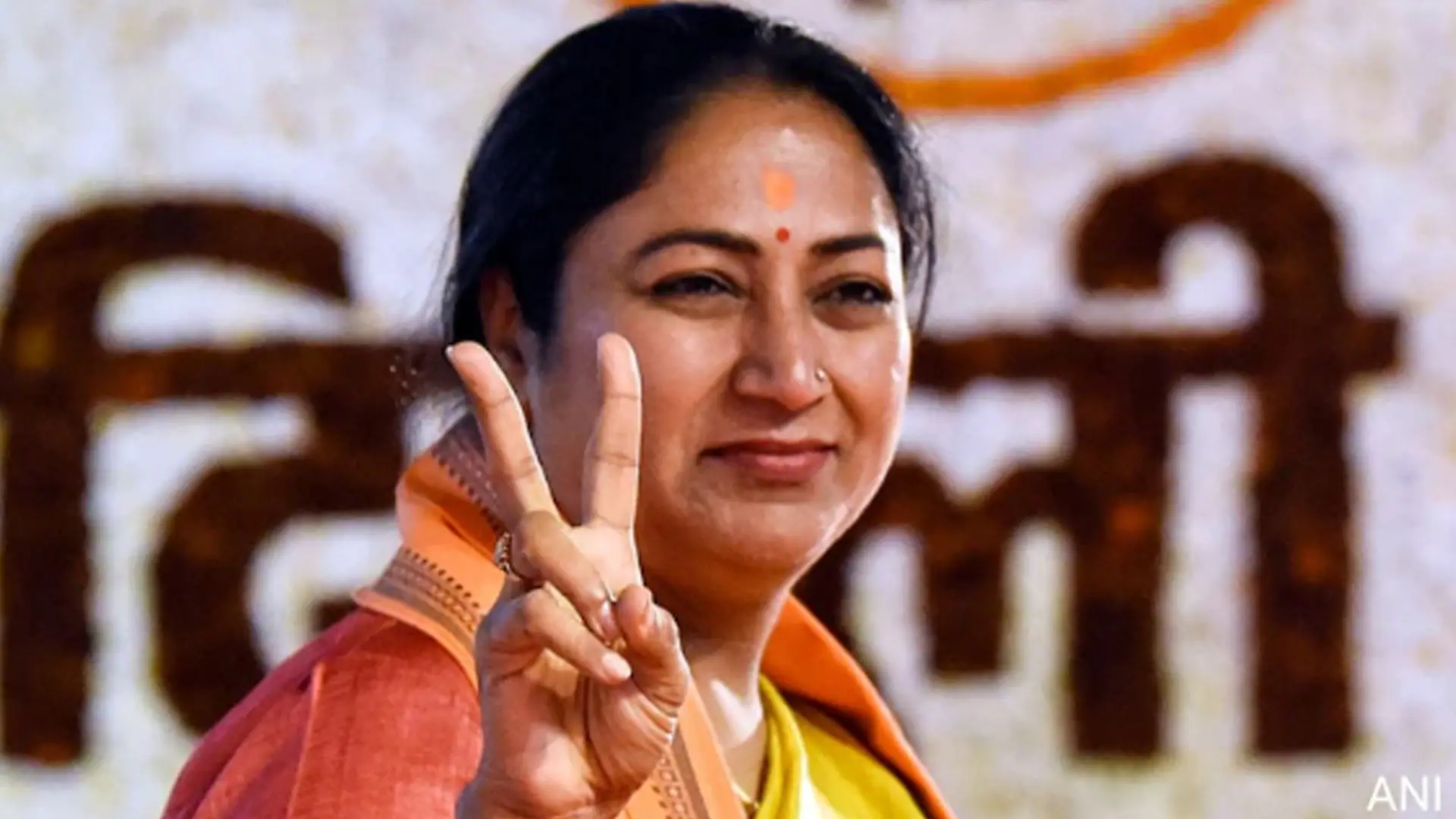

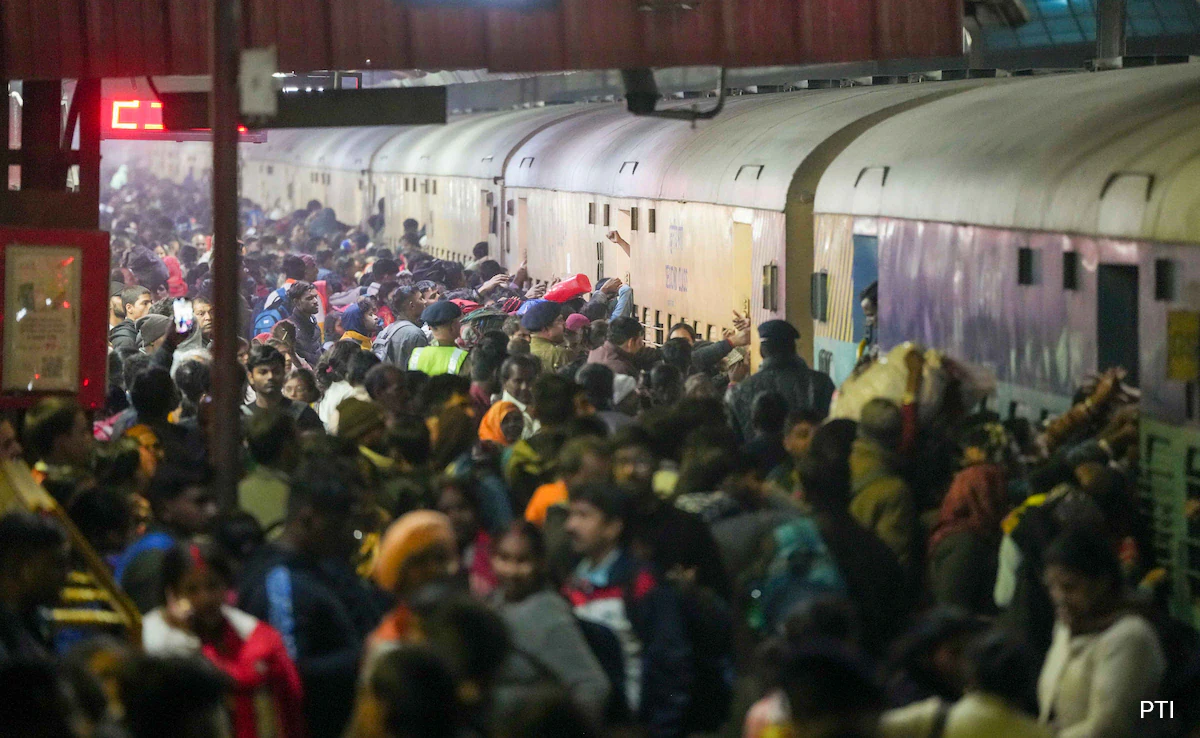
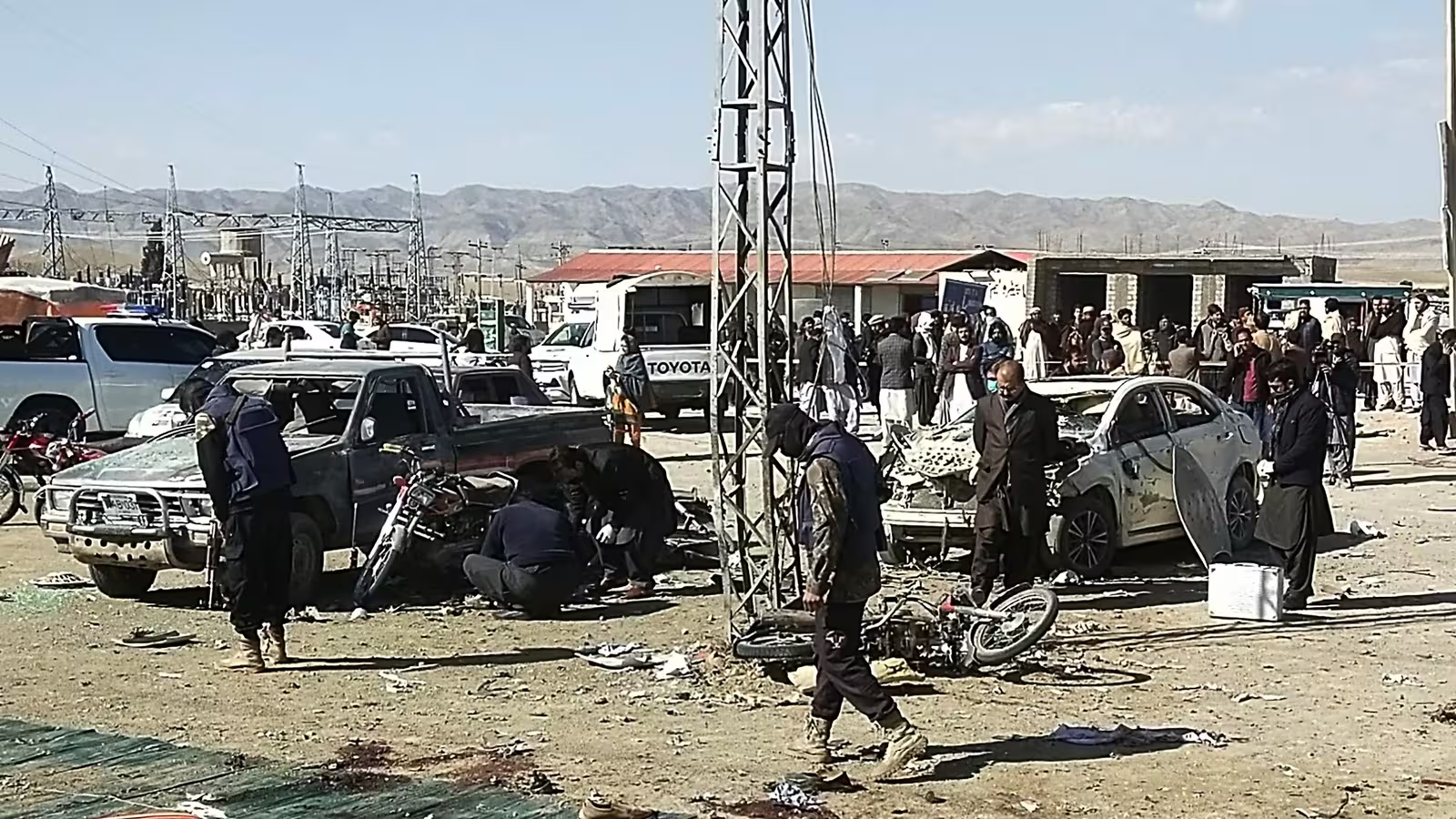
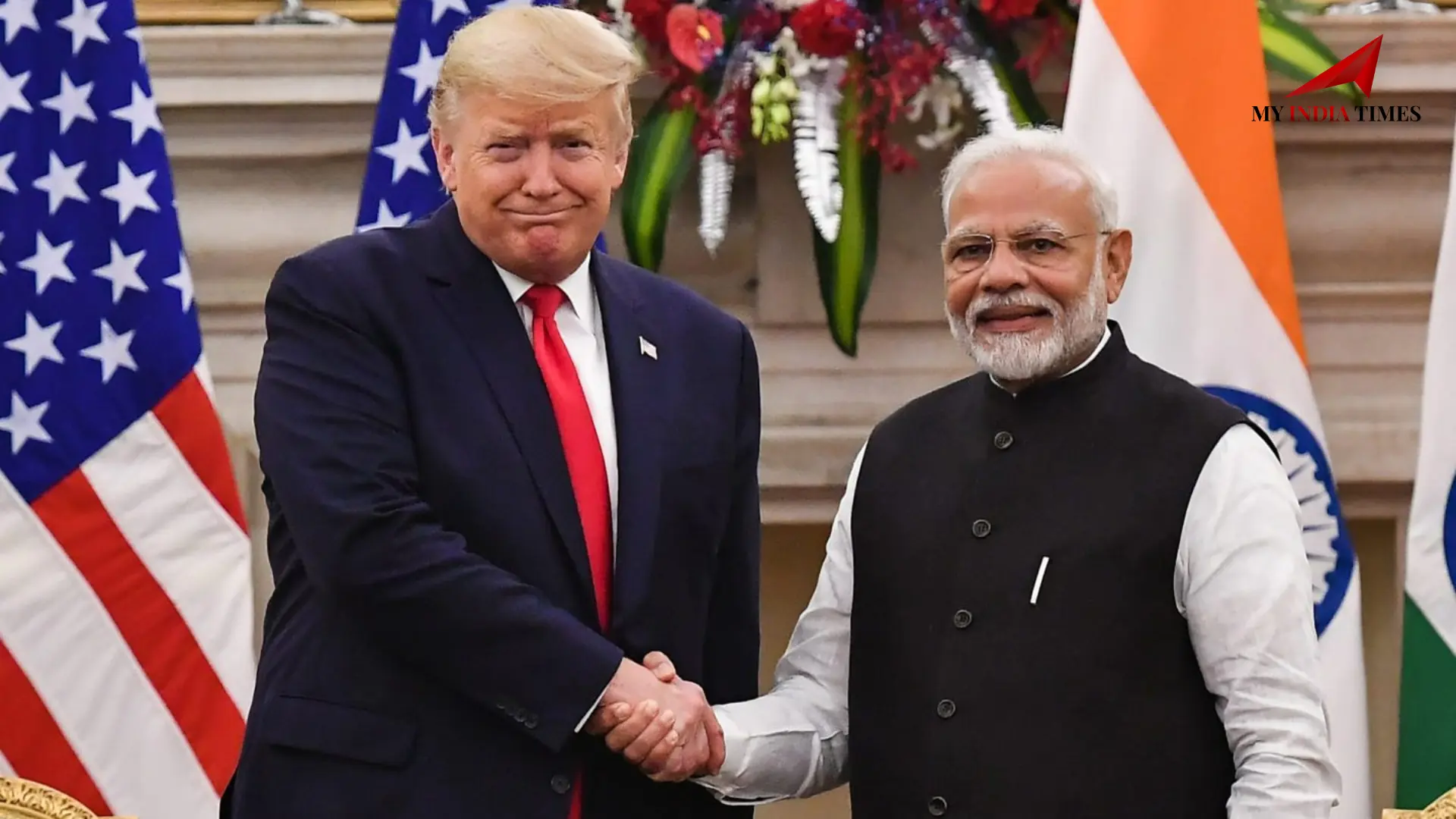
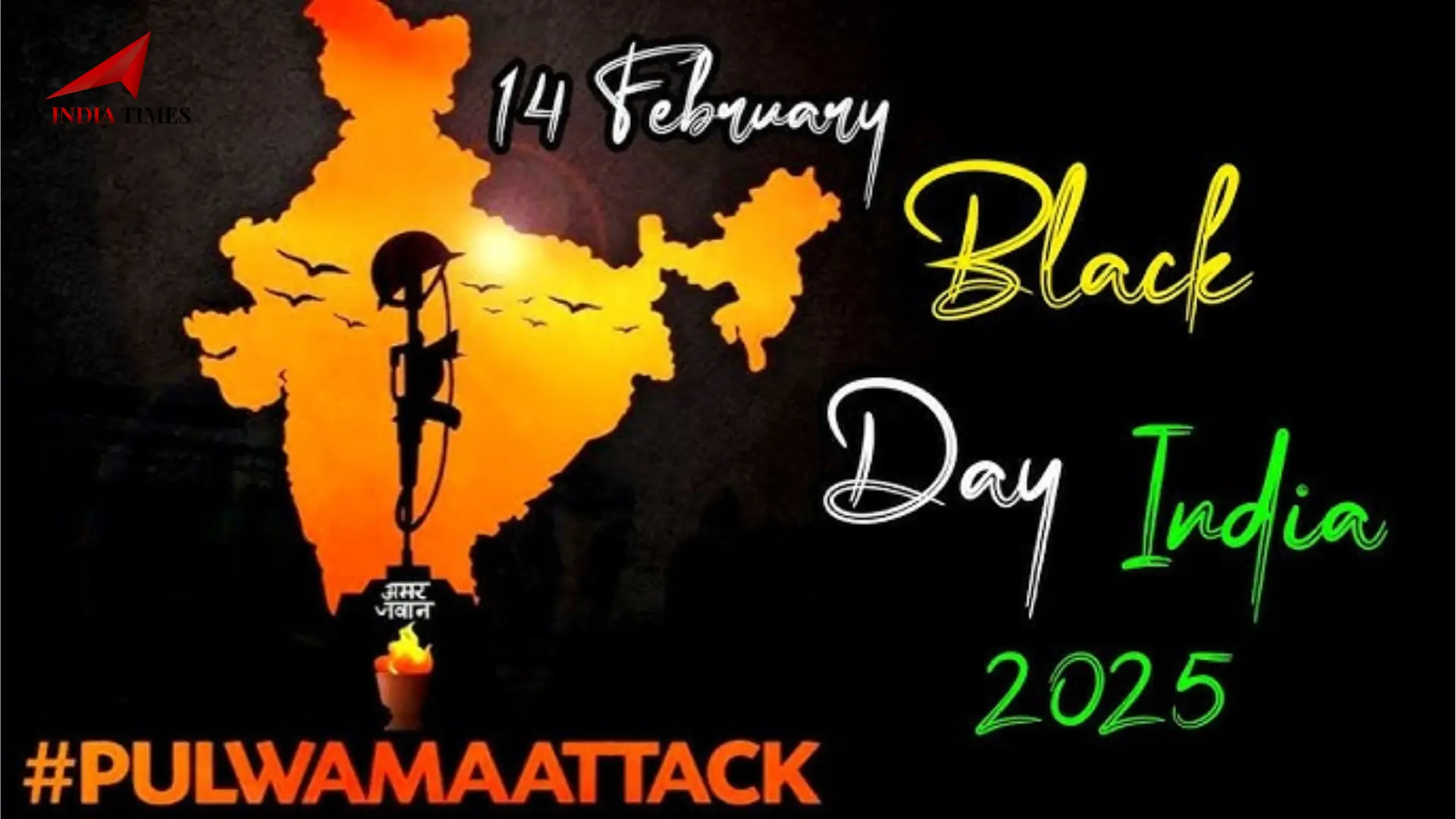
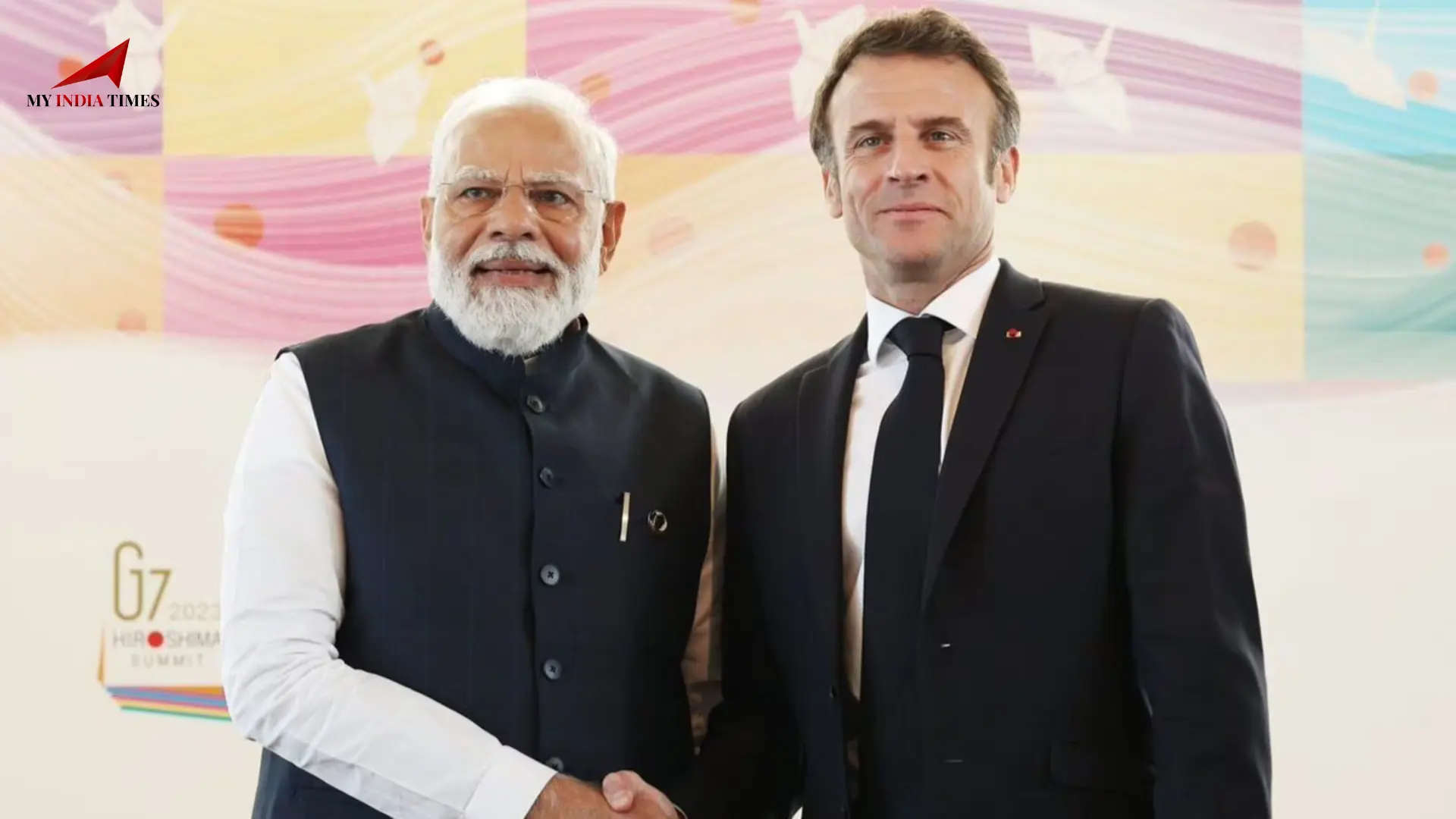

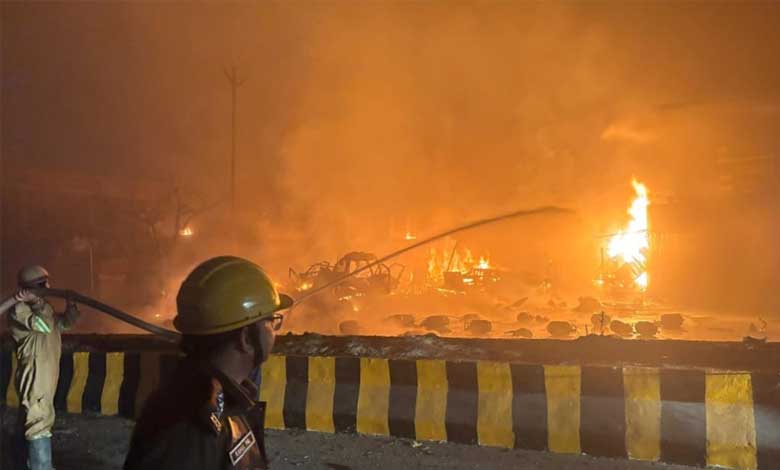

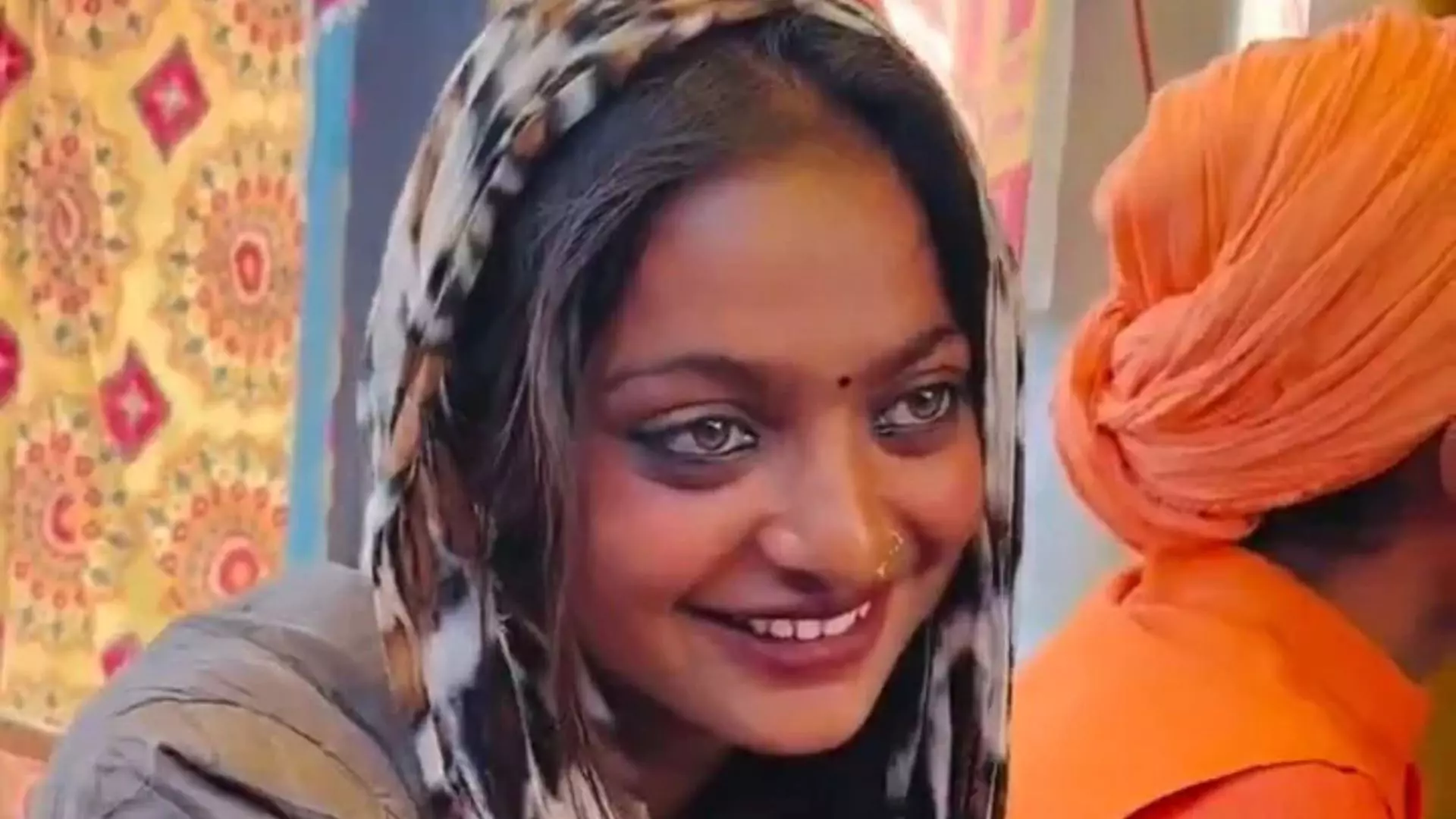

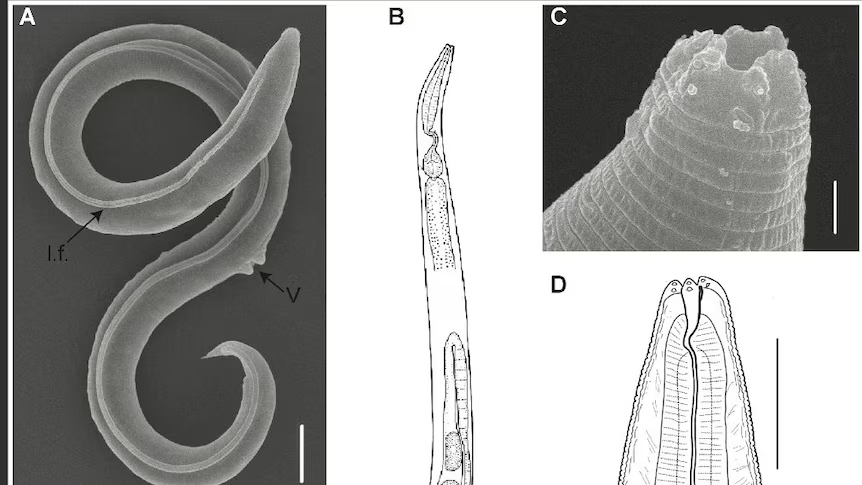
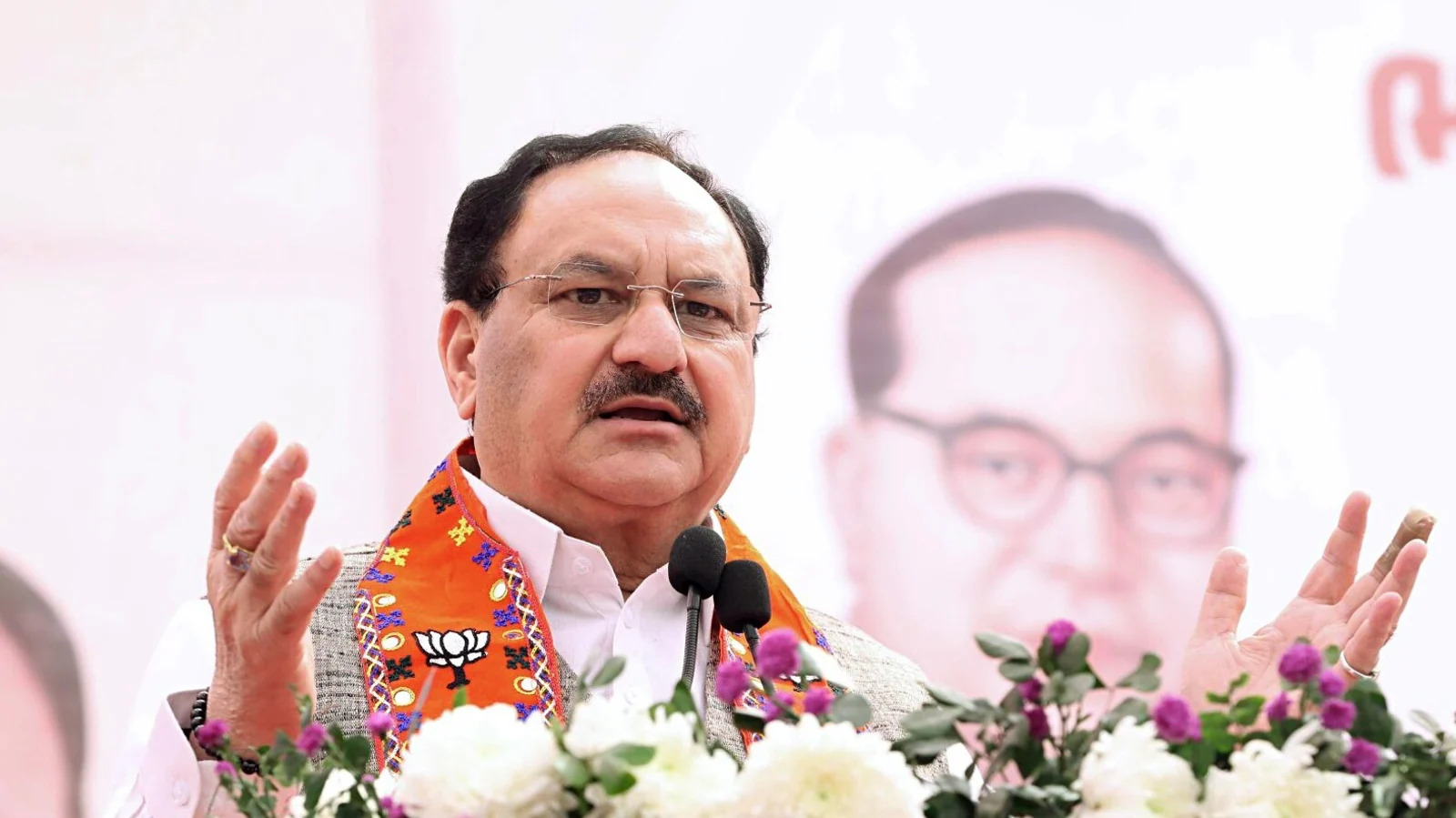
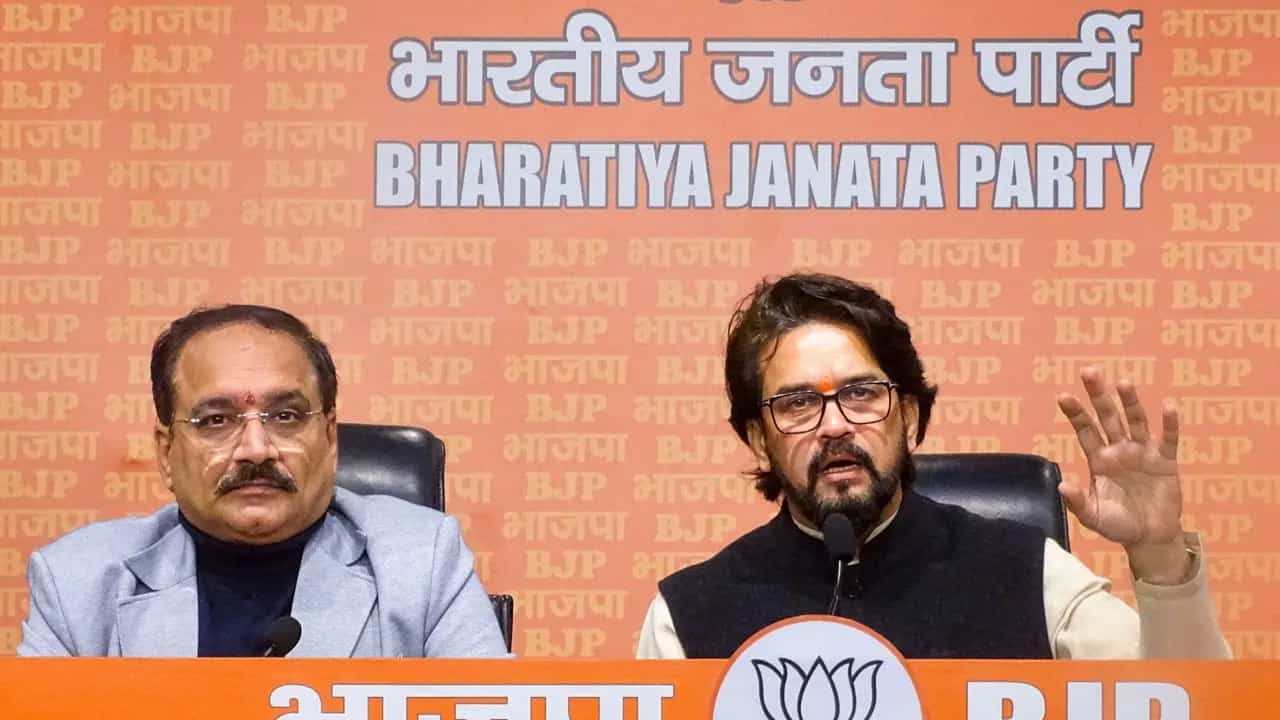

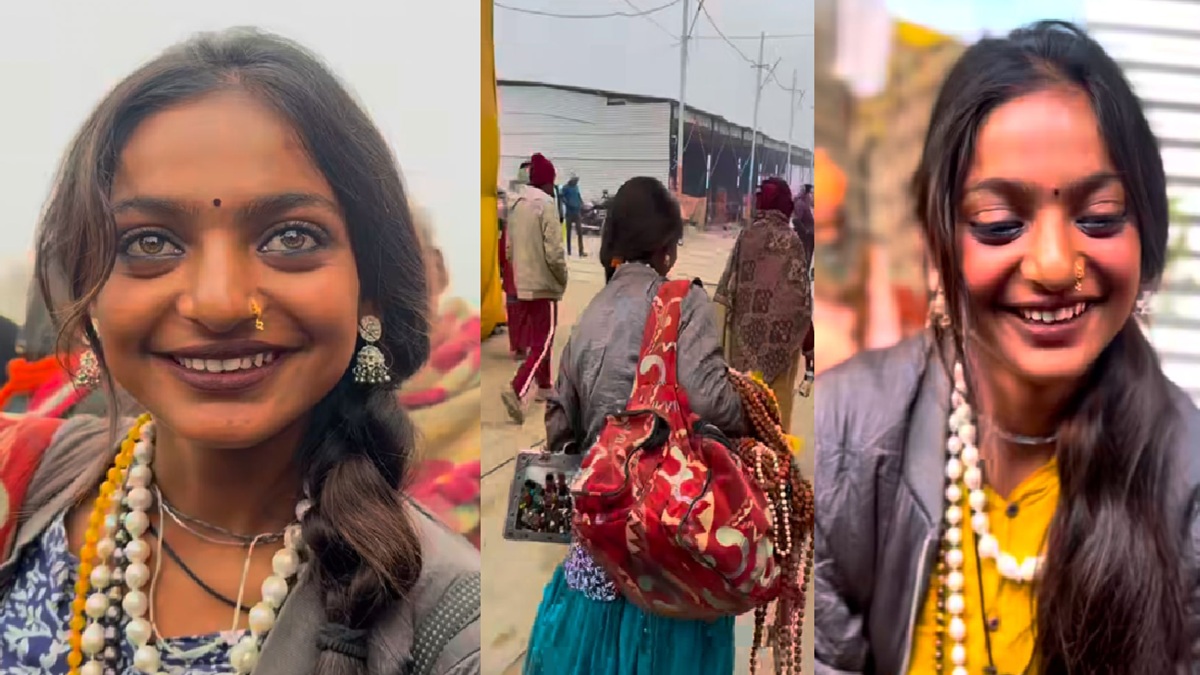
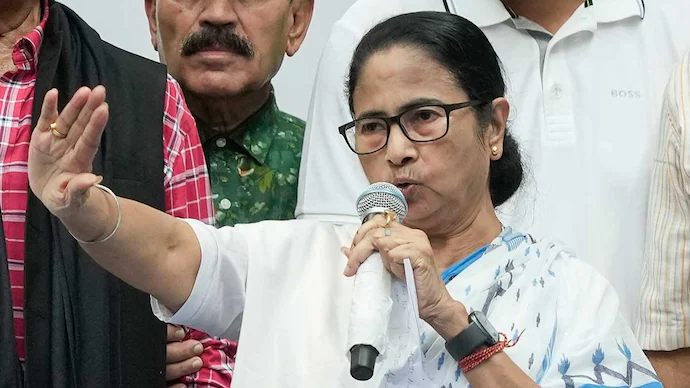


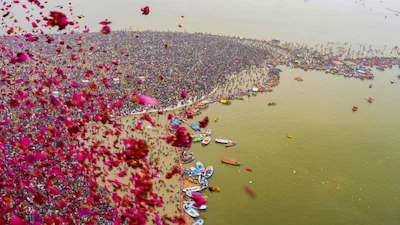
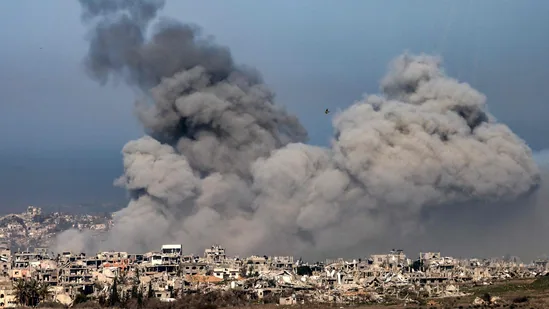
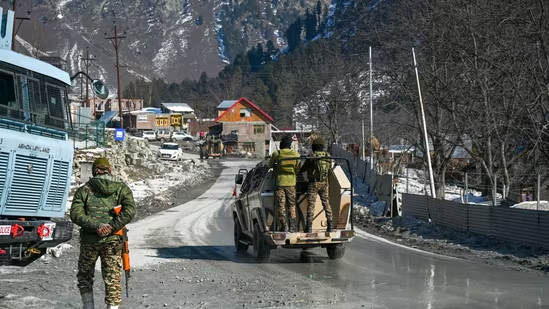

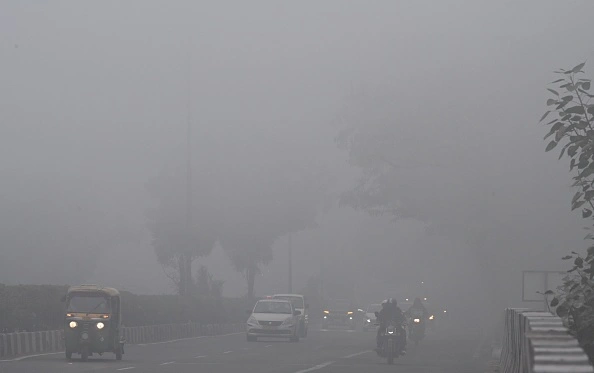

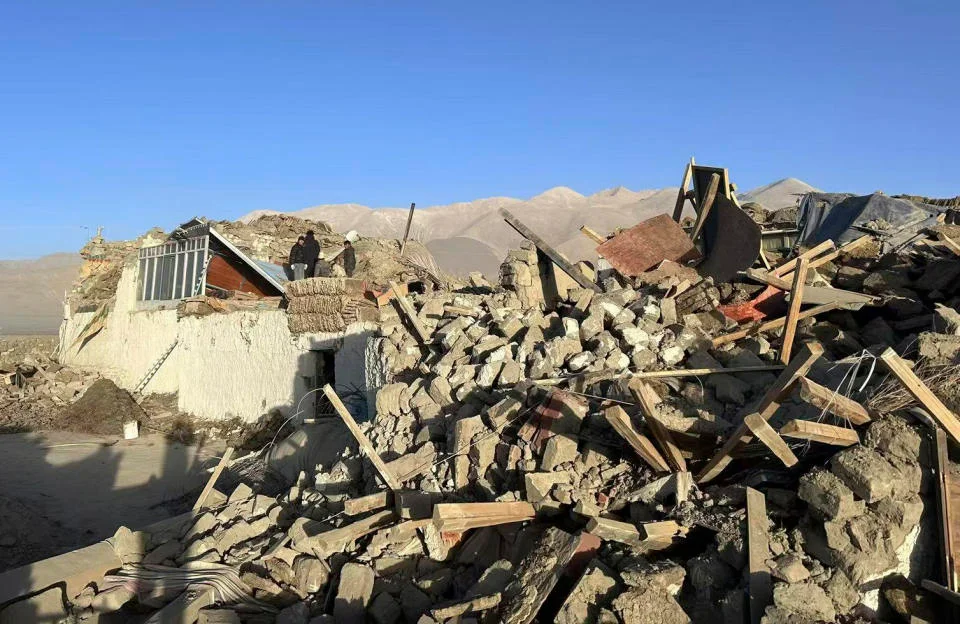
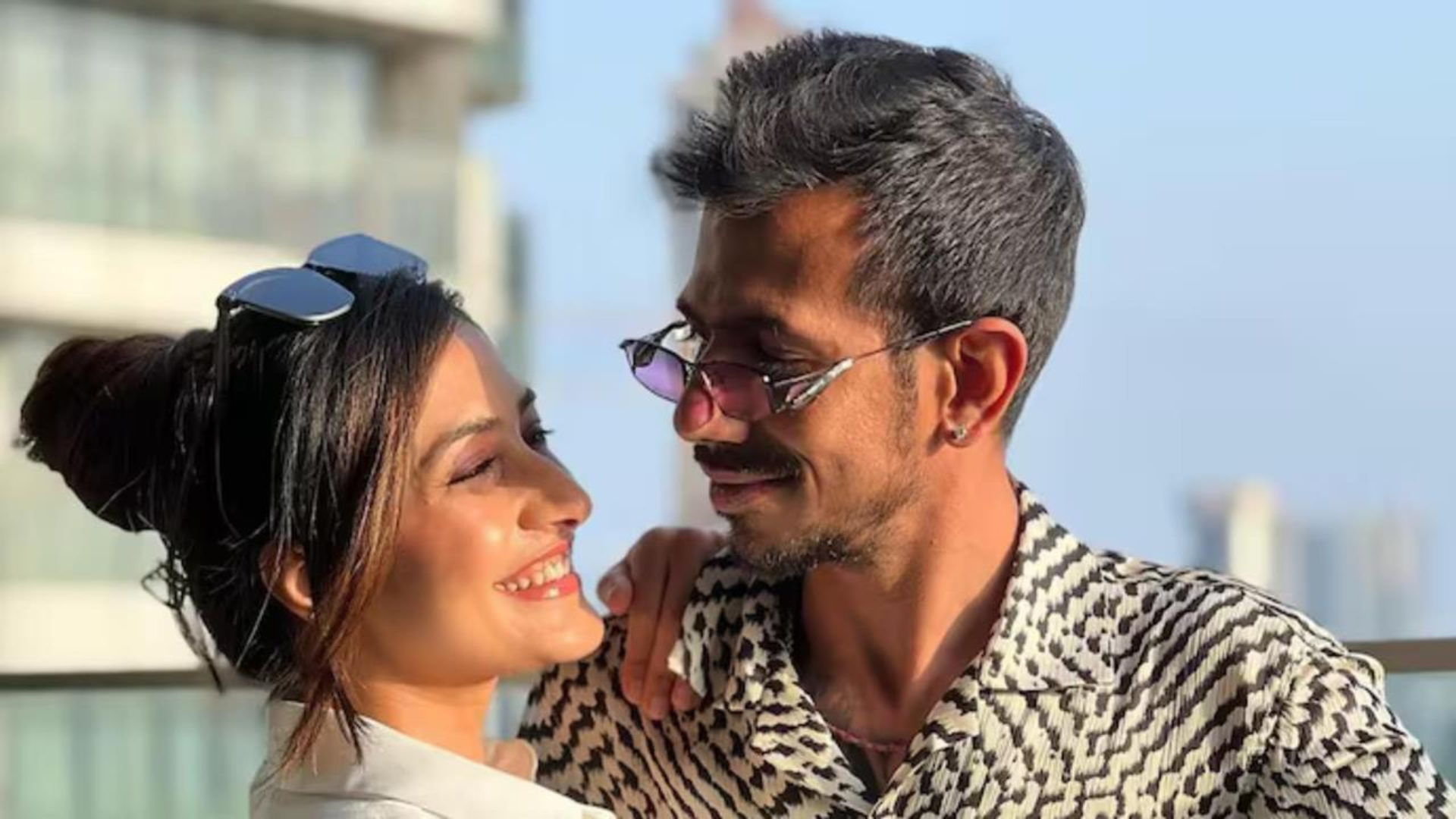
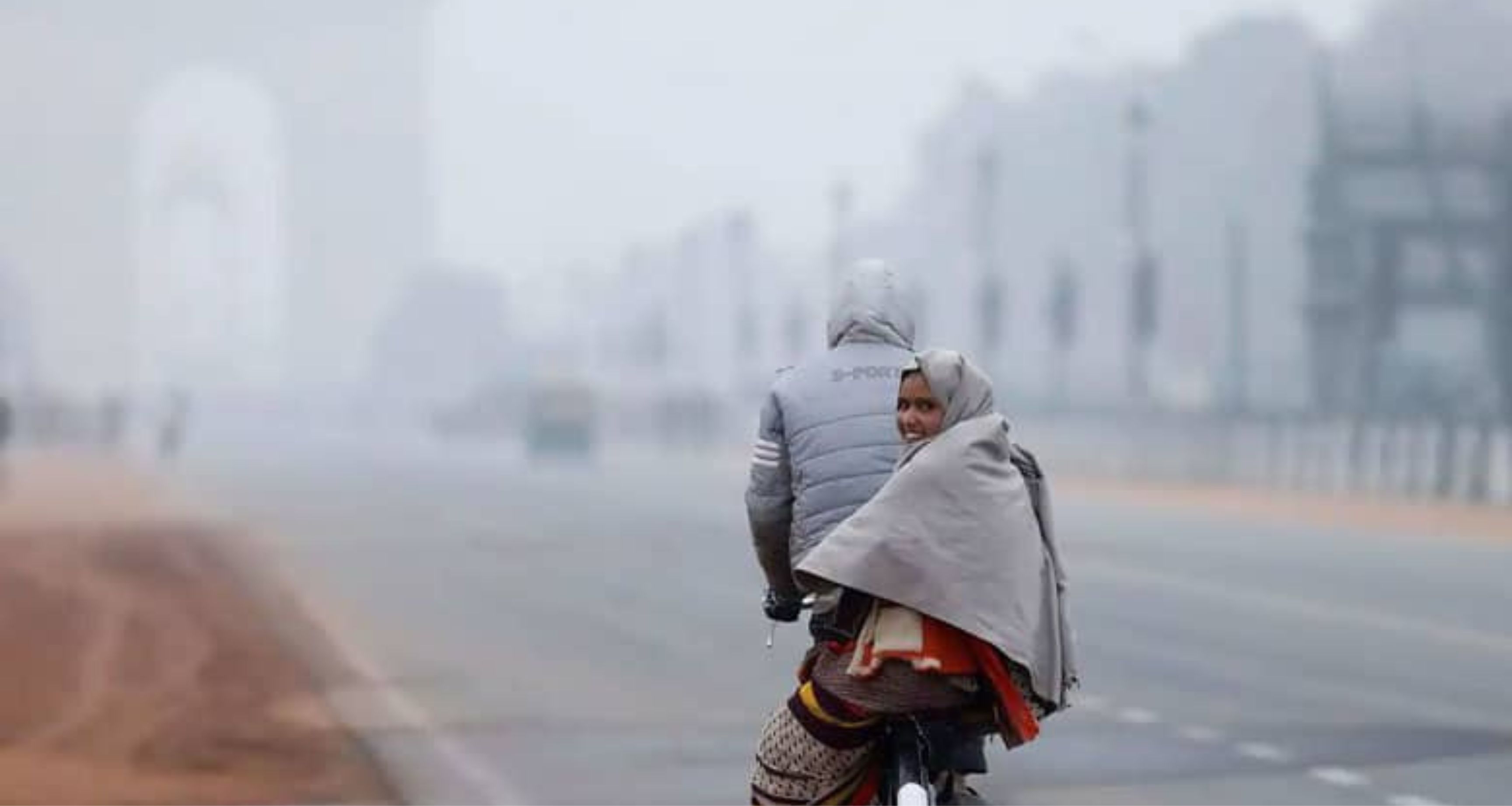
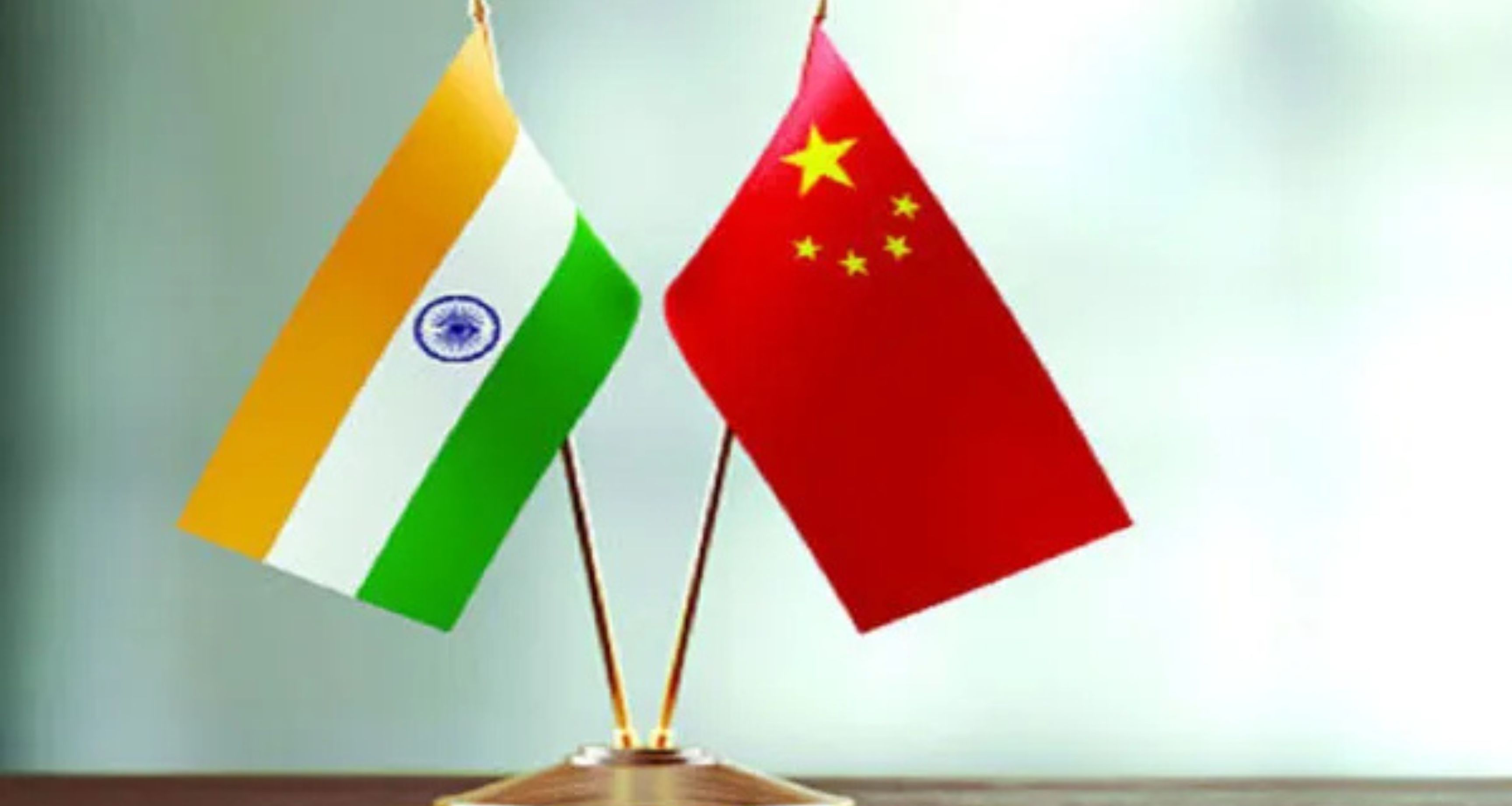
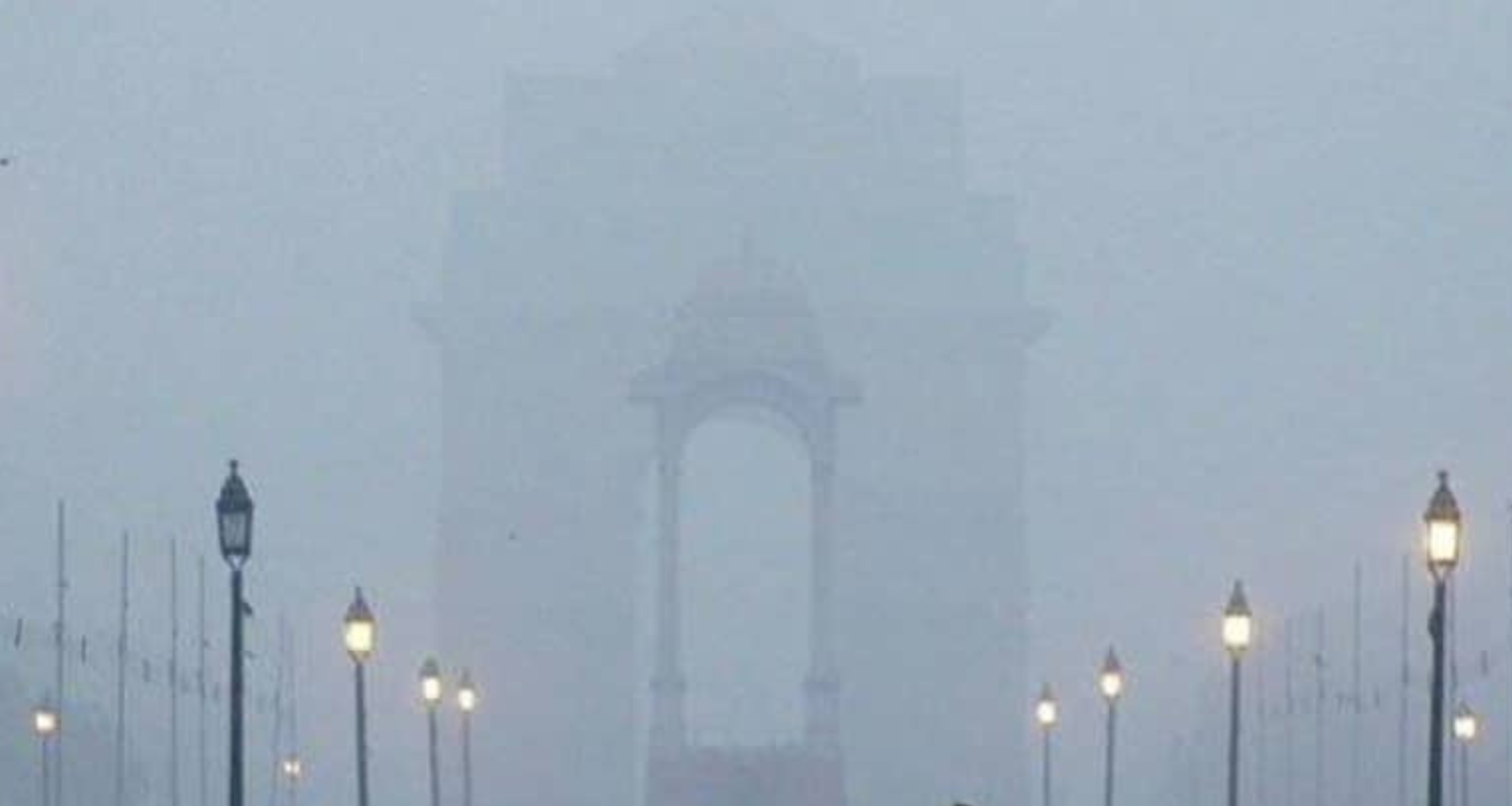


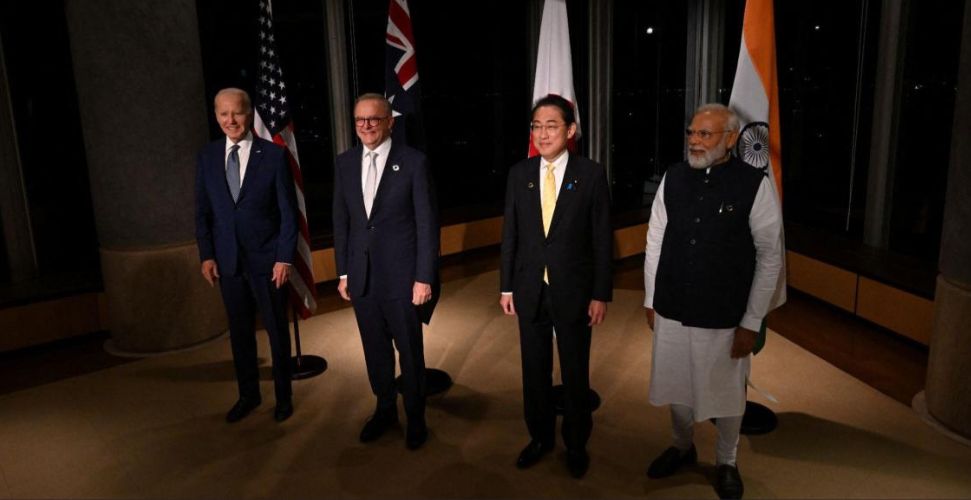
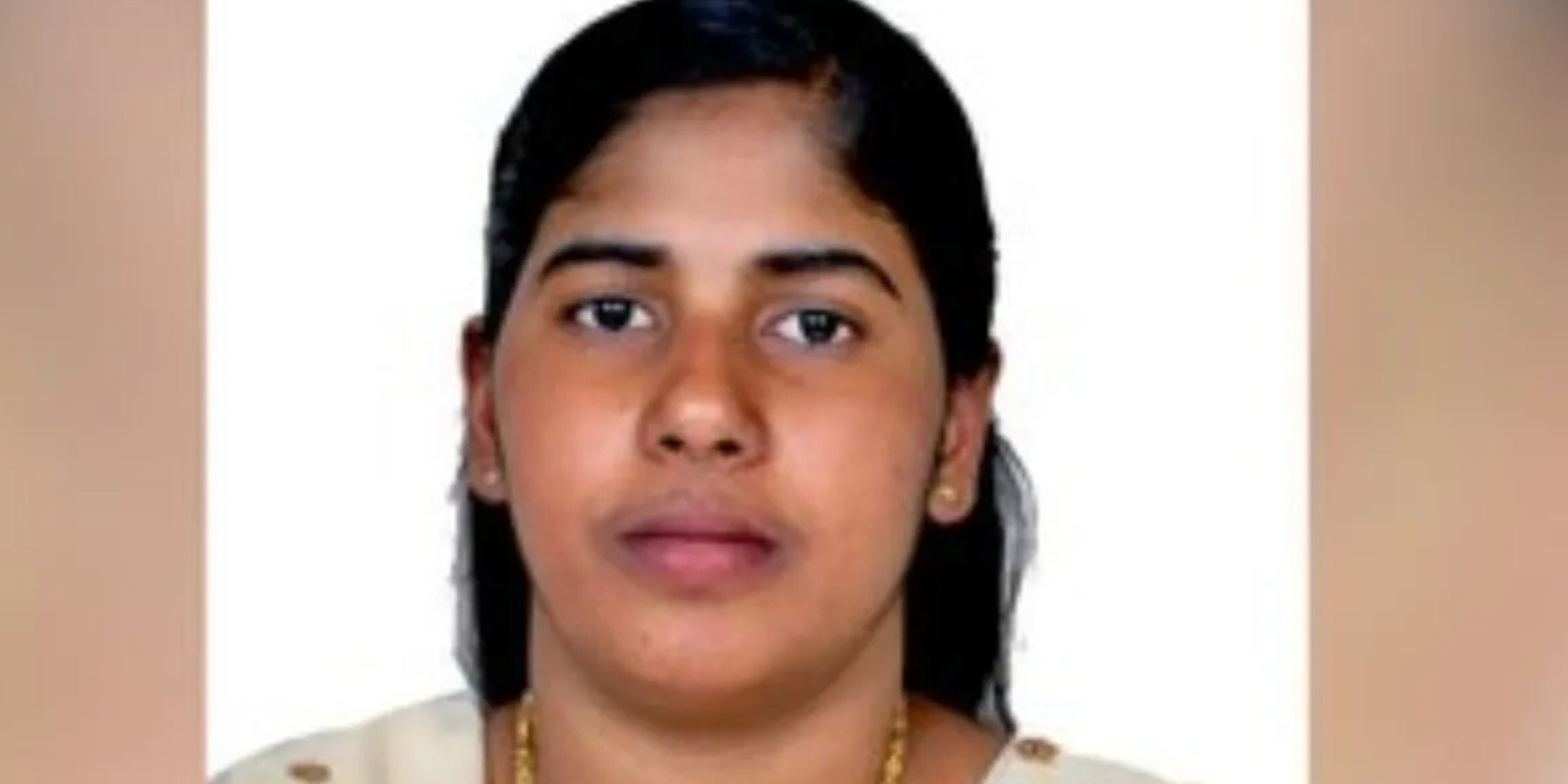
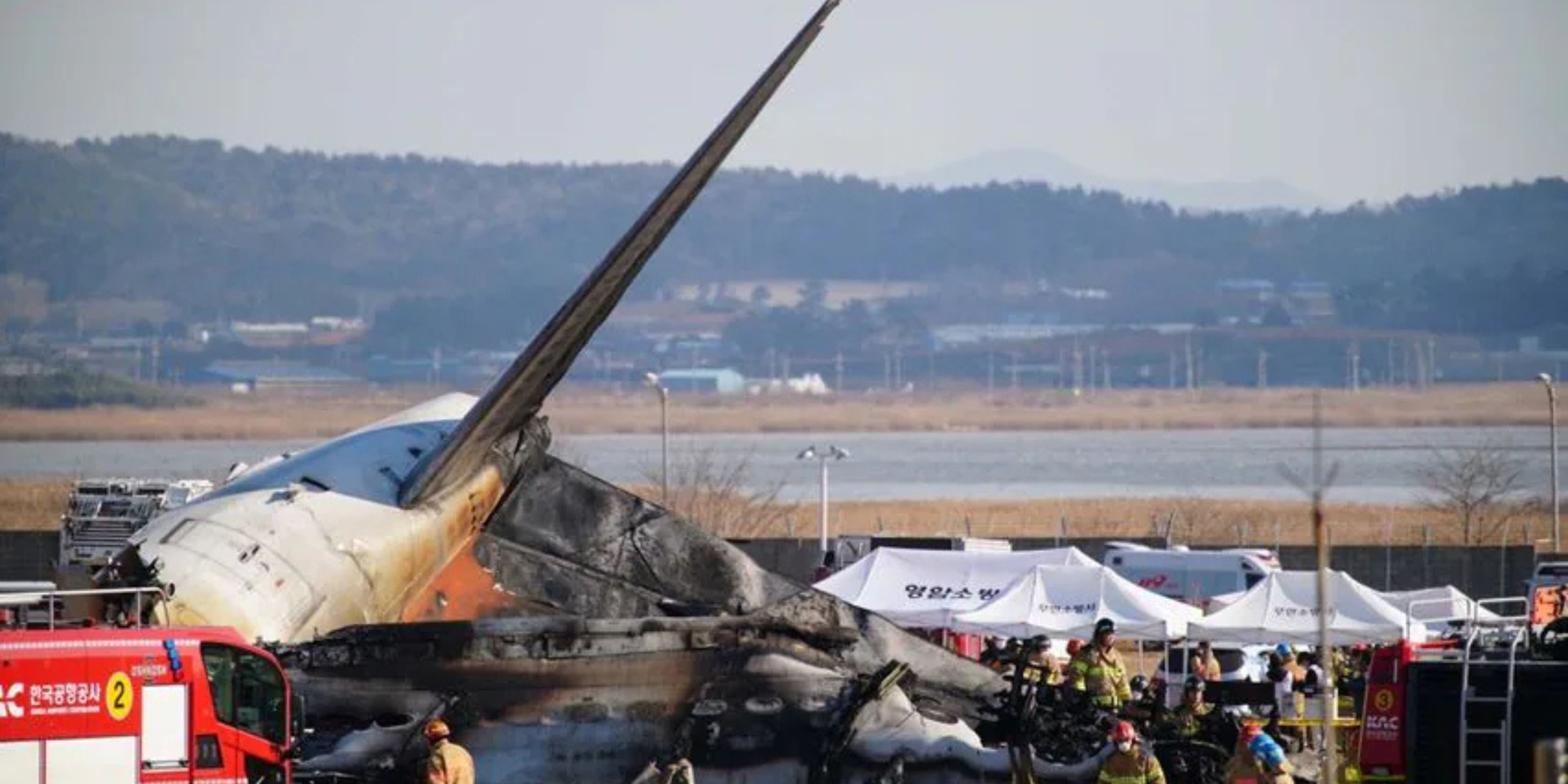
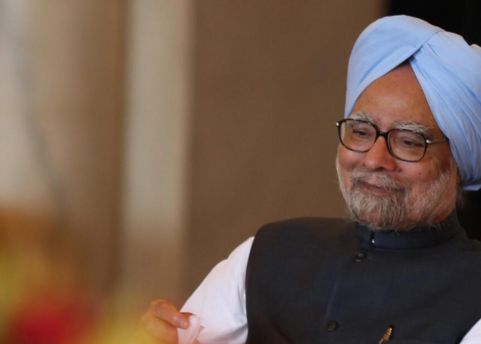

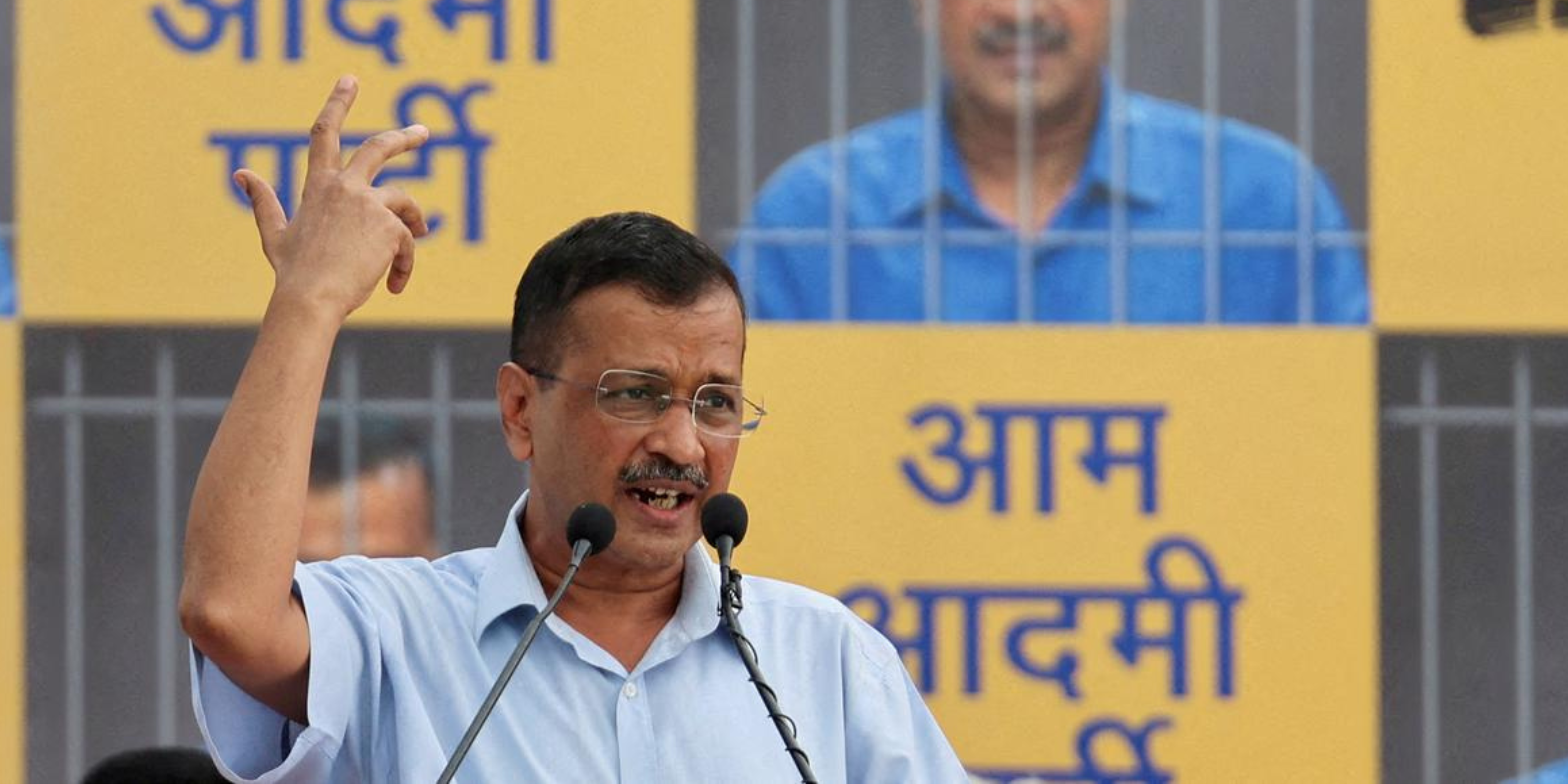

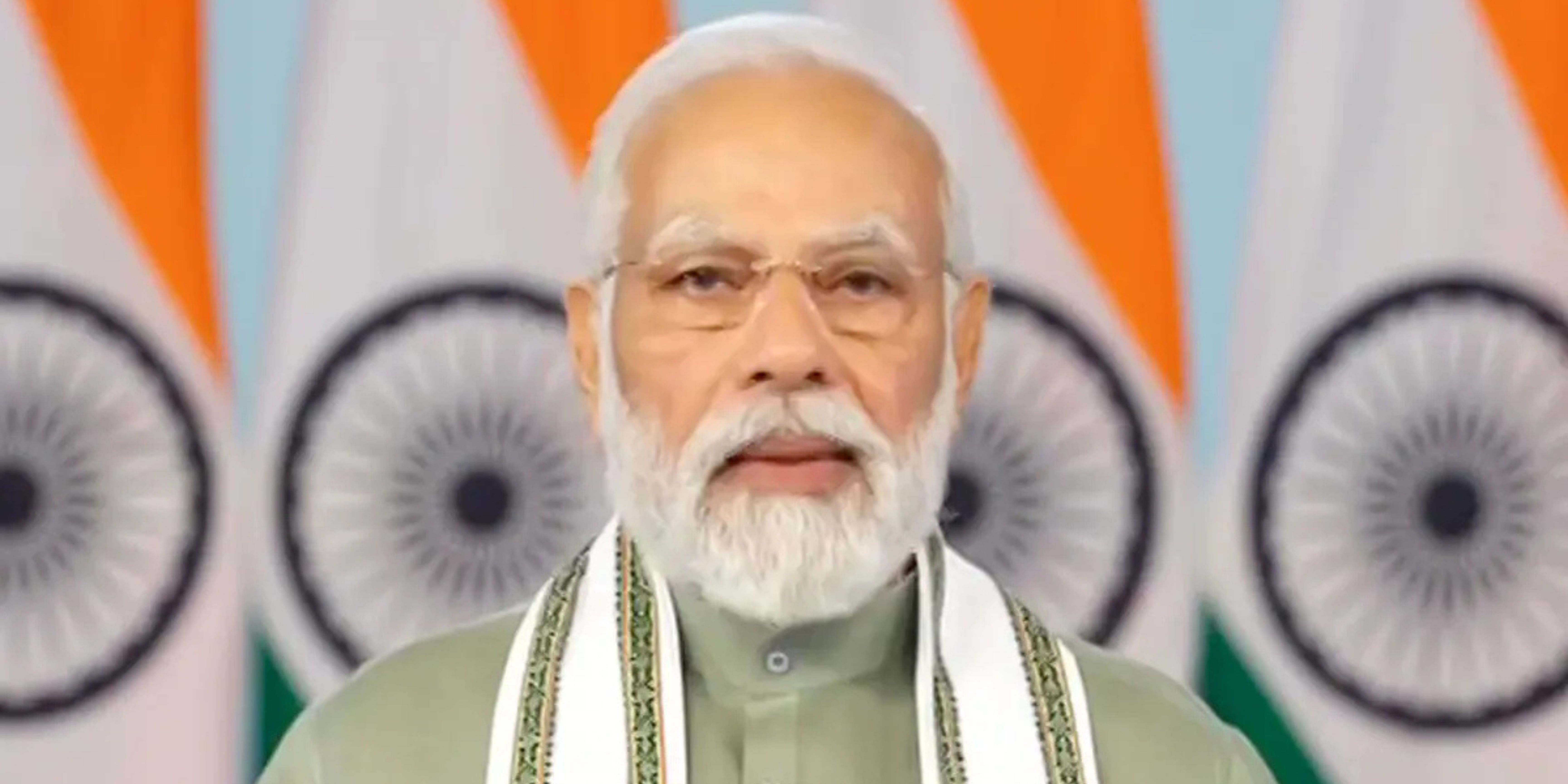





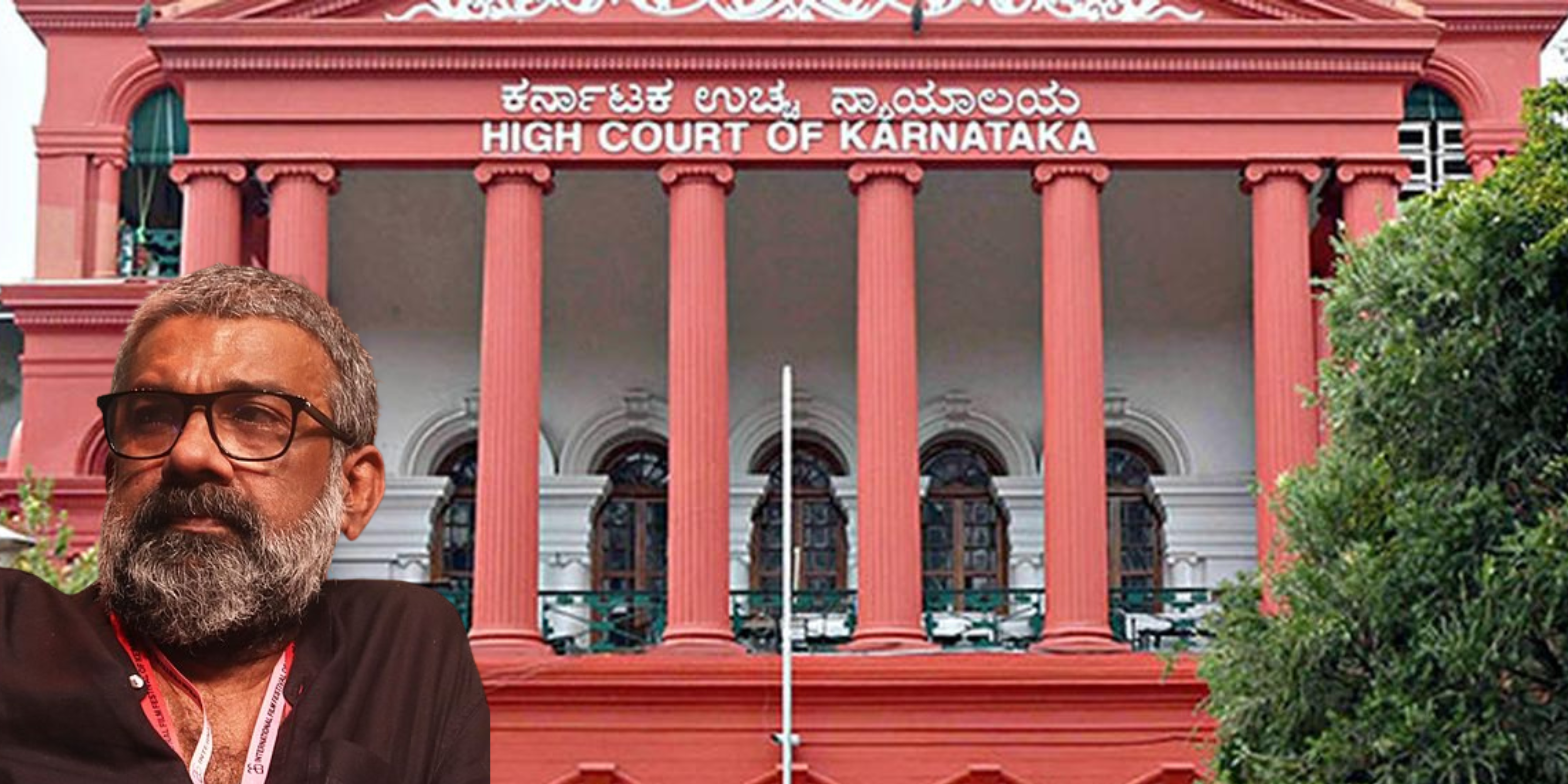

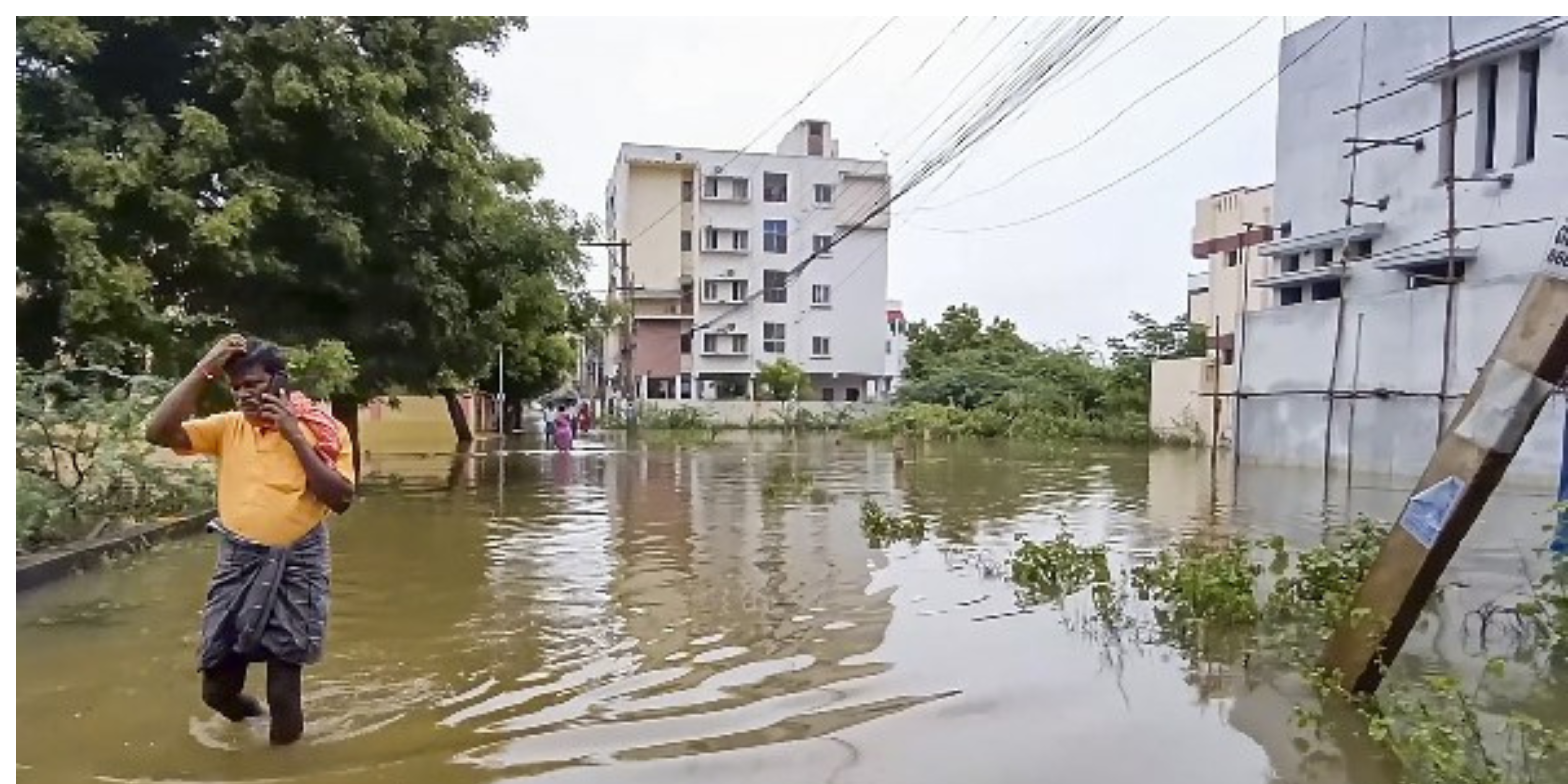
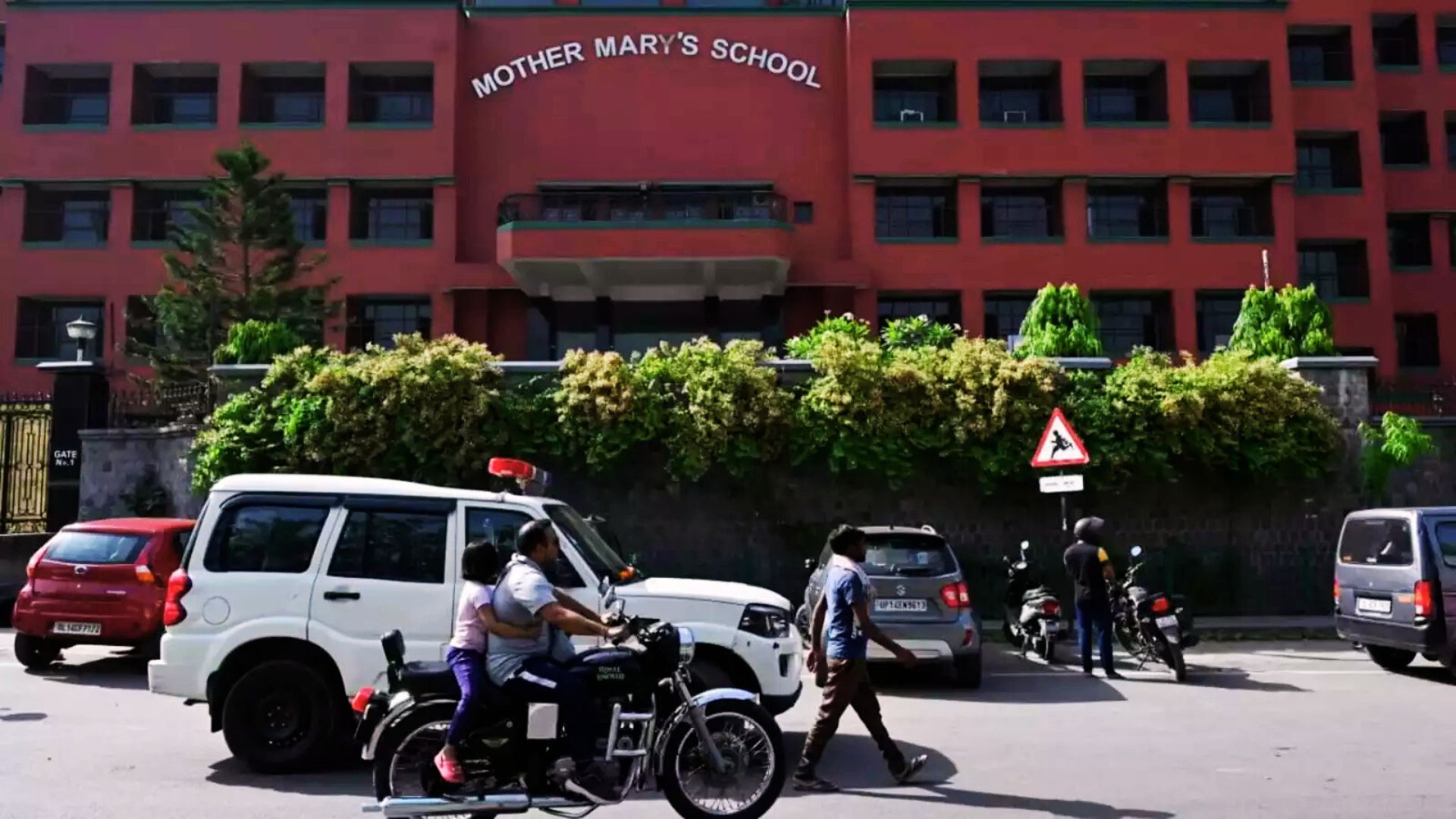
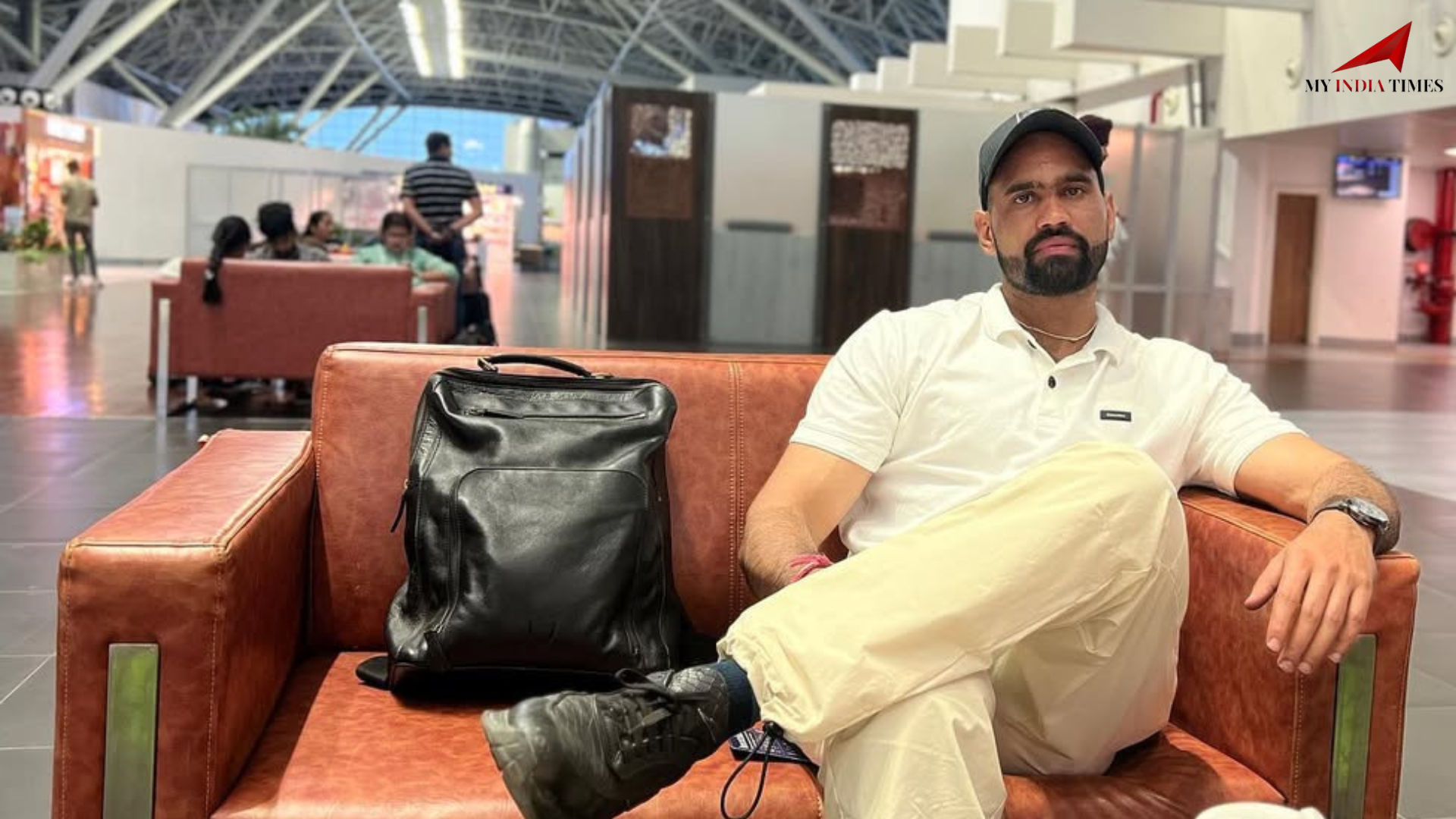
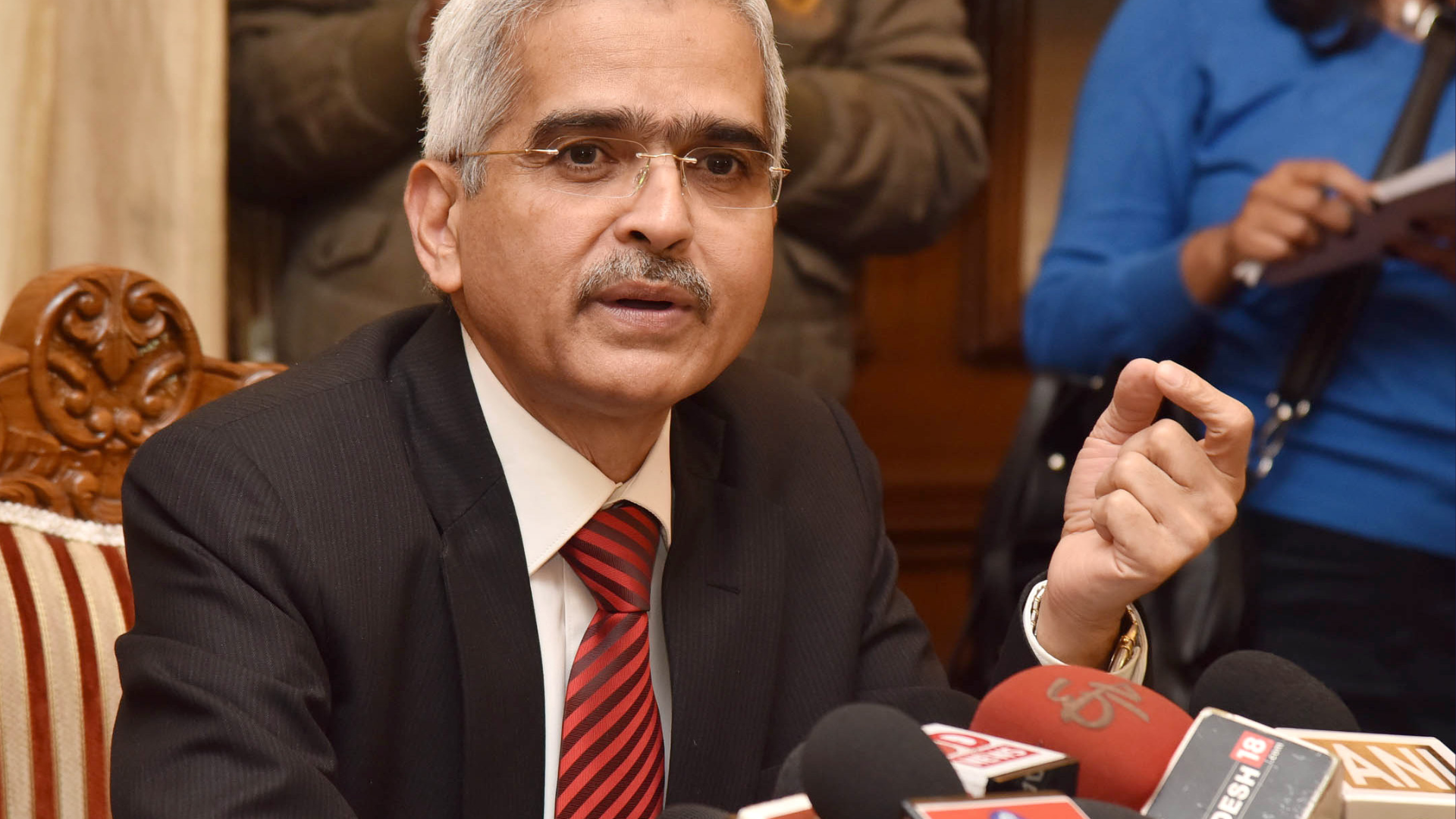
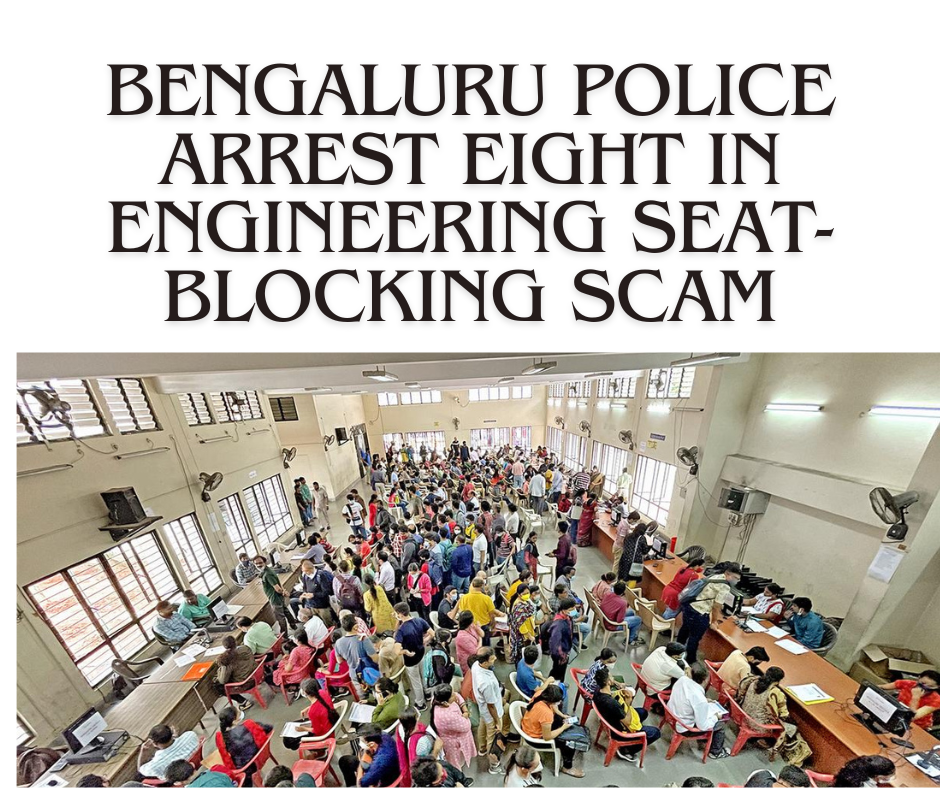
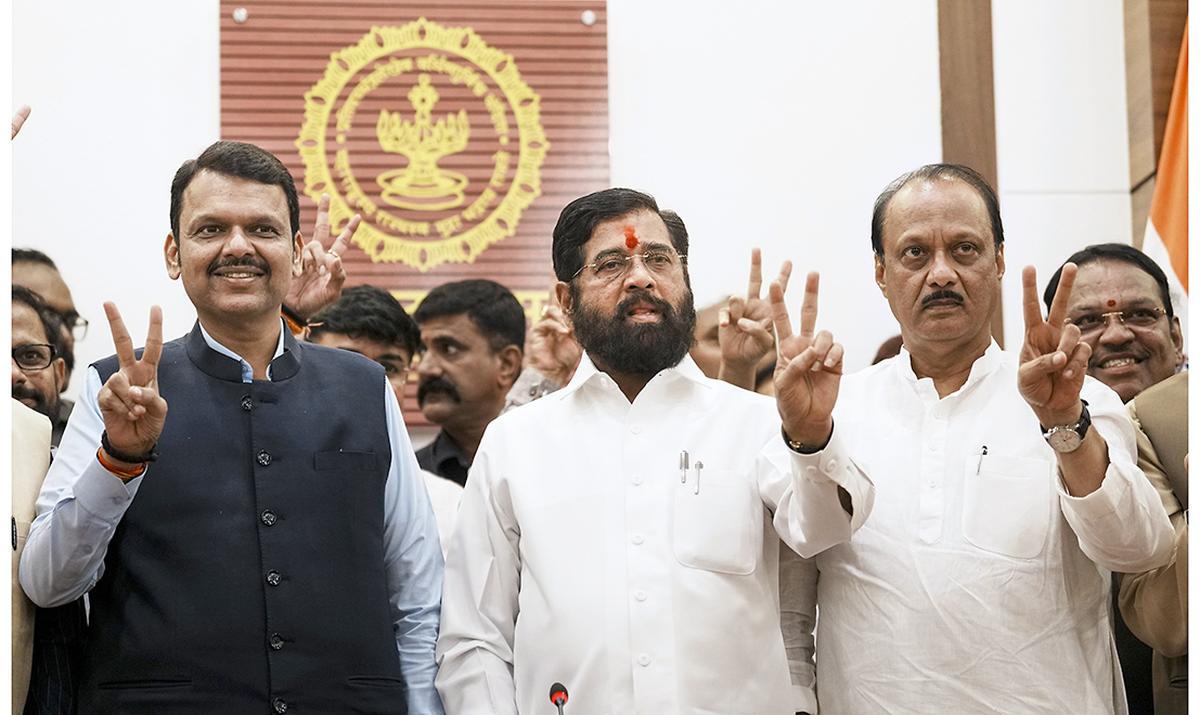
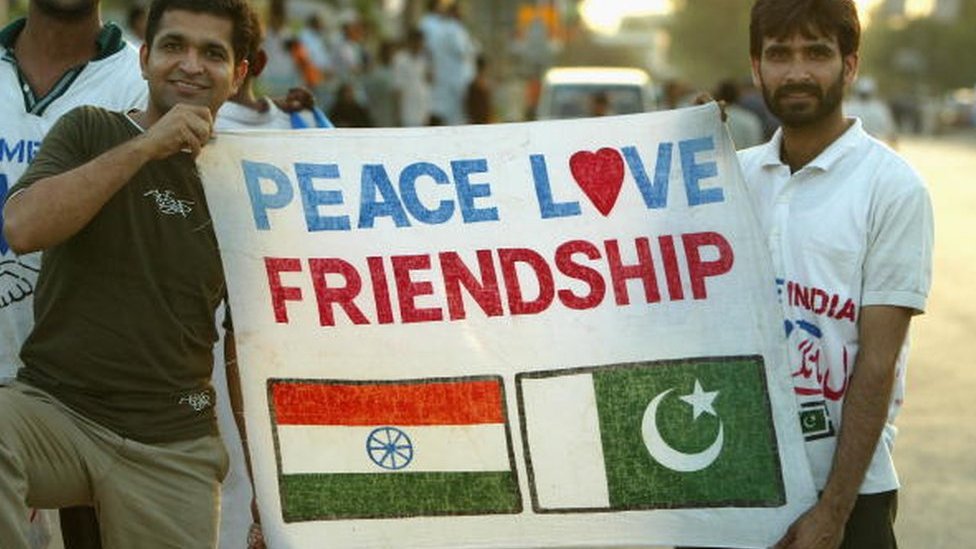
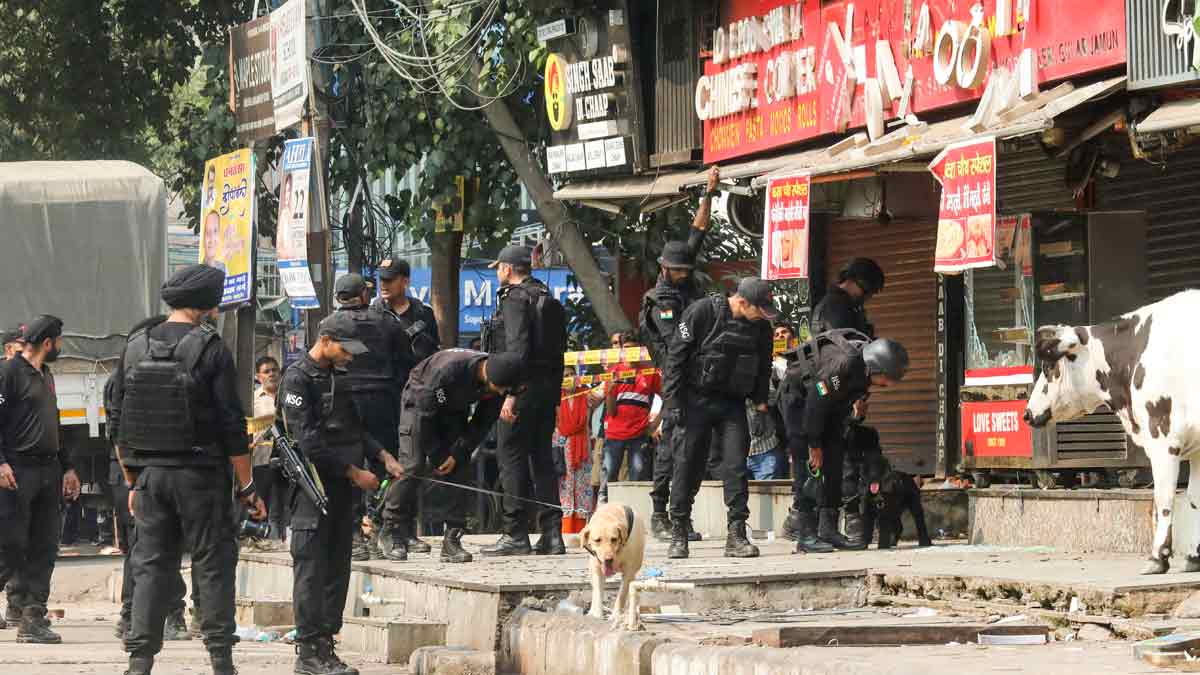
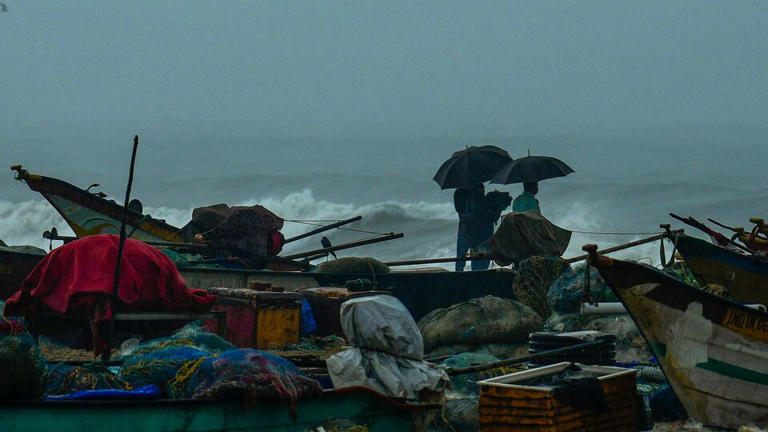

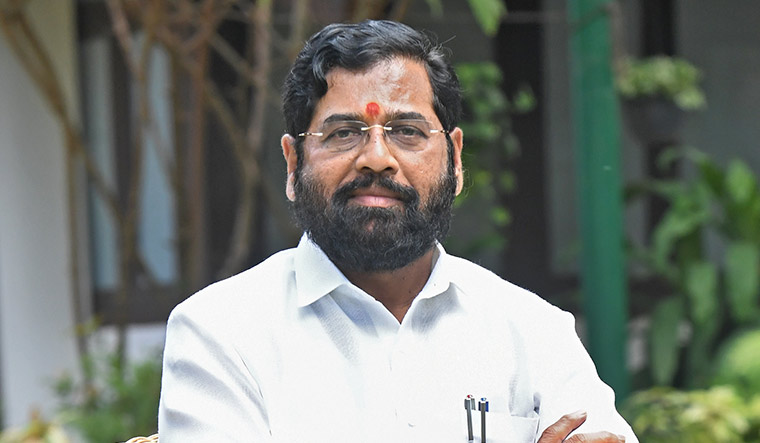
.png)
 (1).png)
